The 1880s was a decade of growth and transformation for New York City. This period saw the city expand its population, develop its infrastructure, and become a cultural and economic powerhouse. The advancements and events of the 1880s played a crucial role in shaping New York City into the metropolis we know today.
New York City’s population continued to grow rapidly during the 1880s. By the end of the decade, the city’s population had surpassed 1.5 million people. Much of this growth was driven by immigration. People from all over the world, particularly from Southern and Eastern Europe, flocked to the city in search of better opportunities.
These immigrants settled in various neighborhoods, often forming communities based on their ethnic backgrounds. The Lower East Side became known for its large Jewish population, while Little Italy emerged as a vibrant Italian community. These neighborhoods were crowded and often had poor living conditions, but they provided a sense of community and cultural identity for the new arrivals.
Read more
Economic Expansion
The 1880s was a period of economic expansion for New York City. The city was a hub of commerce, finance, and industry. Wall Street solidified its status as the financial center of the country, with the New York Stock Exchange playing a crucial role in the economy. Many businesses and financial institutions established their headquarters in the city, driving economic growth.
Manufacturing also thrived during this decade. Factories produced a wide range of goods, from textiles to machinery, providing jobs for thousands of workers. The garment industry, in particular, saw significant growth, with many immigrants finding employment as seamstresses and tailors. These jobs were often low-paying and involved long hours, but they were essential for the city’s economy.
Technological Advancements
The 1880s saw numerous technological advancements that transformed New York City. One of the most significant developments was the introduction of electric lighting. Thomas Edison opened the first power plant in Lower Manhattan in 1882, providing electricity to homes and businesses. This innovation revolutionized the way people lived and worked, making the city safer and more vibrant after dark.
Another important advancement was the expansion of the transportation system. The elevated railway system, or “El,” continued to grow, making it easier for people to travel around the city. The construction of the Brooklyn Bridge, completed in 1883, was a remarkable engineering feat. The bridge connected Manhattan and Brooklyn, facilitating the movement of people and goods between the two boroughs.
Social Issues and Reforms
The rapid growth and industrialization of New York City in the 1880s brought significant social challenges. Overcrowding, poor living conditions, and poverty were widespread, particularly in immigrant neighborhoods. Many families lived in cramped tenement buildings that lacked proper ventilation, sanitation, and access to clean water.
Social reformers worked tirelessly to address these issues. Organizations like the Tenement House Committee pushed for better housing conditions and public health measures. Activists like Jacob Riis used journalism and photography to document the harsh realities of life in the tenements, raising awareness and advocating for change.
Education also saw improvements during this period. Public schools expanded, providing more children with access to education. Efforts to implement compulsory education laws ensured that children spent time in school rather than working in factories or on the streets. These reforms were crucial in improving the prospects of the city’s youth.
Cultural Flourishing
The 1880s was a vibrant time for culture and the arts in New York City. Theaters, opera houses, and concert halls provided entertainment and cultural enrichment for the city’s residents. Broadway became the heart of the American theater scene, with many new plays and musicals premiering during this decade.
The Metropolitan Museum of Art continued to grow, becoming a major cultural institution. The museum’s collection expanded, providing the public with access to art from around the world. Libraries and literary societies also flourished, promoting literacy and intellectual engagement.
Literature and journalism thrived as well. Newspapers like The New York Times and the New York Herald continued to gain prominence, providing news and information to the city’s residents. These publications played a crucial role in shaping public opinion and keeping people informed about both local and national events.
Crime and Law Enforcement
As New York City grew, so did its challenges with crime and law enforcement. The city’s rapid expansion and dense population made it a breeding ground for criminal activity. Gangs operated in certain neighborhoods, engaging in various illegal activities.
The New York City Police Department continued to evolve and expand in response to these challenges. Efforts were made to professionalize the force, improve training, and combat corruption. The introduction of modern policing methods helped to maintain order and safety in the city, despite the difficulties posed by its rapid growth.
Political Climate
The political scene in New York City during the 1880s was dynamic and often contentious. Tammany Hall, the Democratic political machine, wielded significant influence. Led by figures like Richard Croker, Tammany Hall controlled much of the city’s politics through patronage and manipulation. Despite their controversial methods, they provided vital services to immigrants and the poor, securing their loyalty and votes.
Political reform movements gained momentum during this period. Reformers sought to combat corruption and promote greater accountability in city government. These efforts laid the groundwork for future changes in the political landscape, challenging the dominance of Tammany Hall.
Public Works and Infrastructure
Public works and infrastructure projects were a major focus in the 1880s. The construction of Central Park, which began in the 1850s, continued to enhance the city’s landscape. The park provided a green oasis in the heart of the bustling city, offering residents a place to relax and enjoy nature
Another critical development was the improvement of the city’s water supply. The Croton Aqueduct, completed in 1842, brought fresh water to the city, but continued population growth necessitated further enhancements. Efforts to expand and improve the water supply were essential in promoting public health and preventing disease.
The city also invested in improving its sewage and sanitation systems. As the population grew, so did the need for effective waste management. The creation of a more modern sewer system helped to address the challenges of waste disposal and reduce the spread of disease, making the city a healthier place to live.



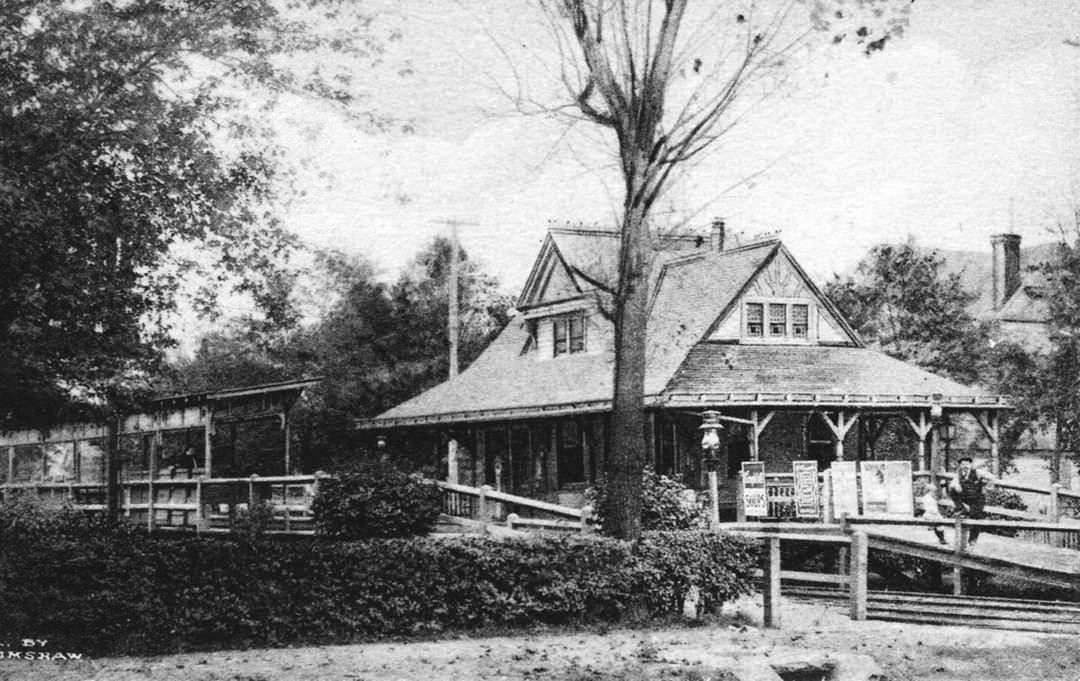

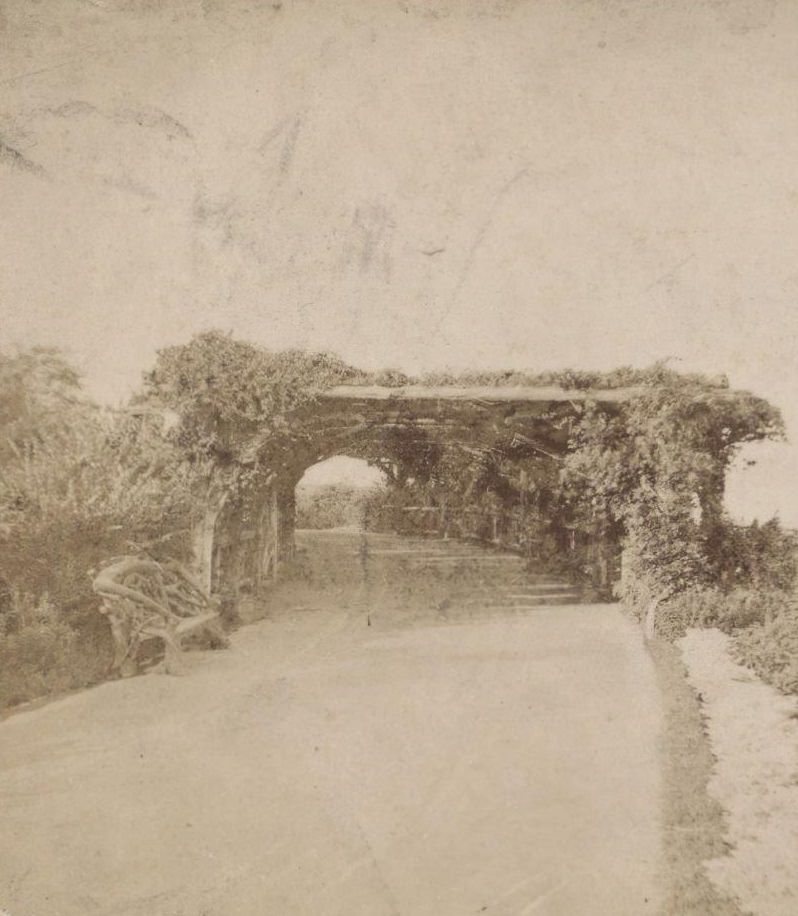
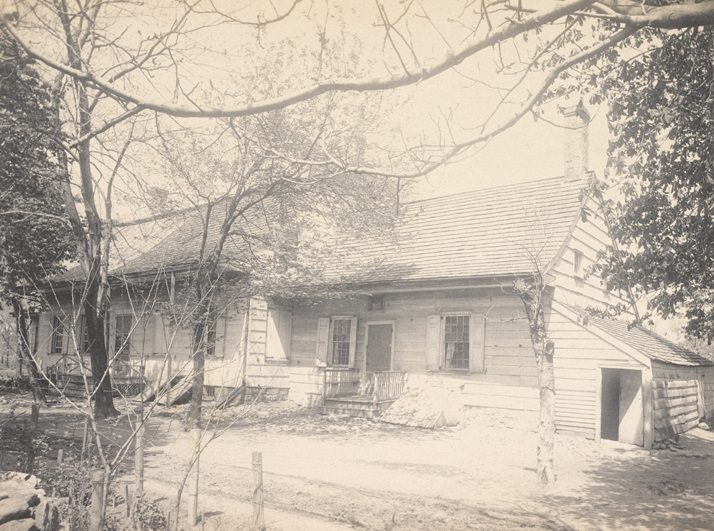
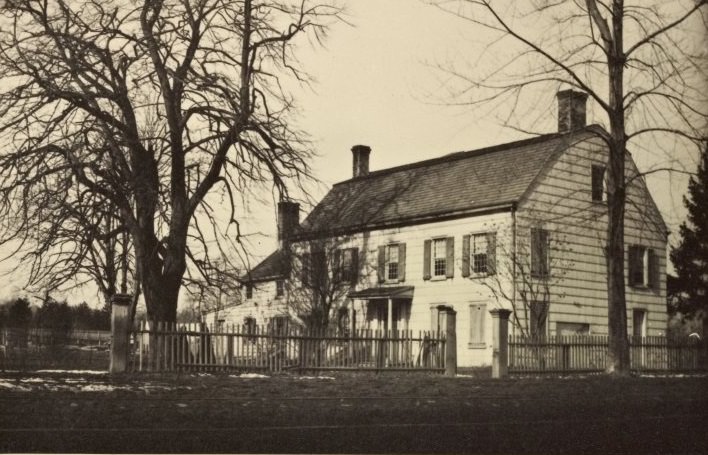
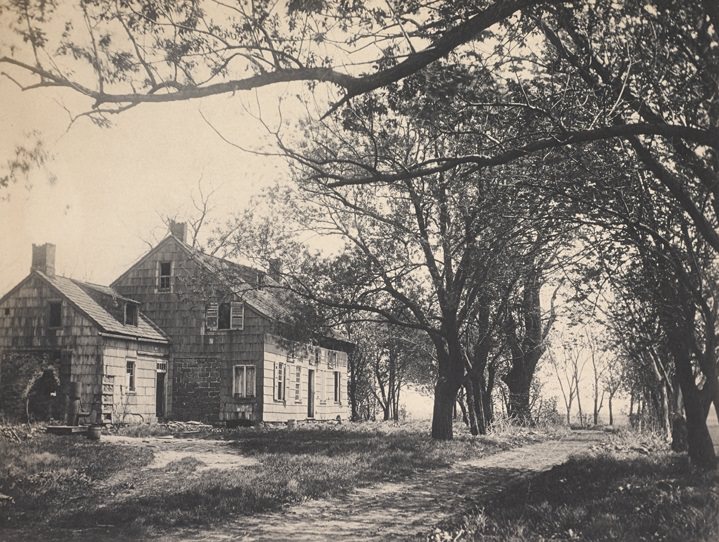
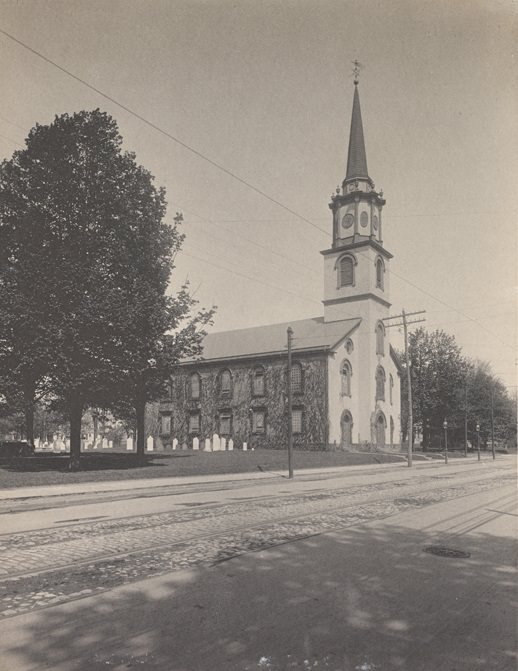
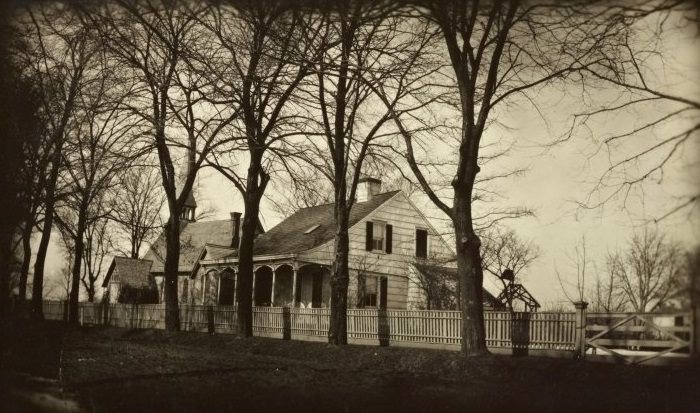
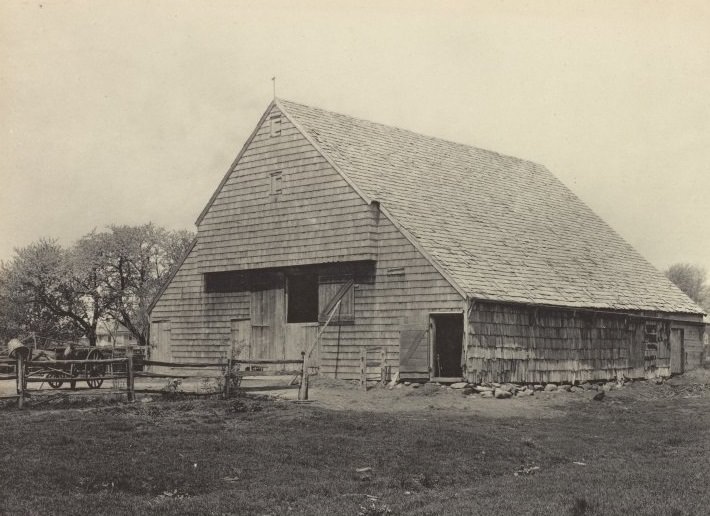


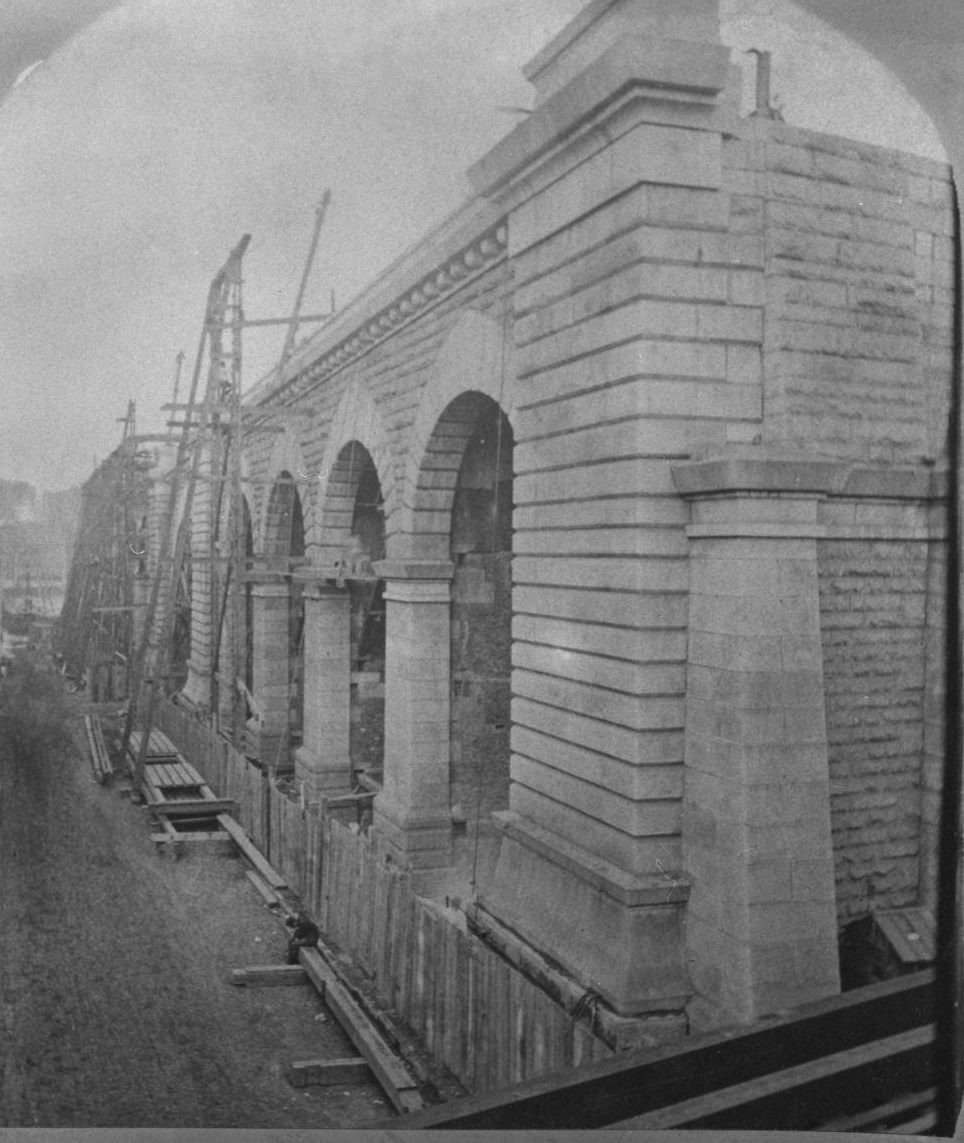
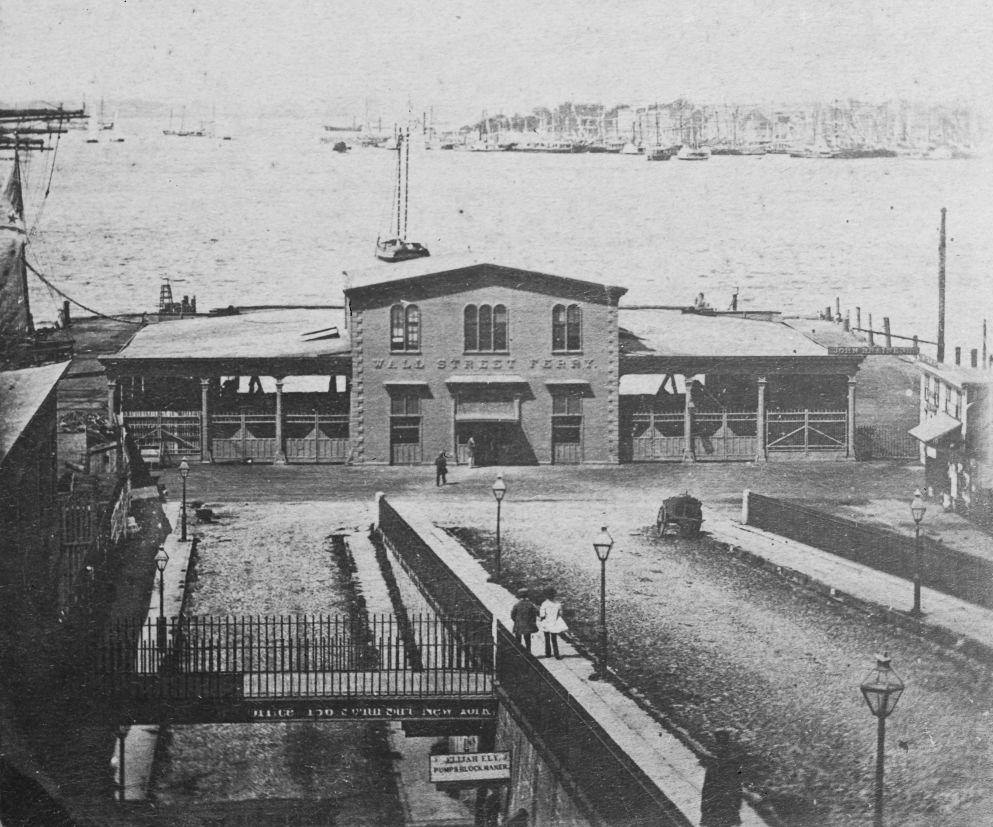
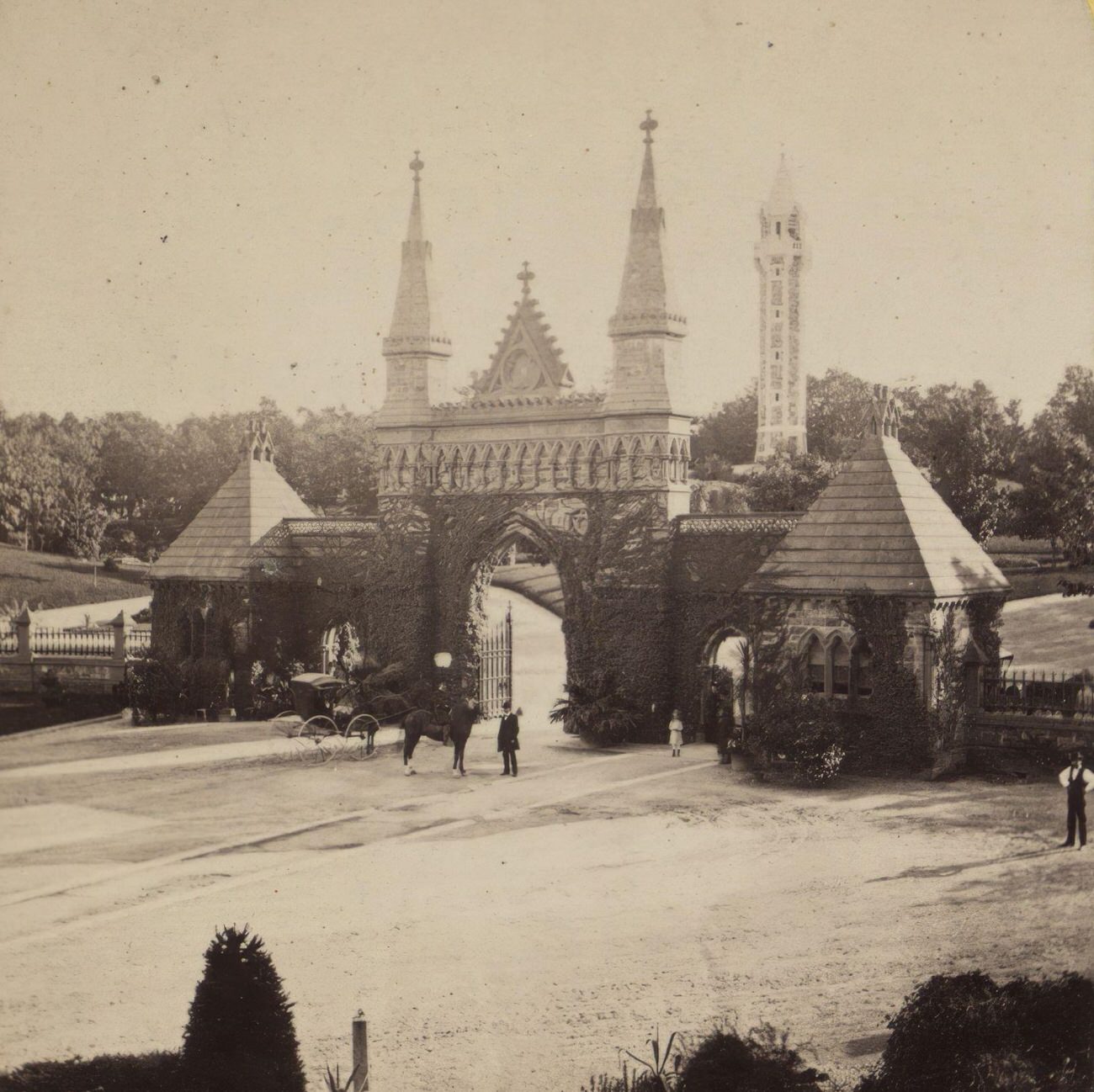
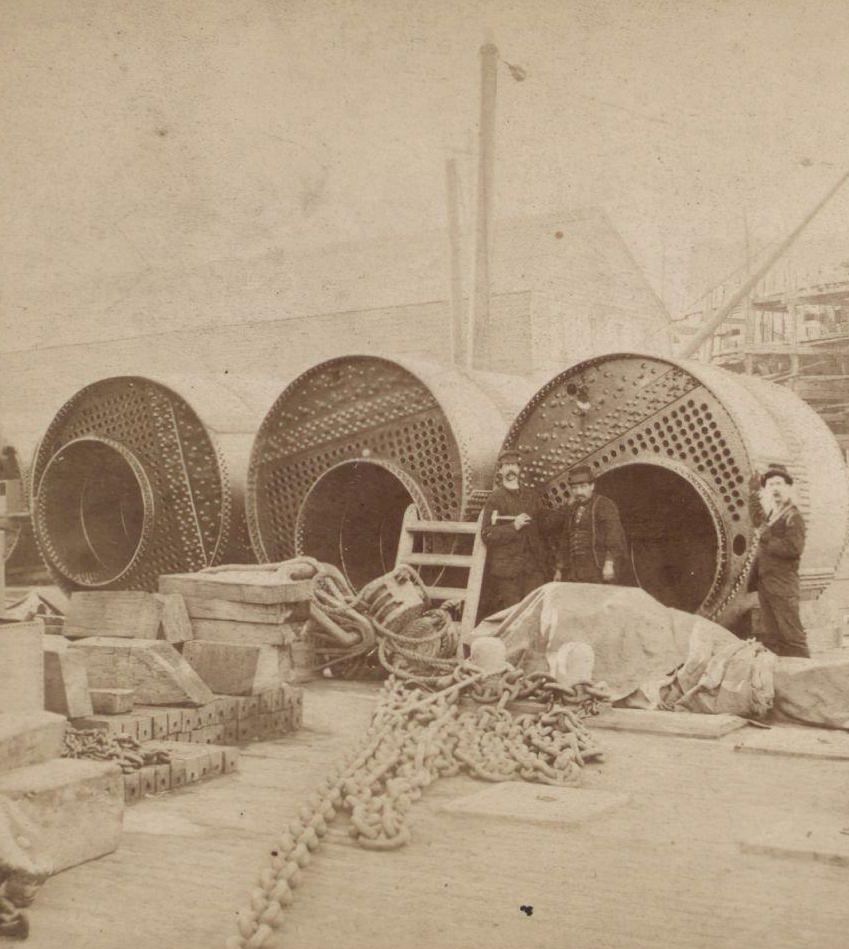
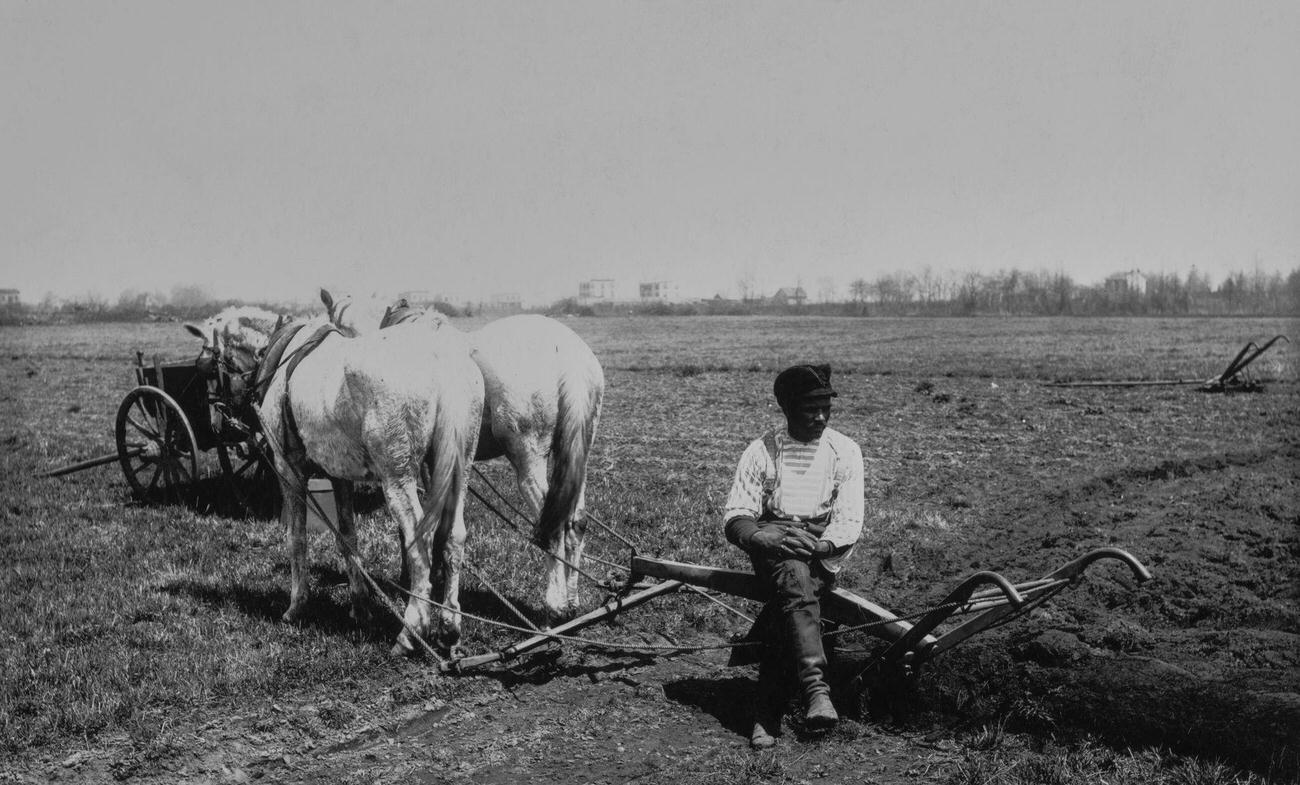
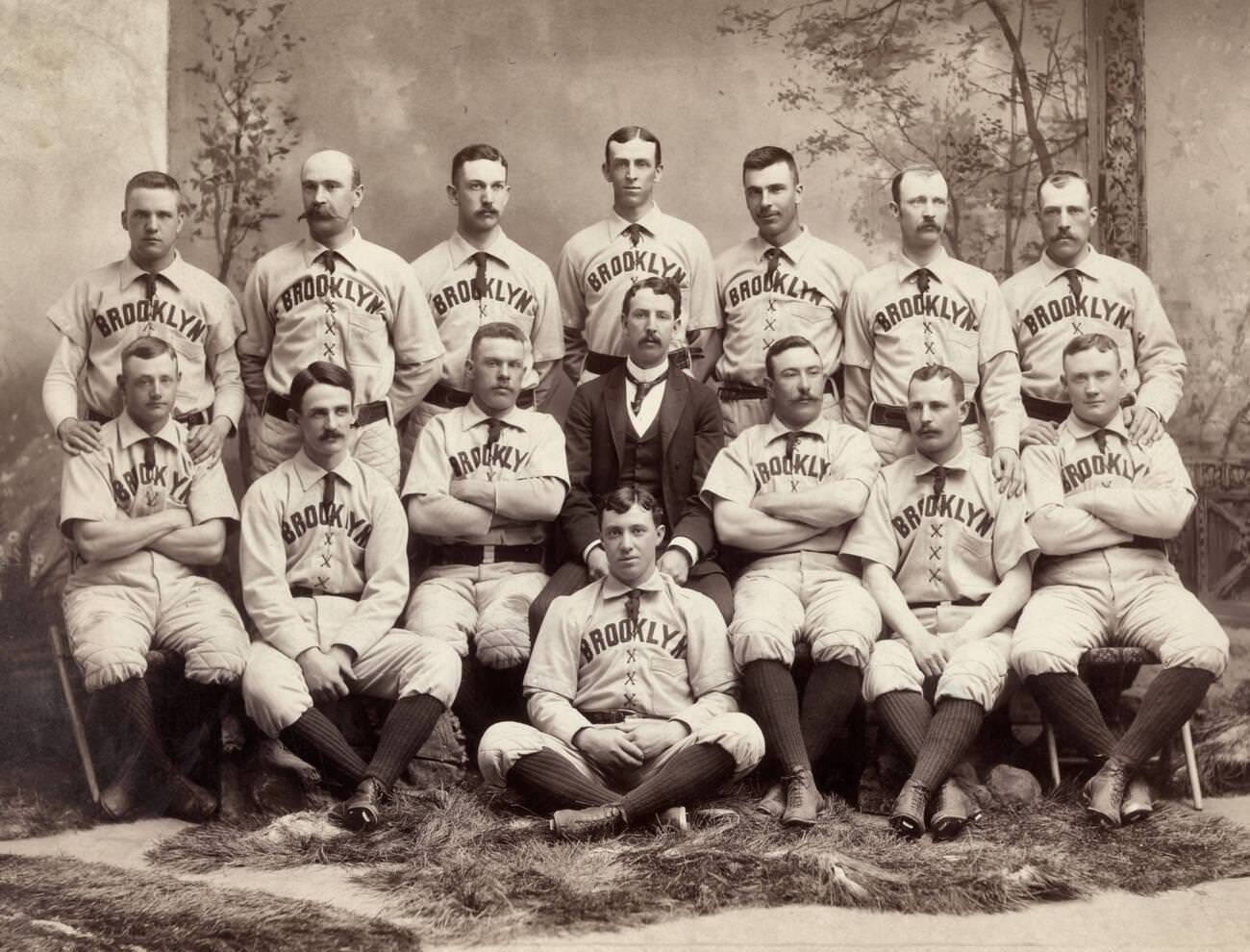
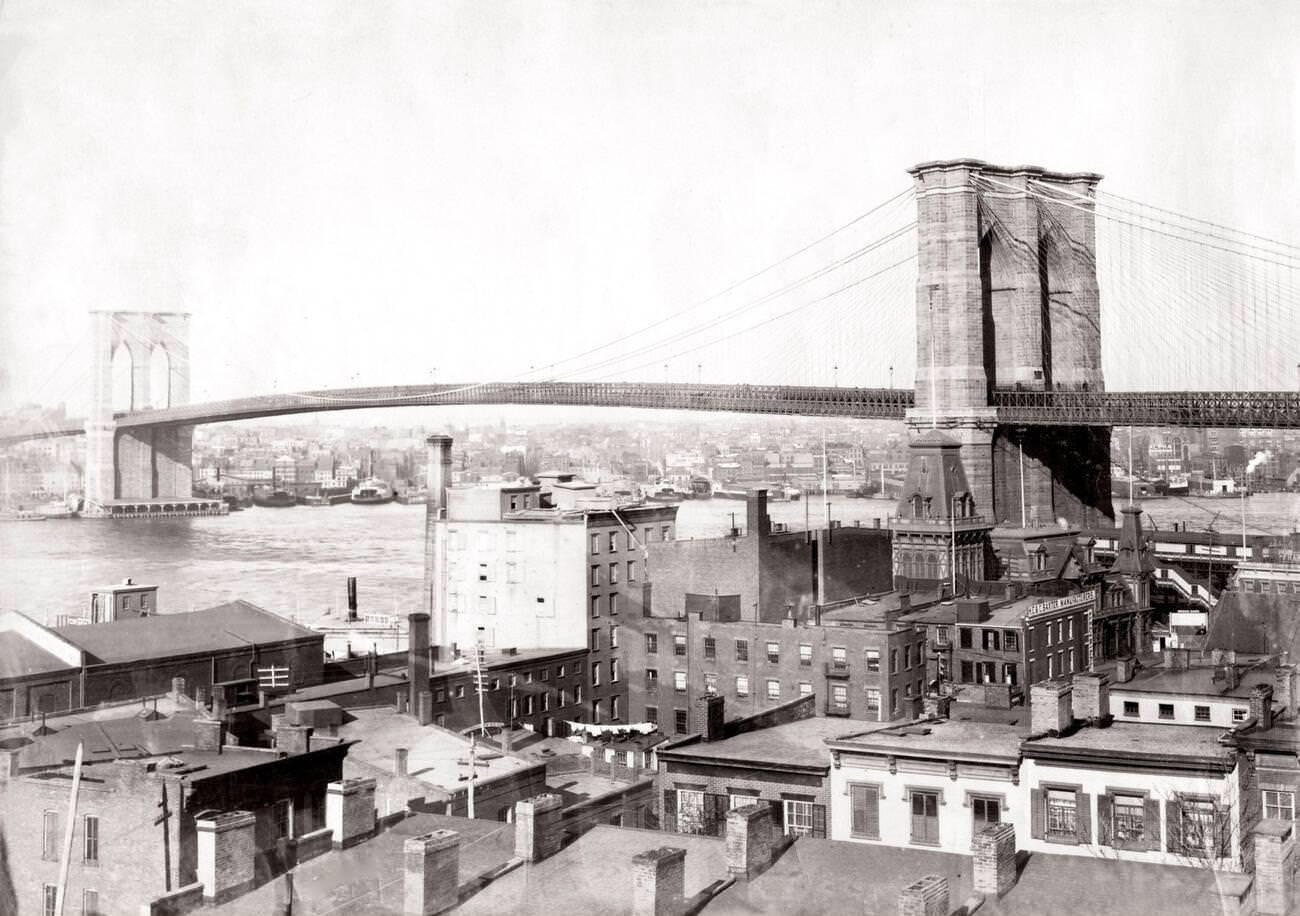

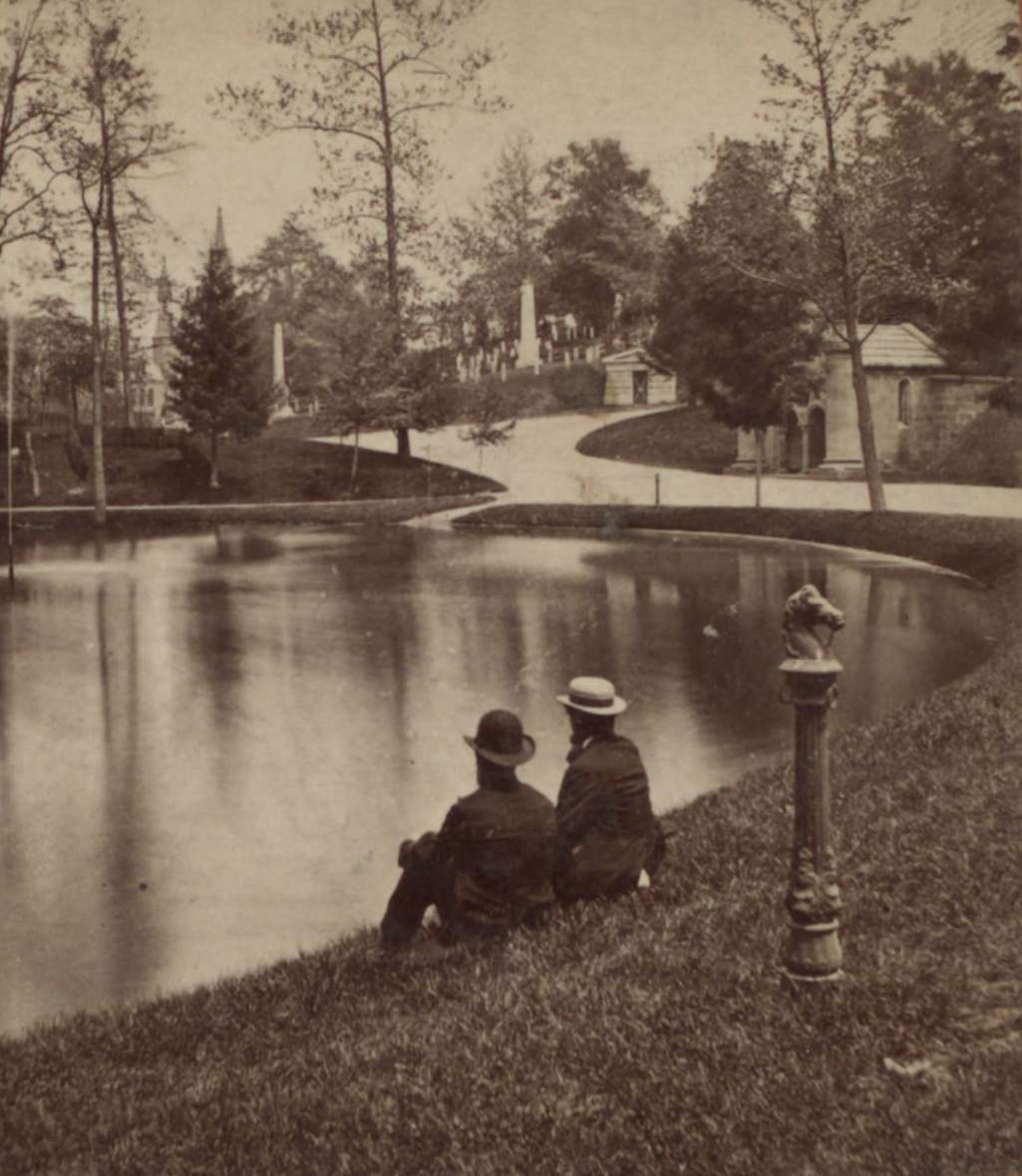
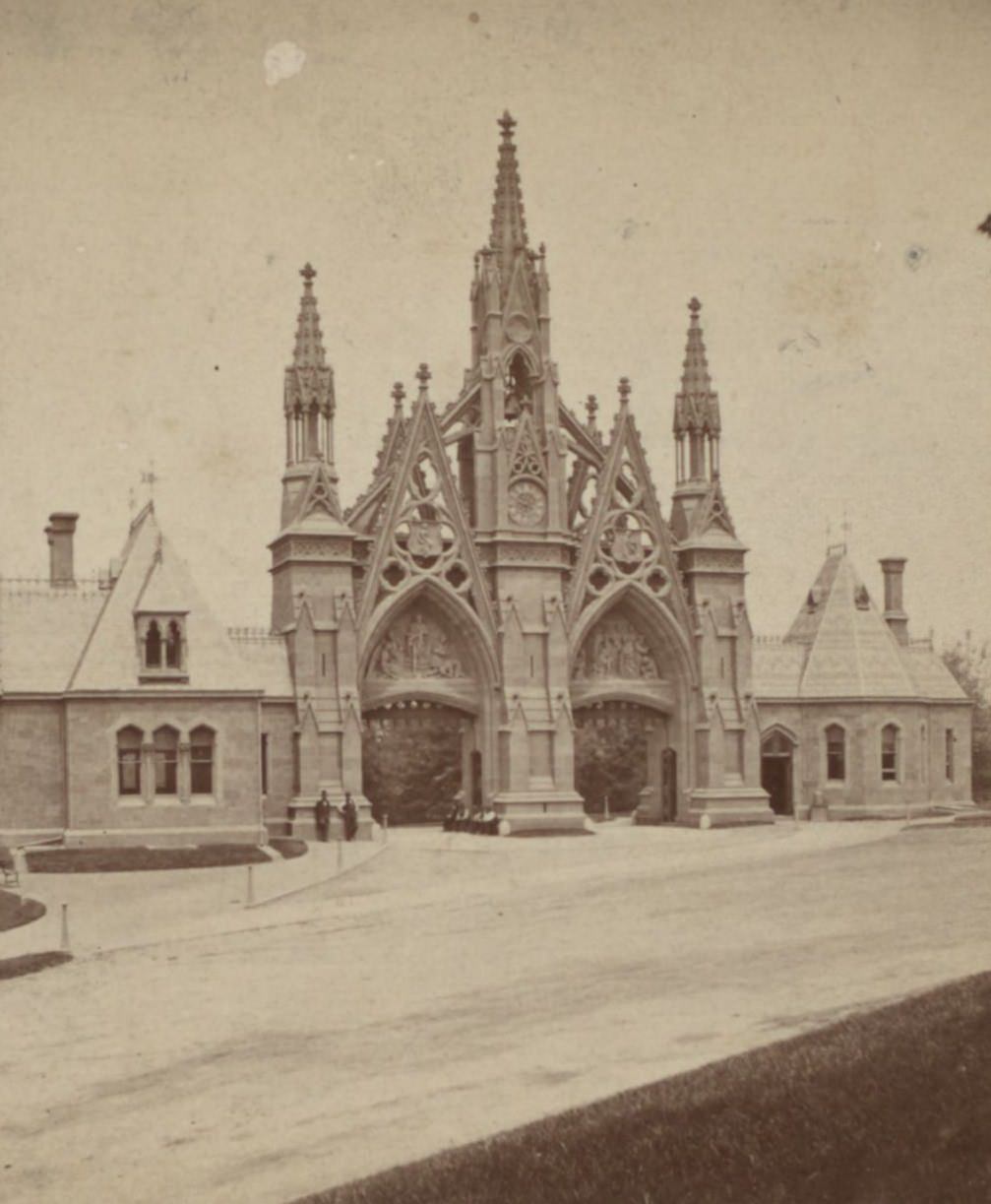

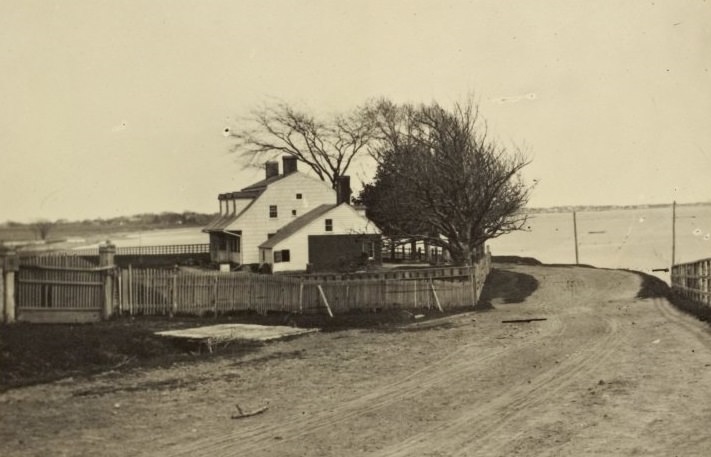
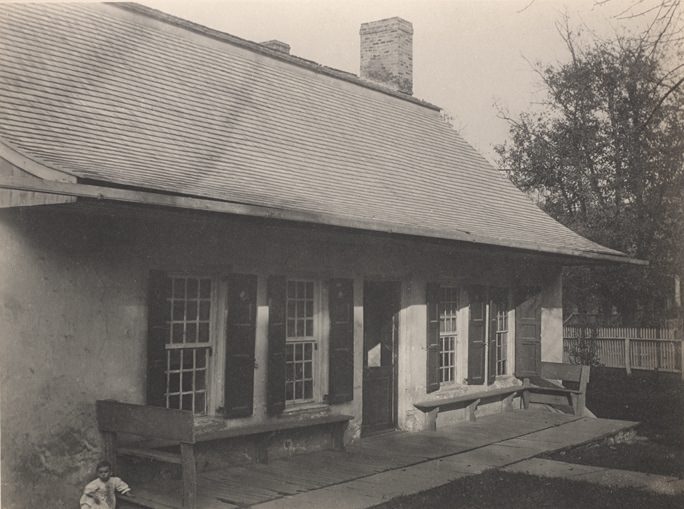

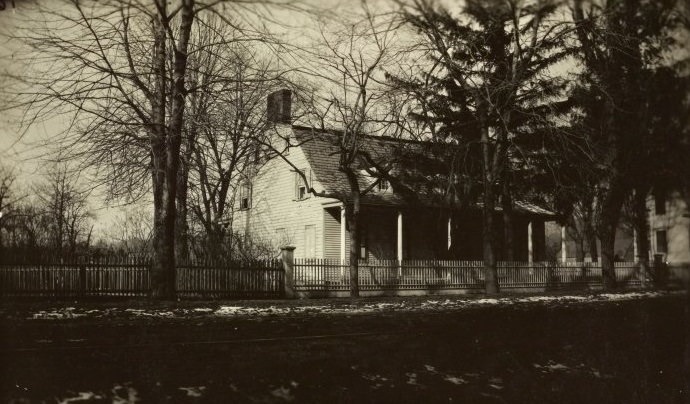
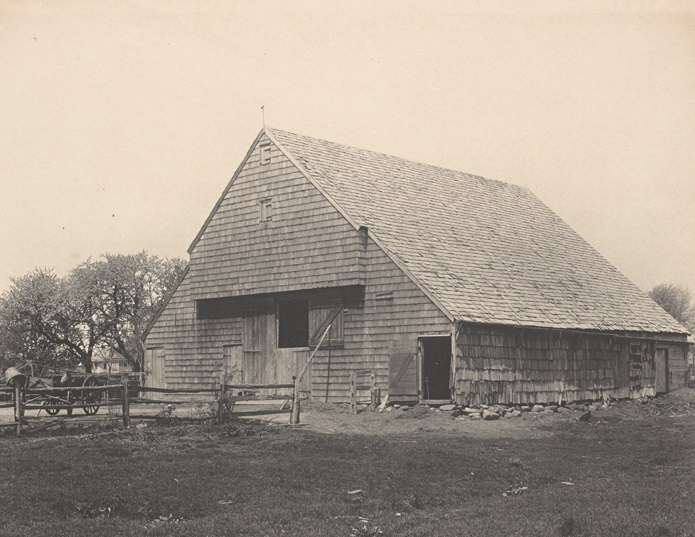
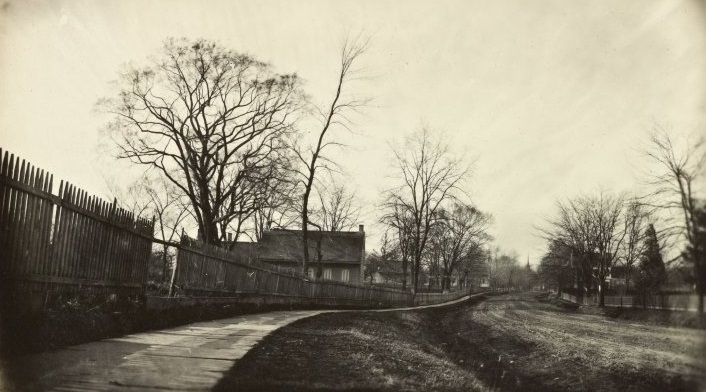
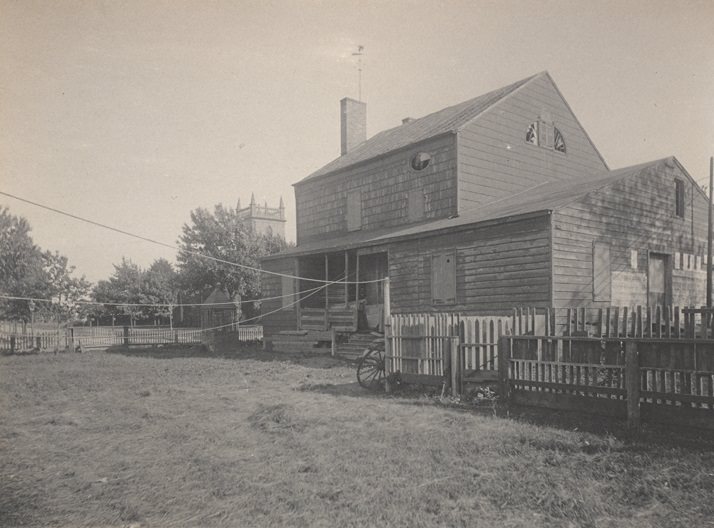
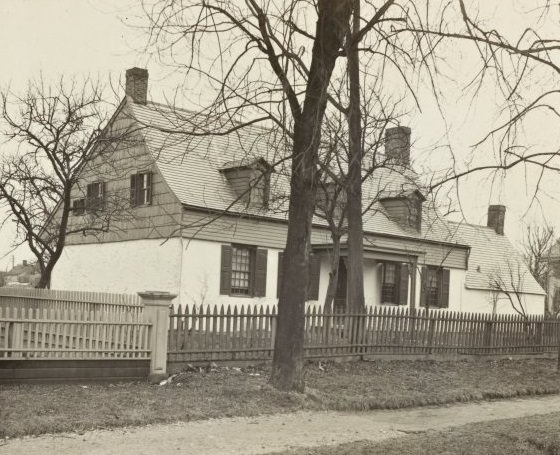
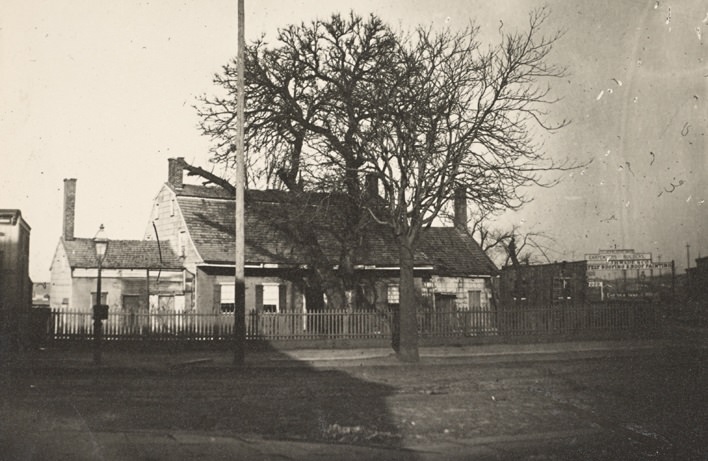
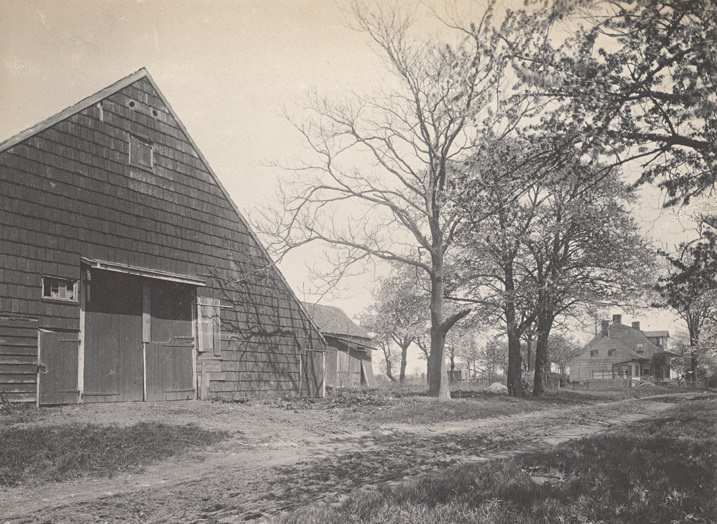
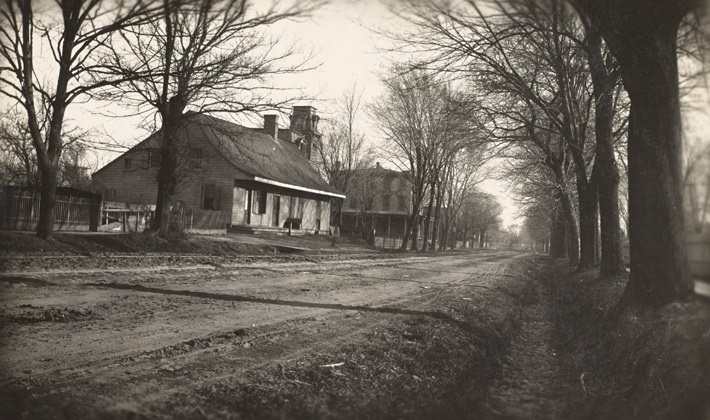
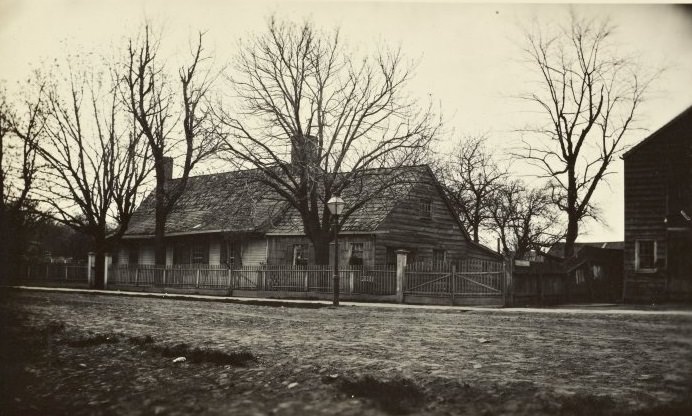
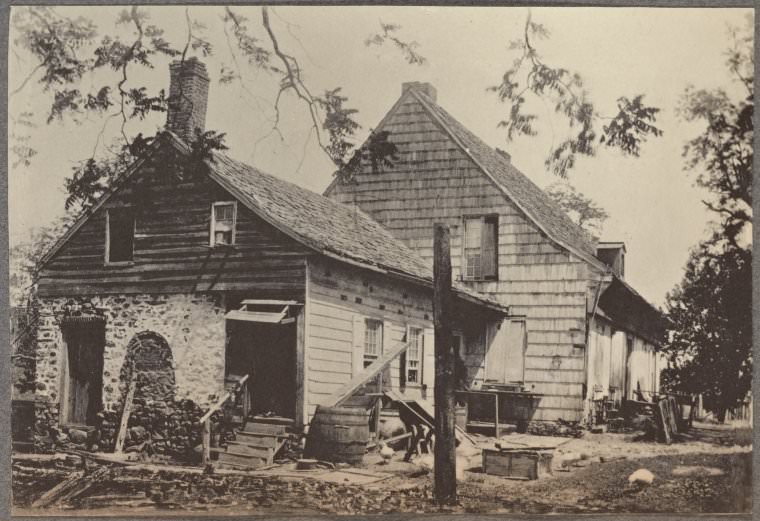
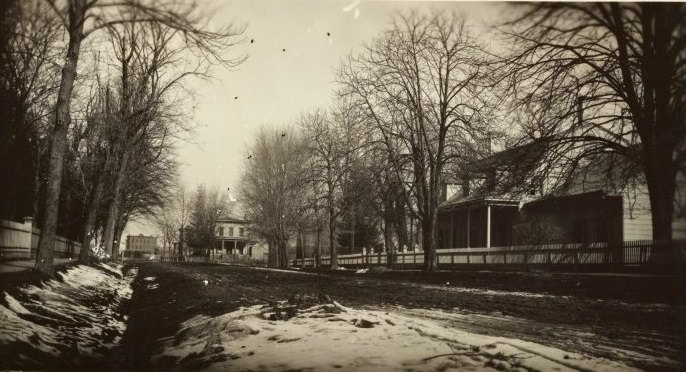
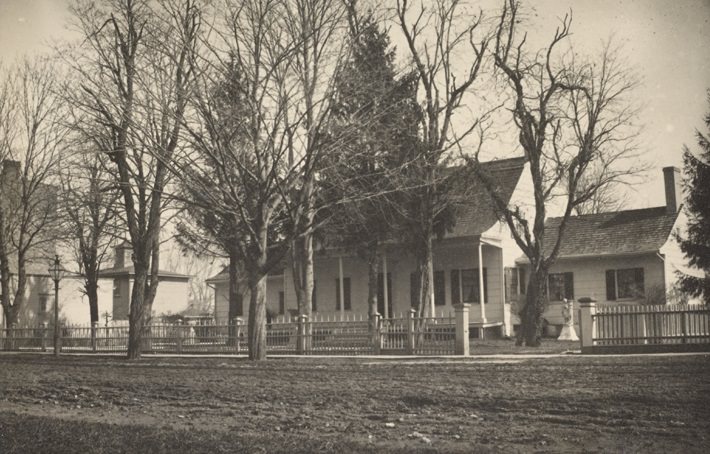
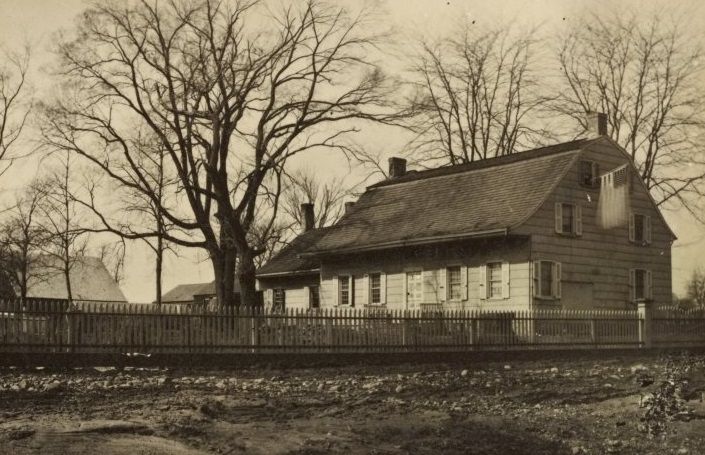
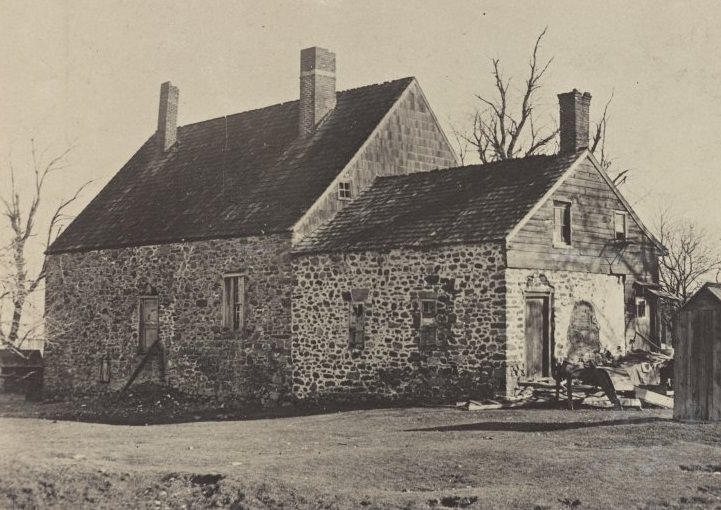
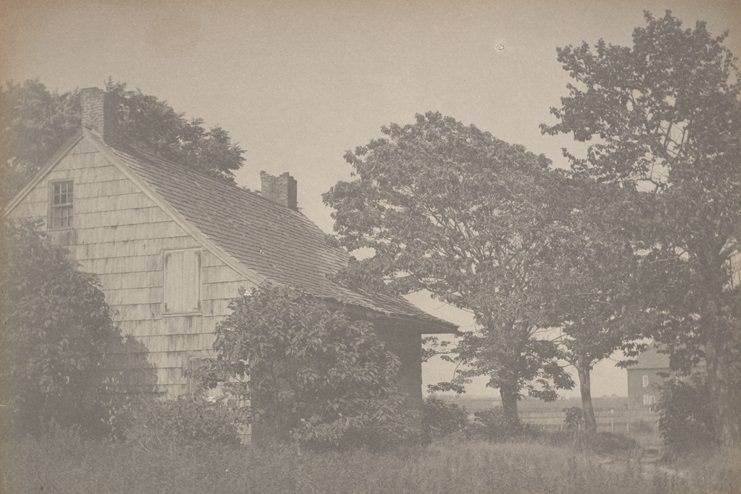

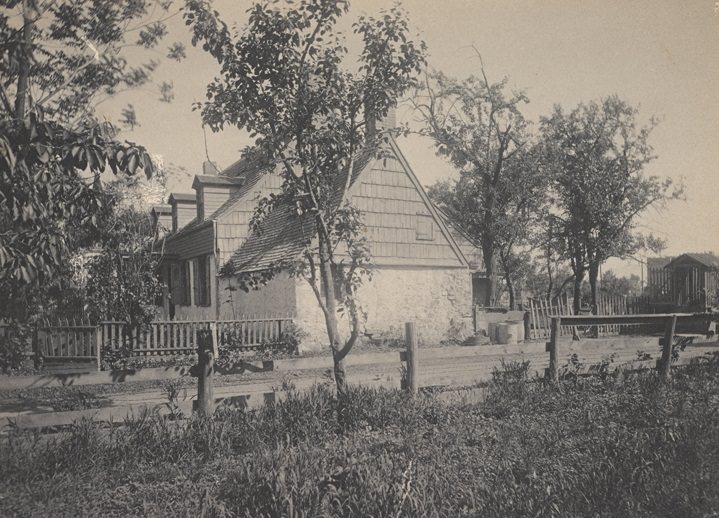
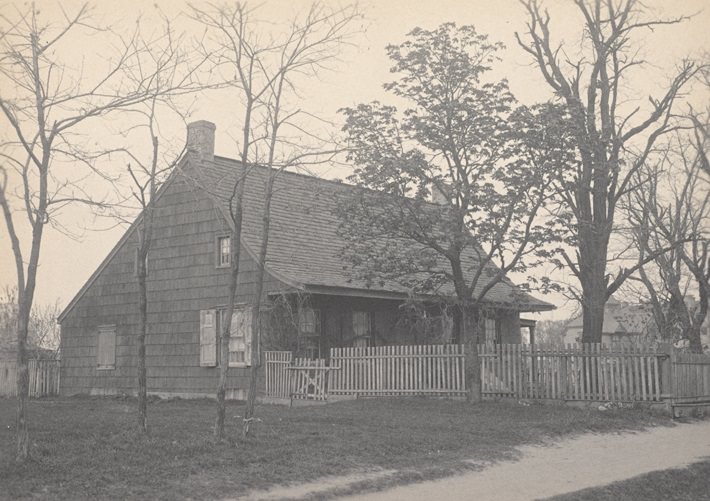
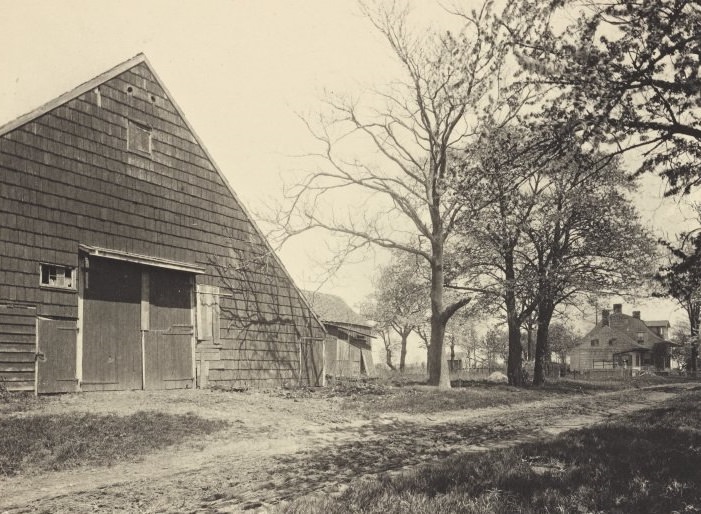
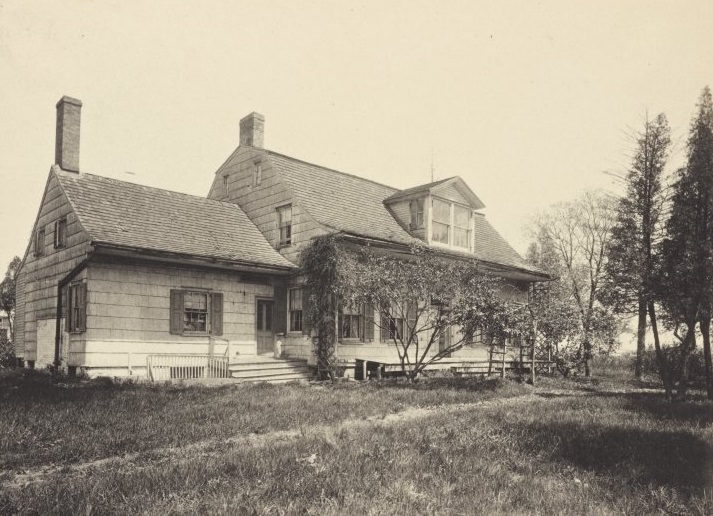
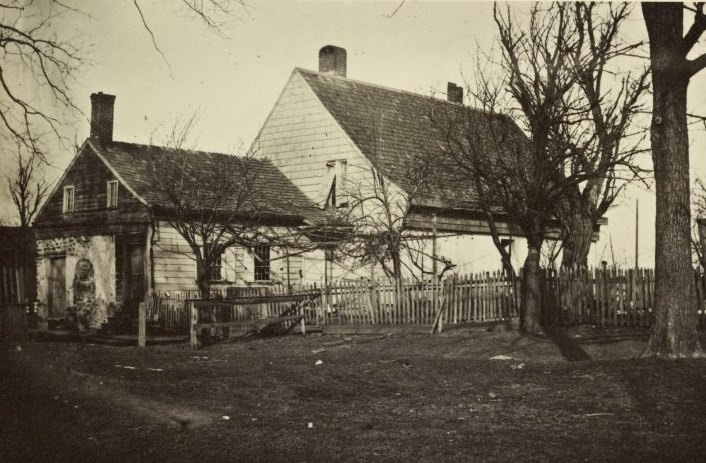
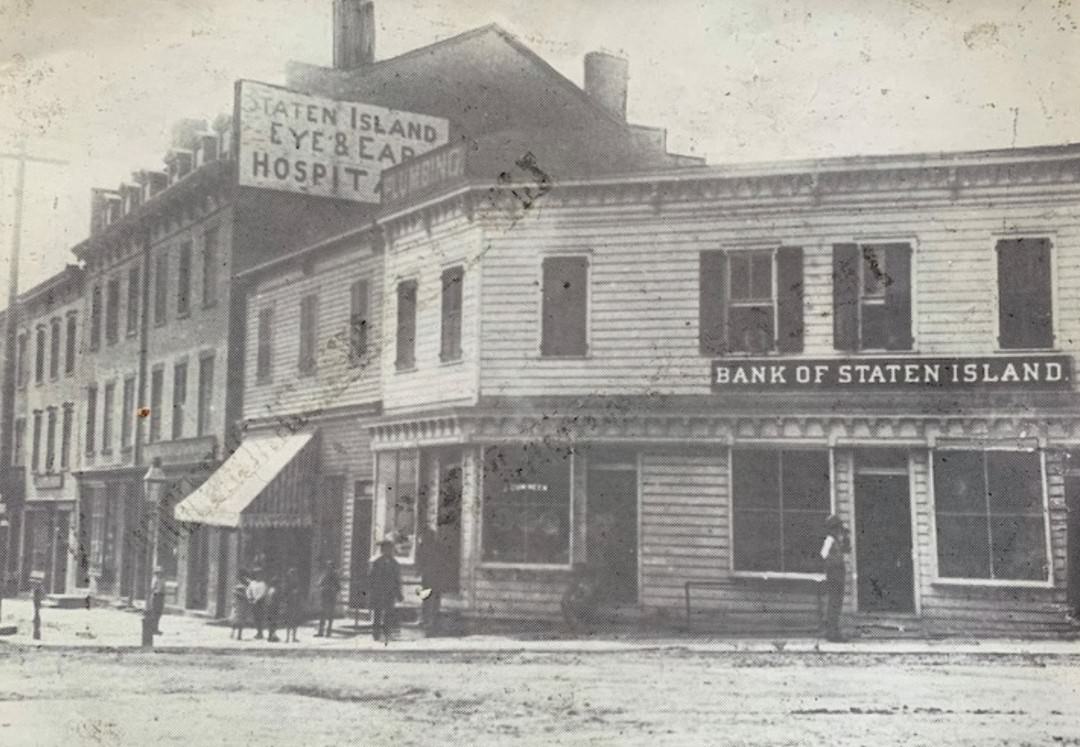
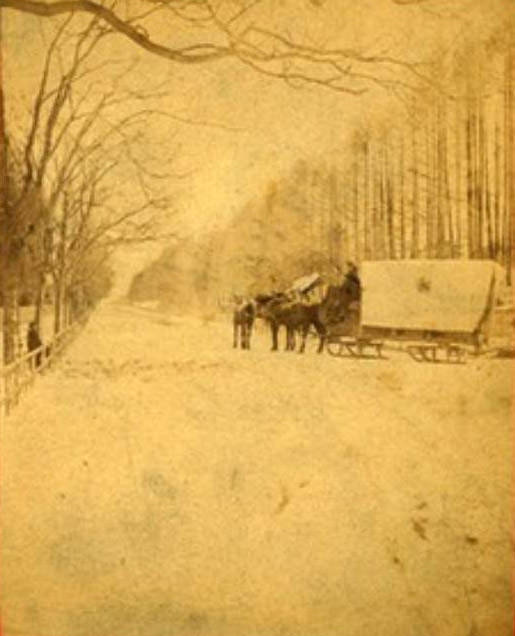
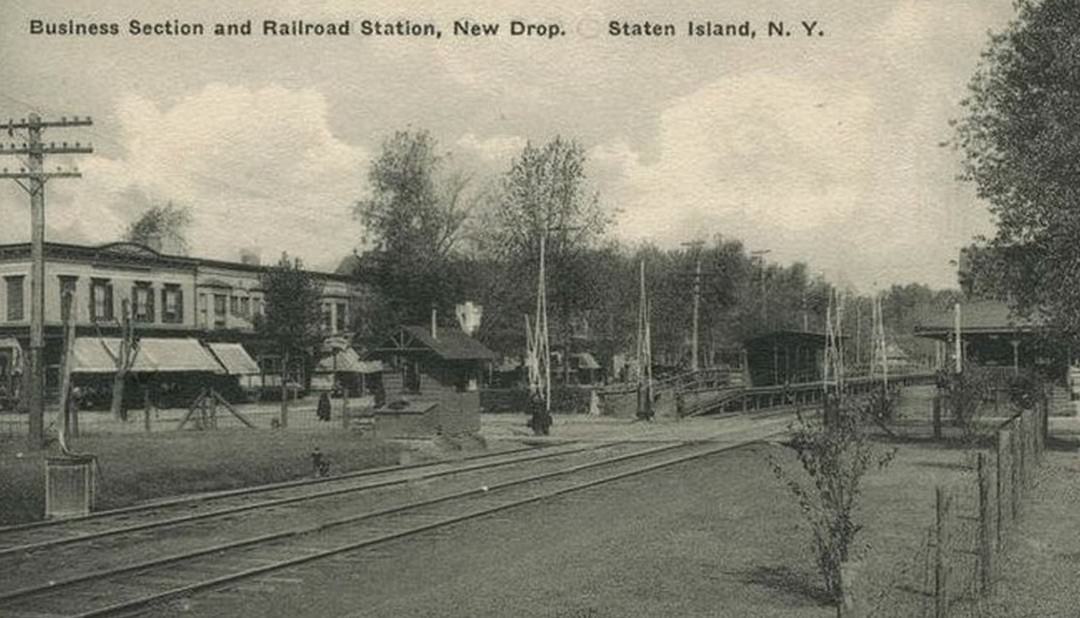
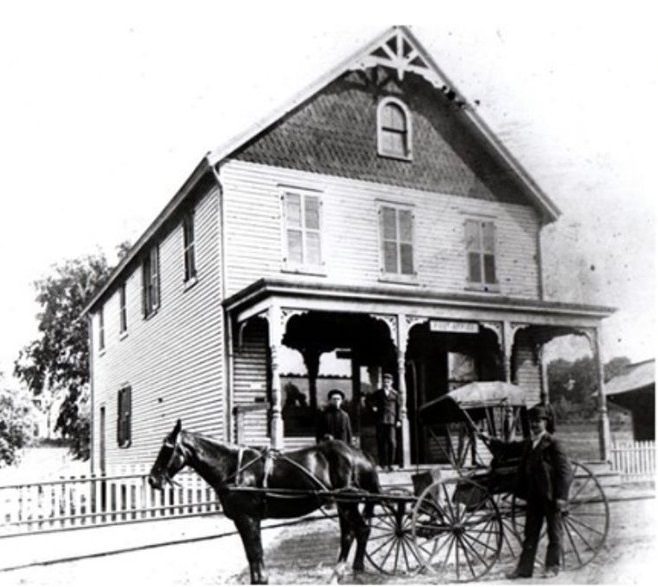
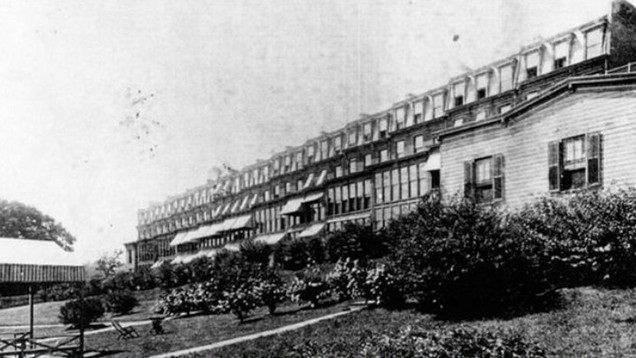


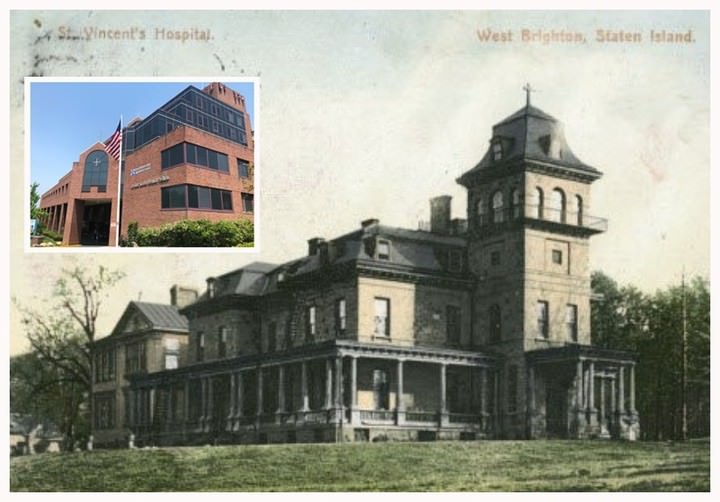
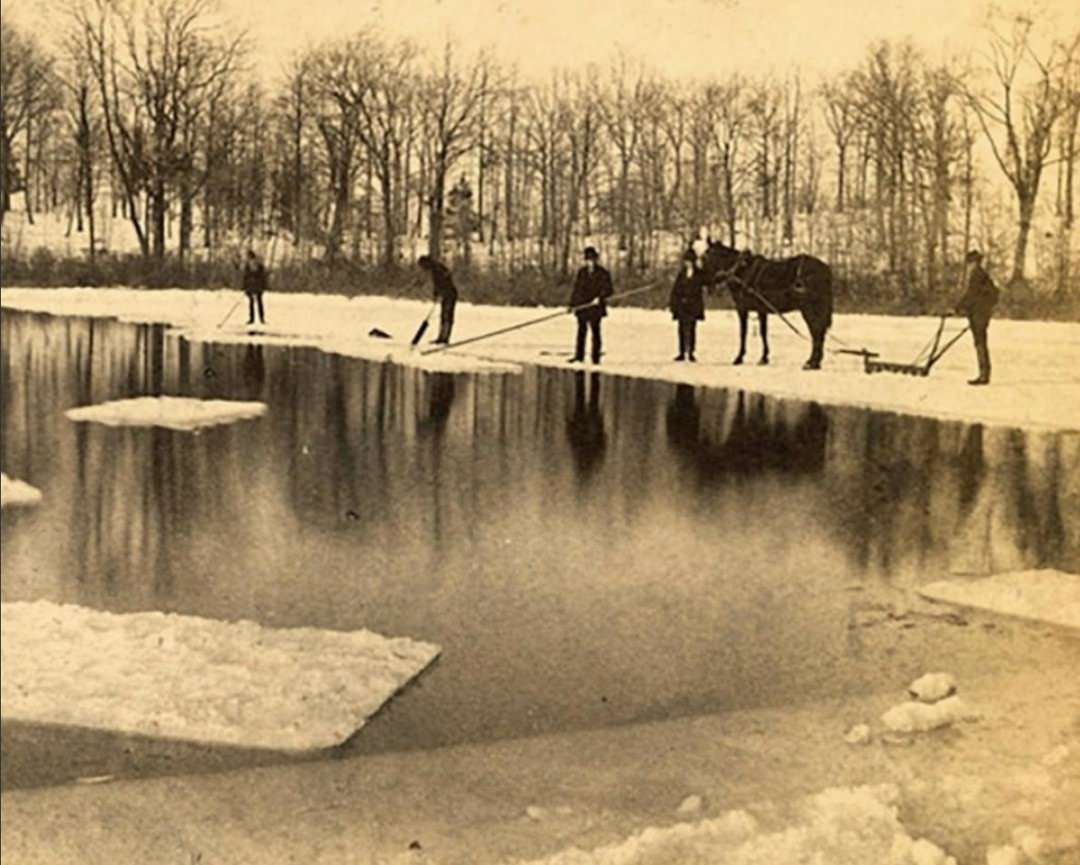
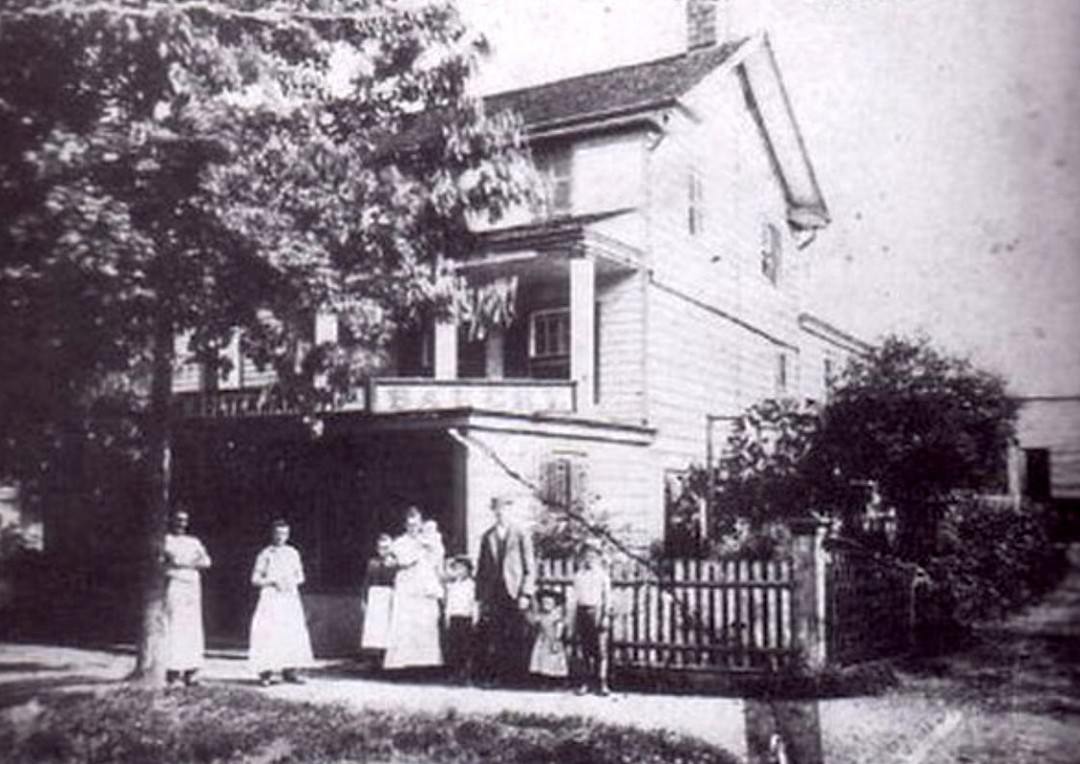
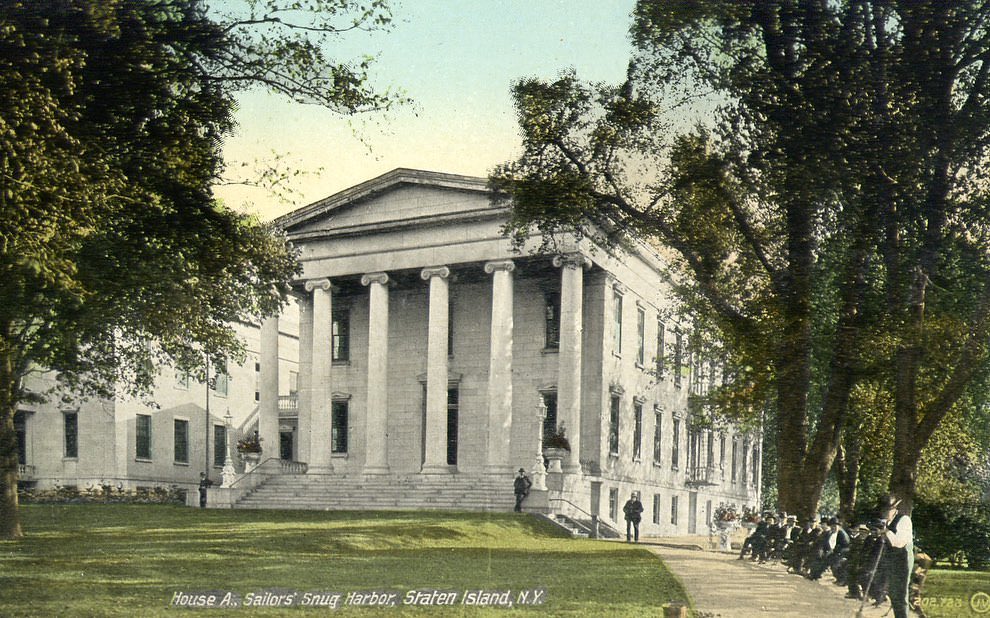
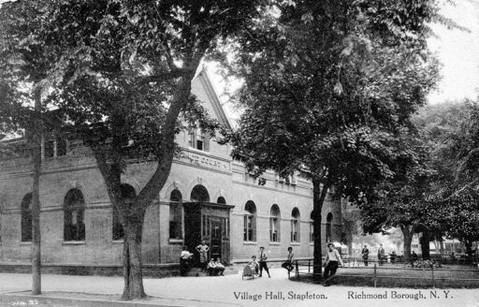
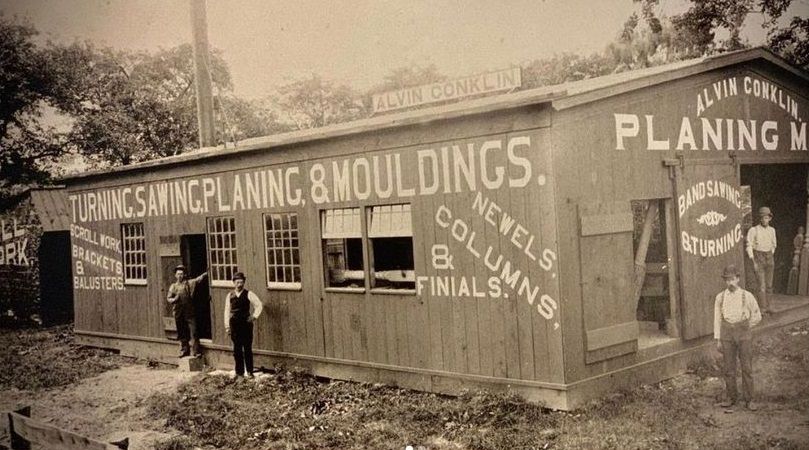
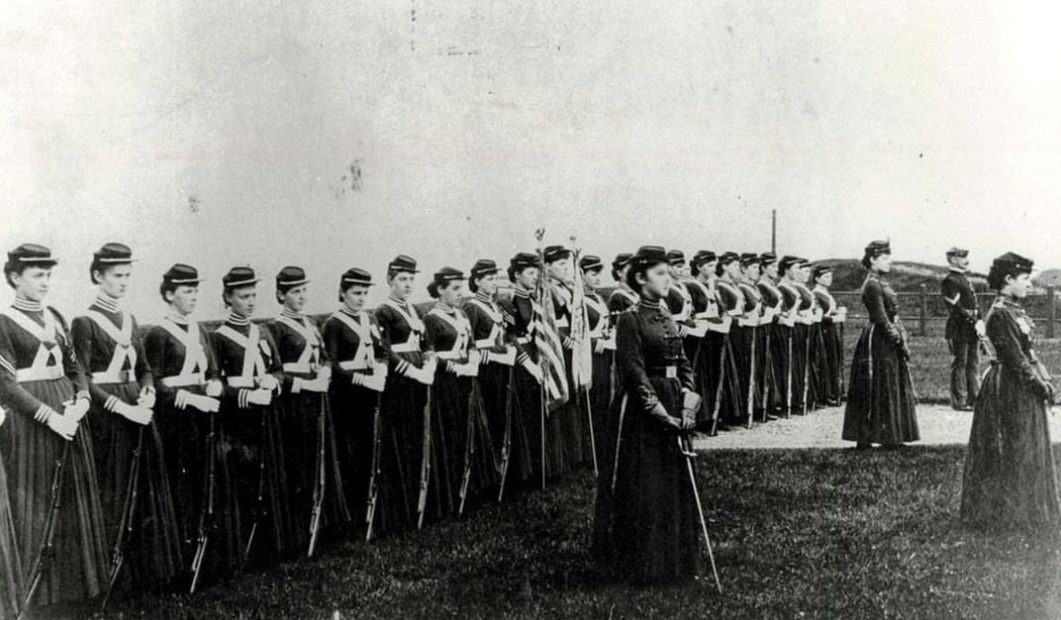
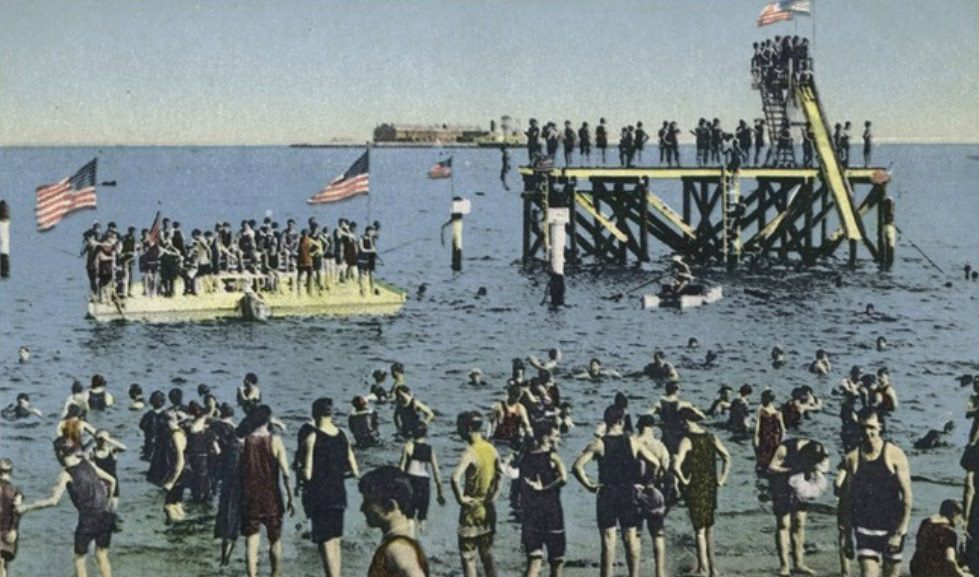
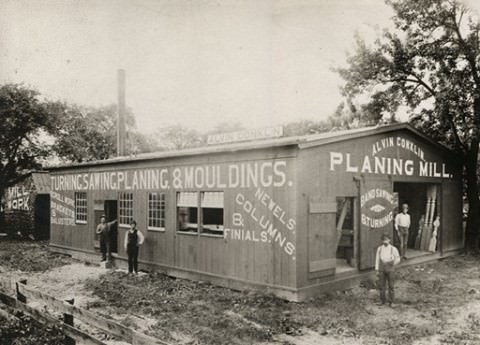
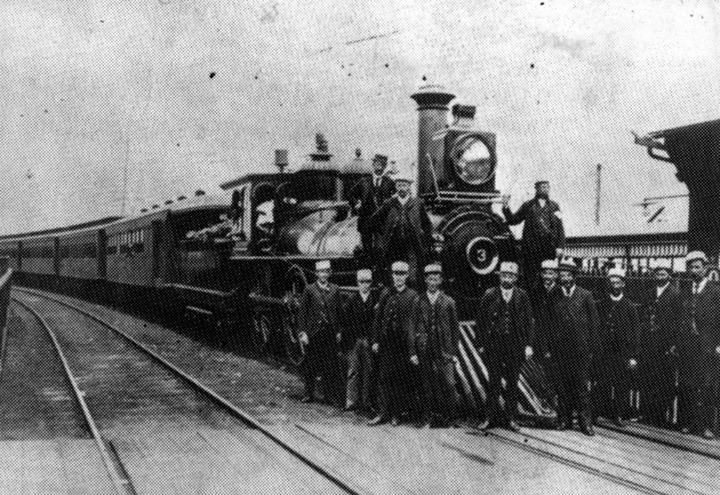
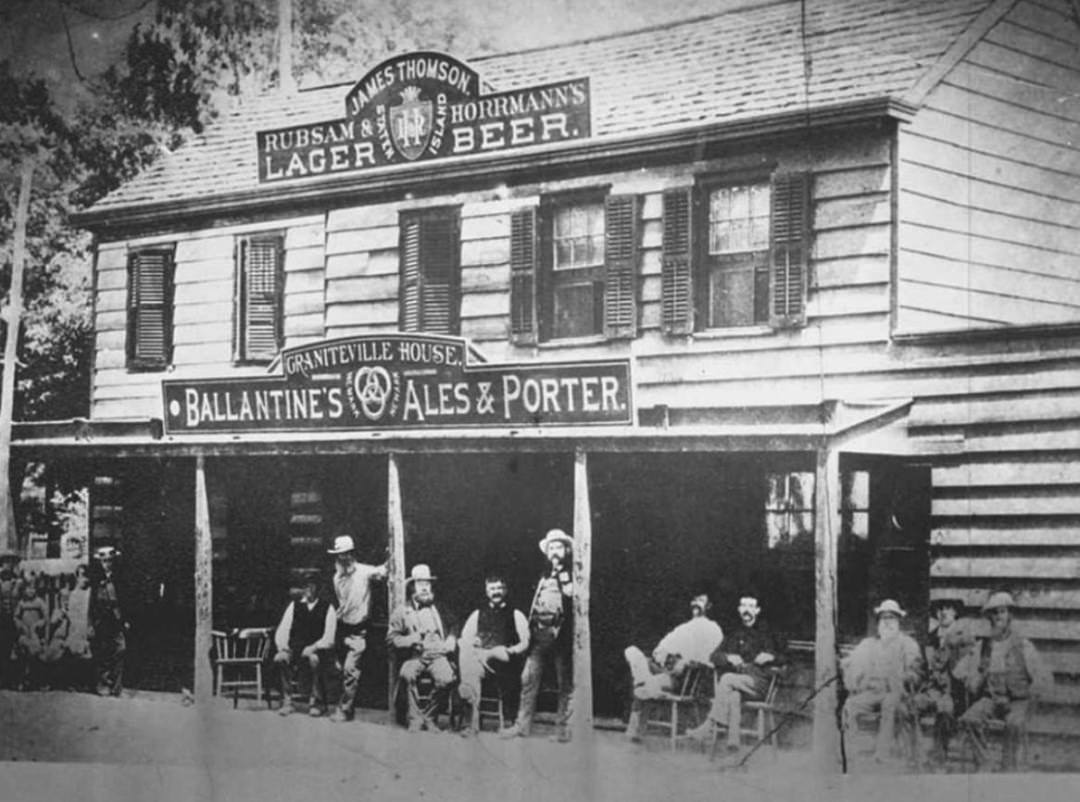

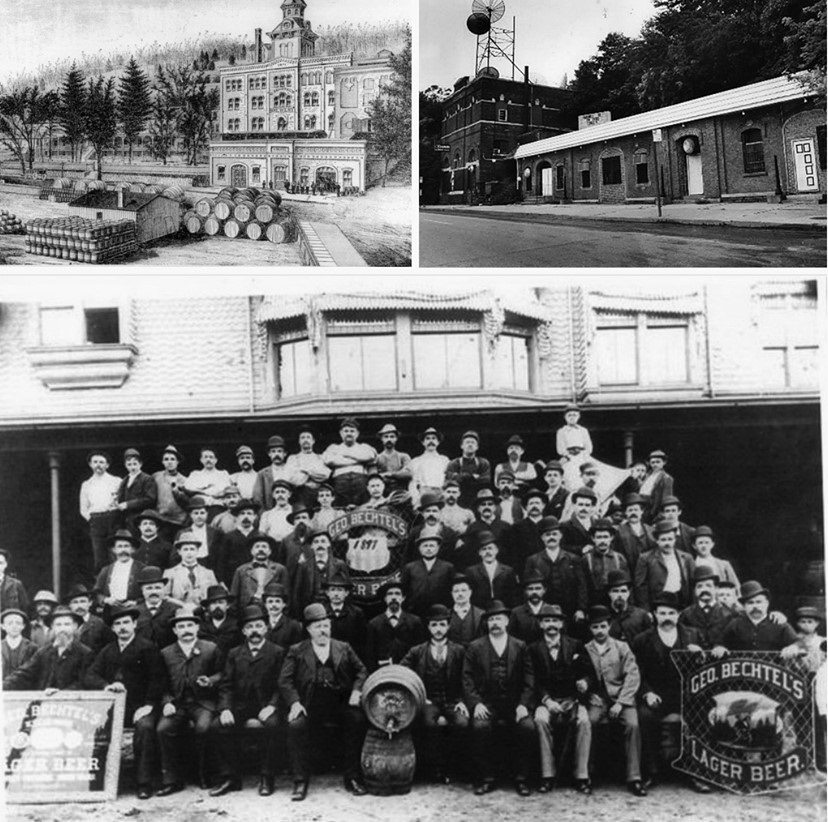
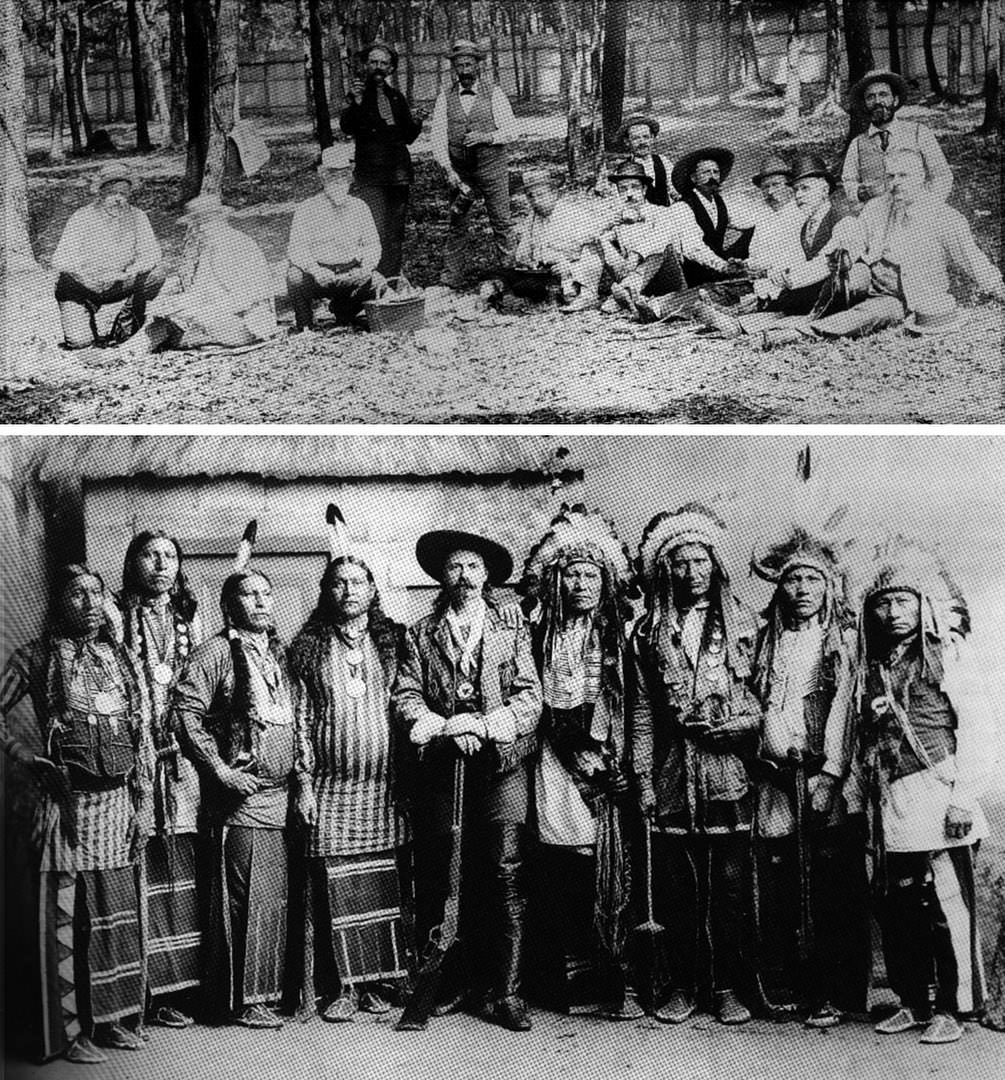
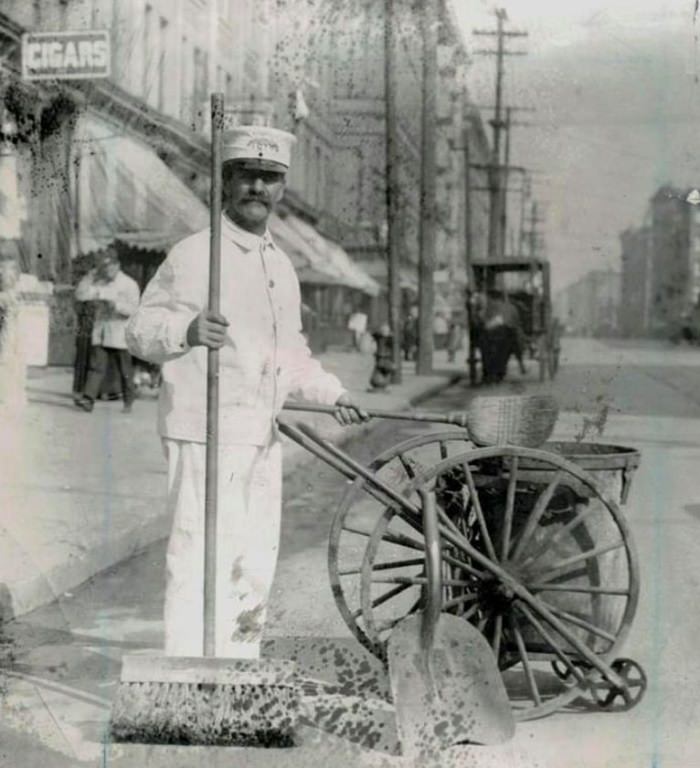
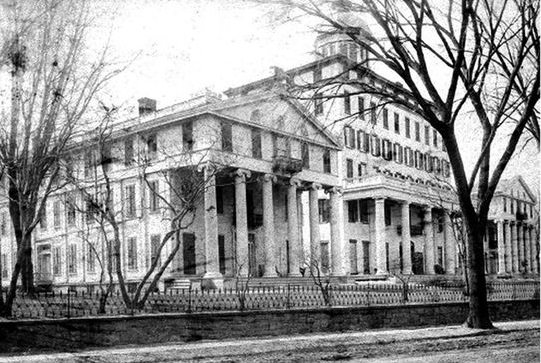
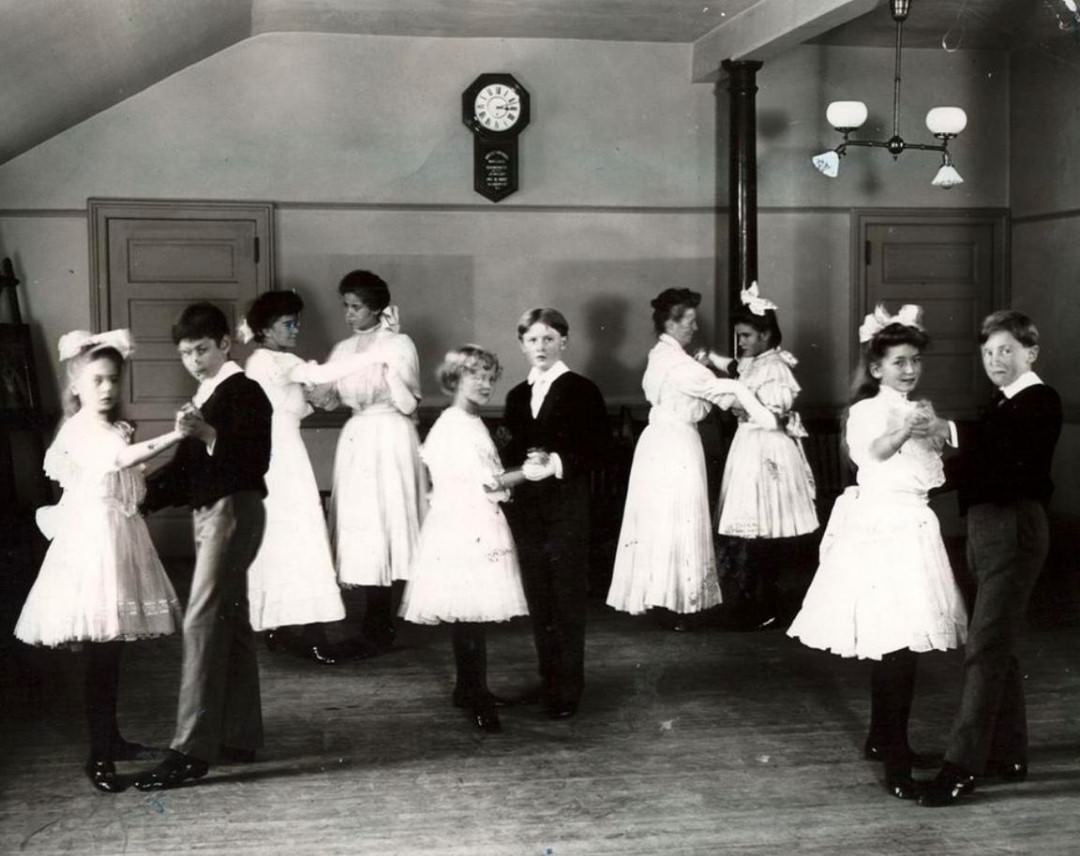
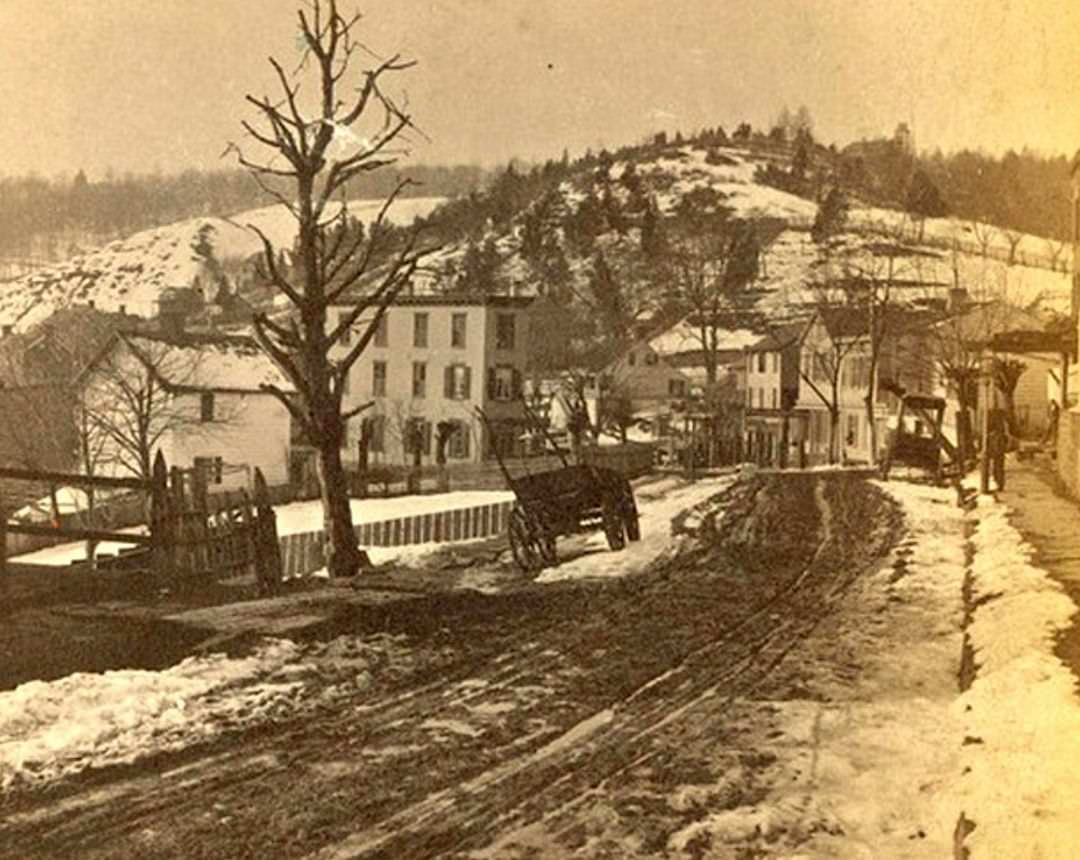
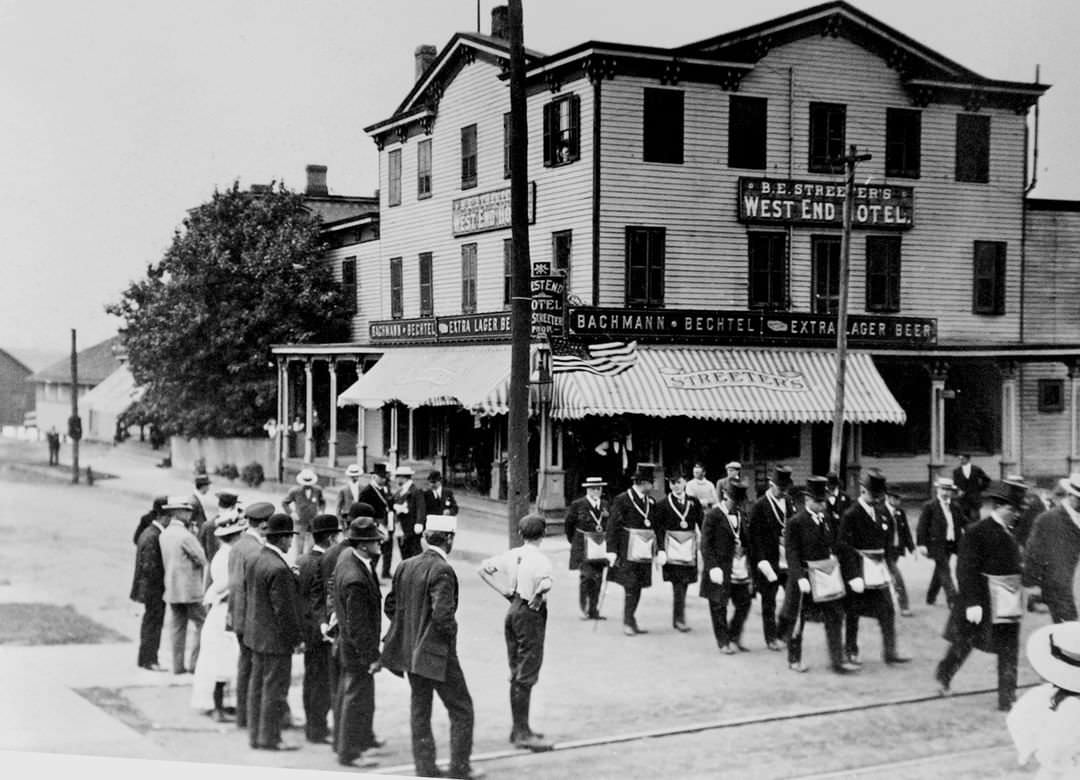
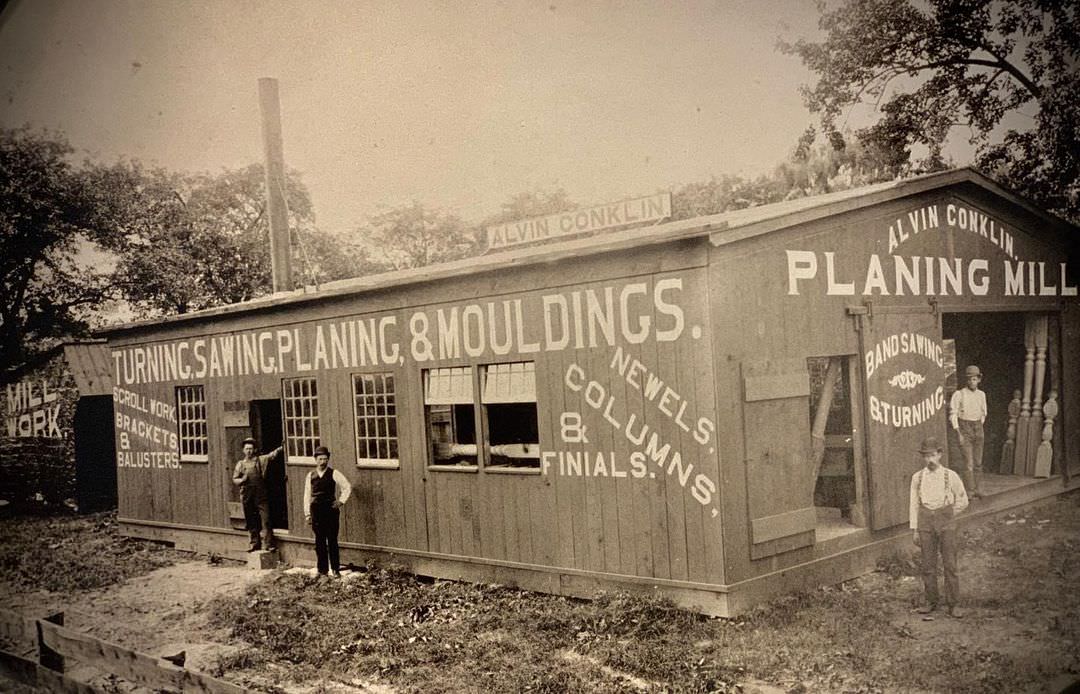
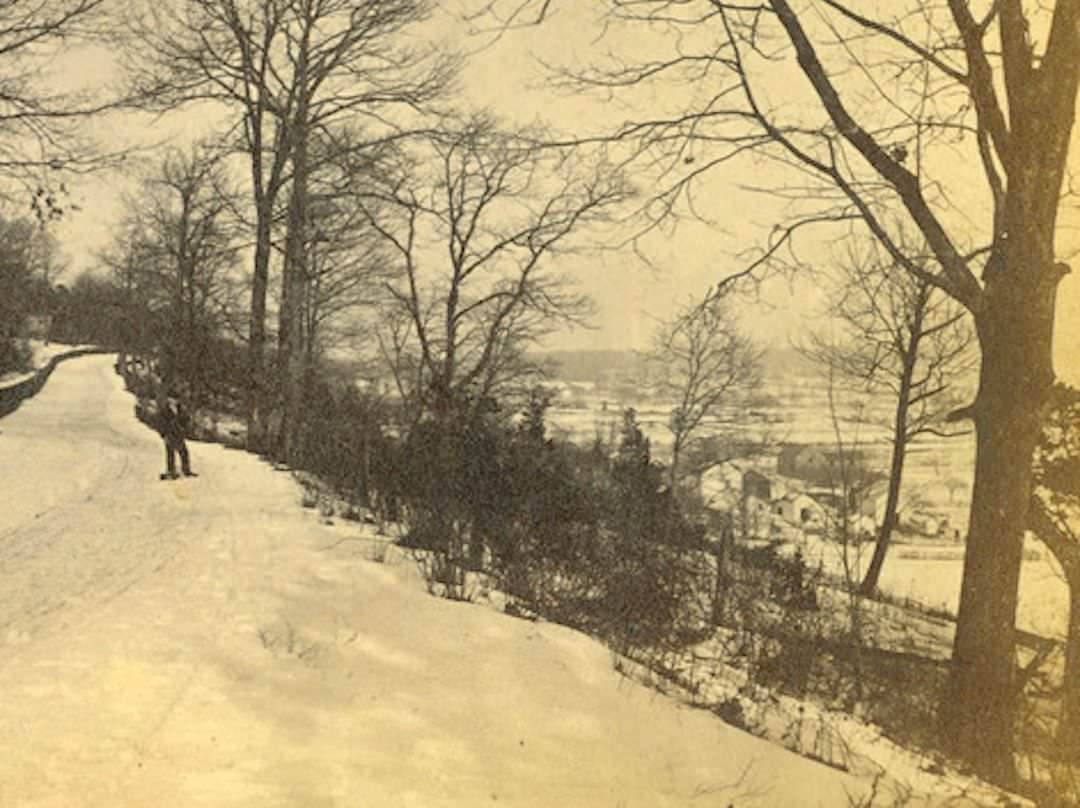
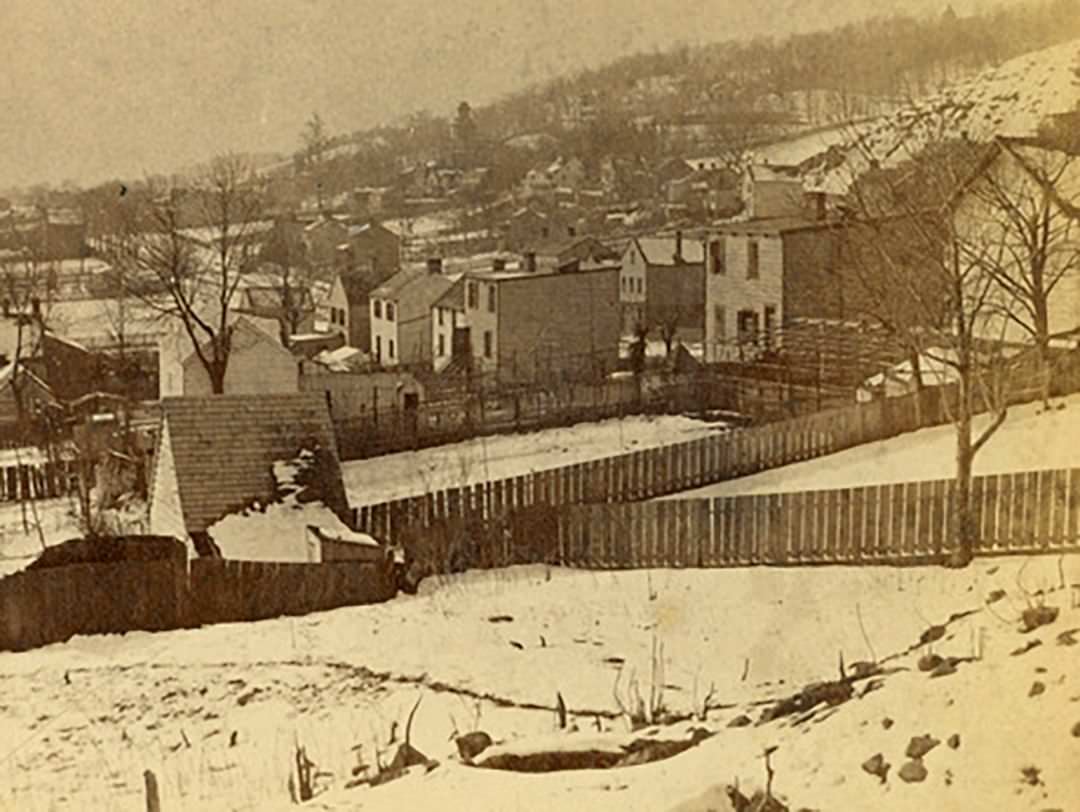
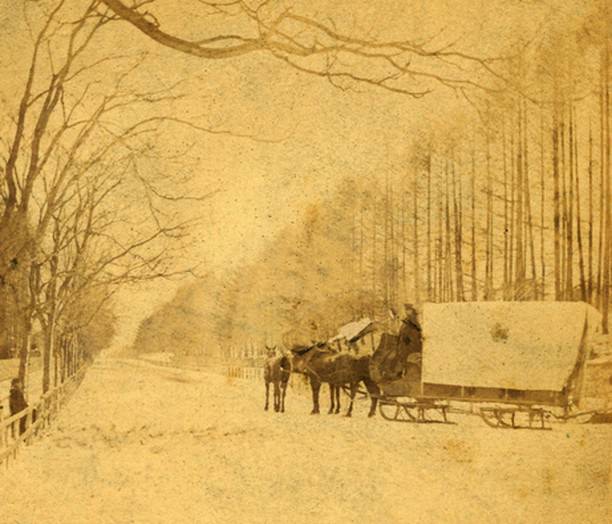
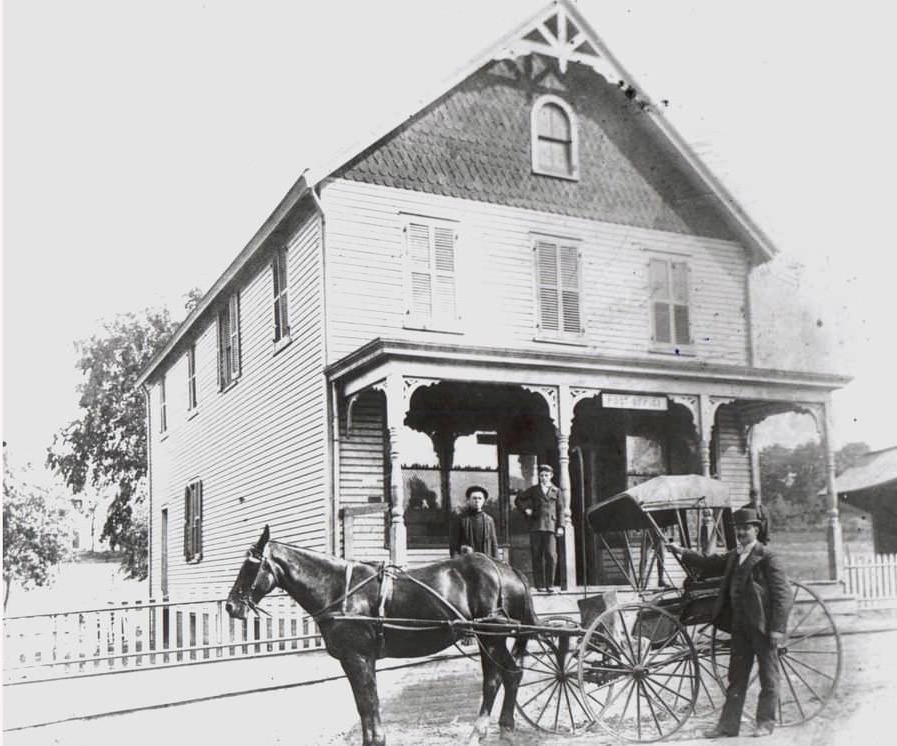
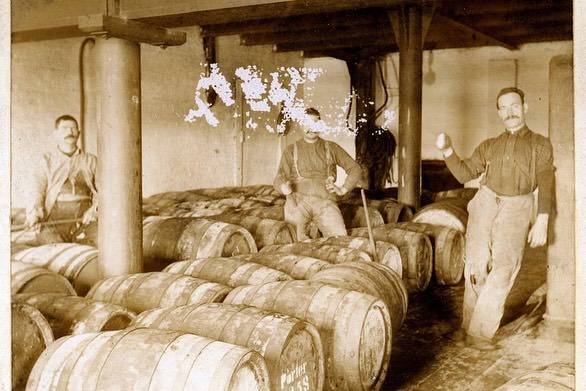
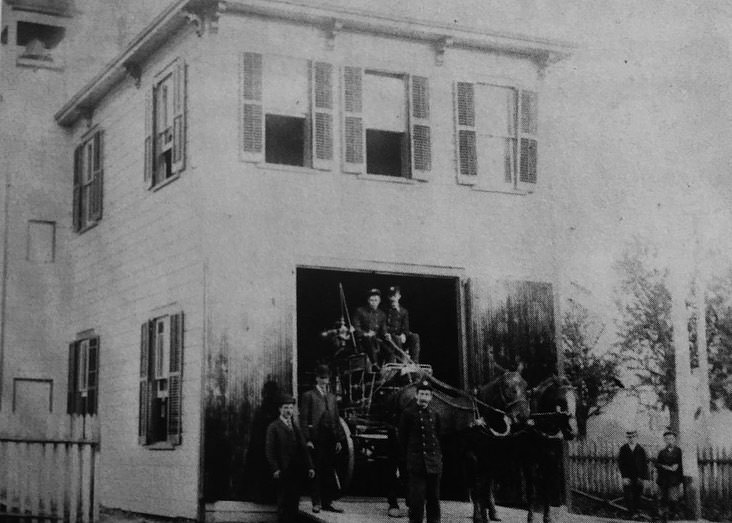
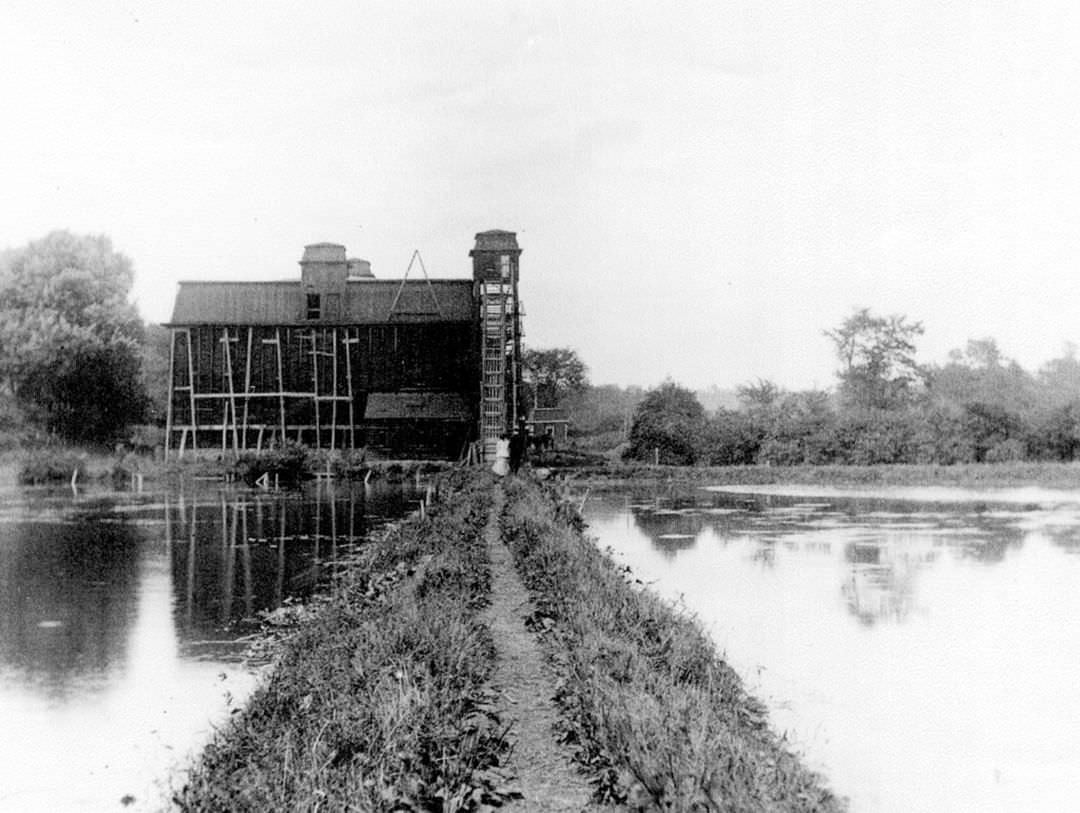
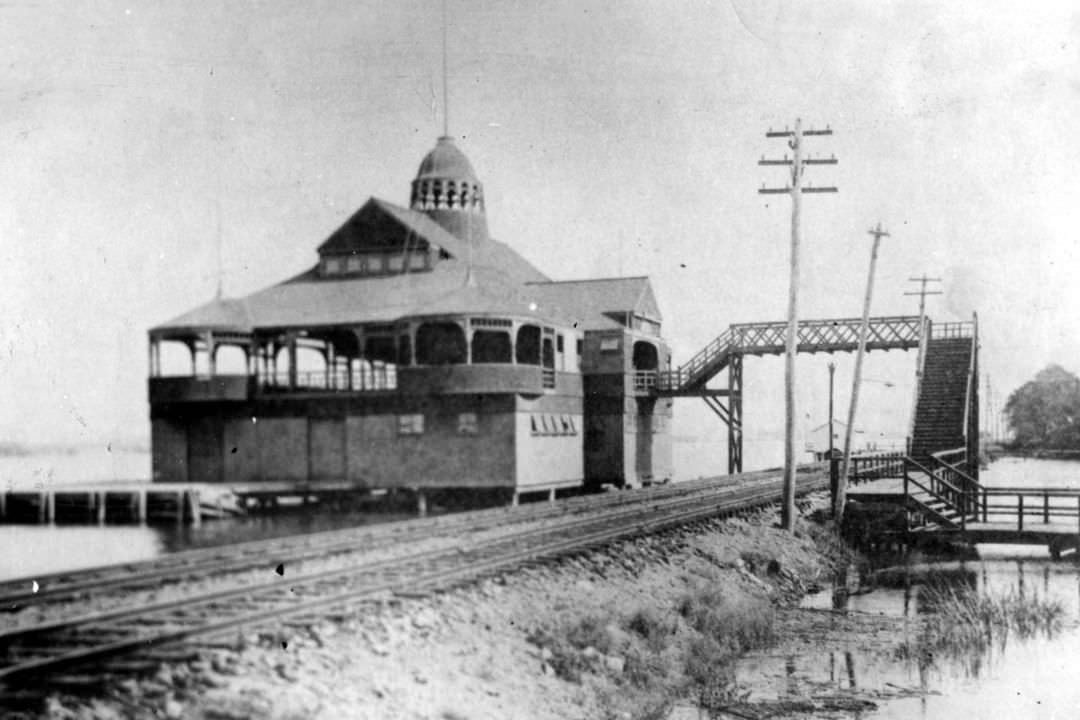
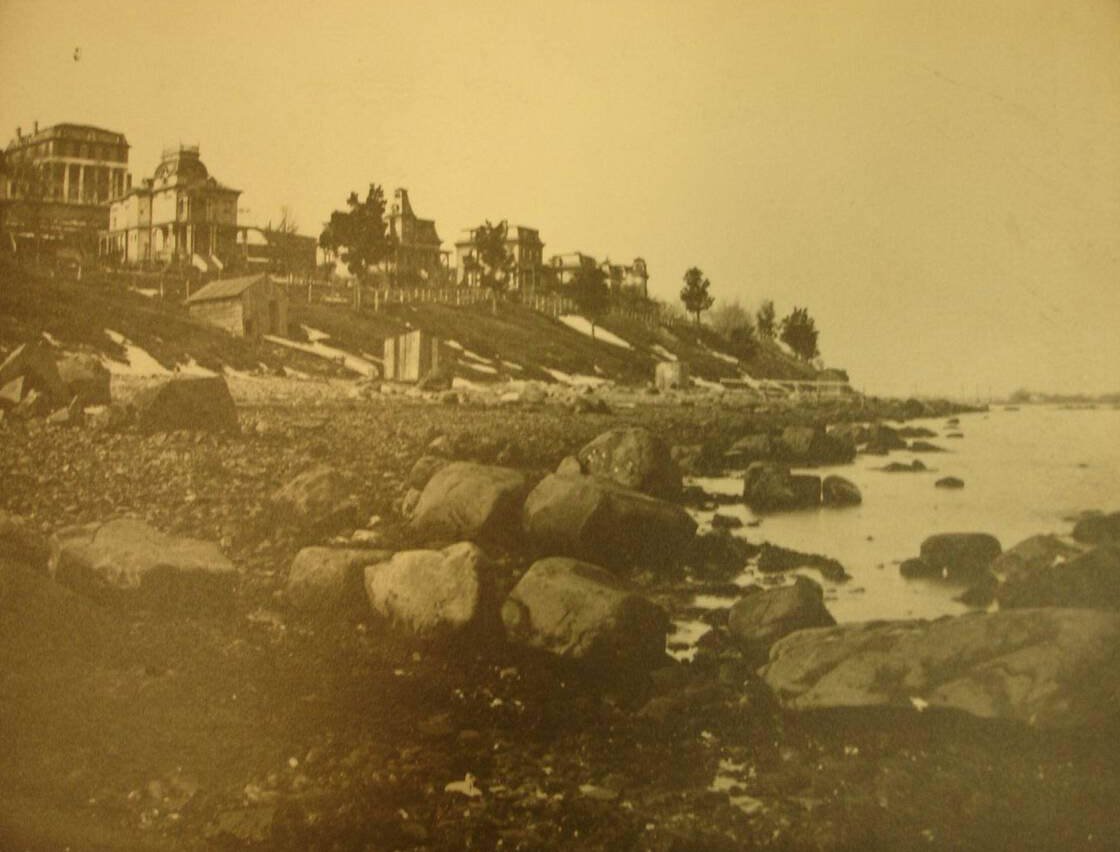

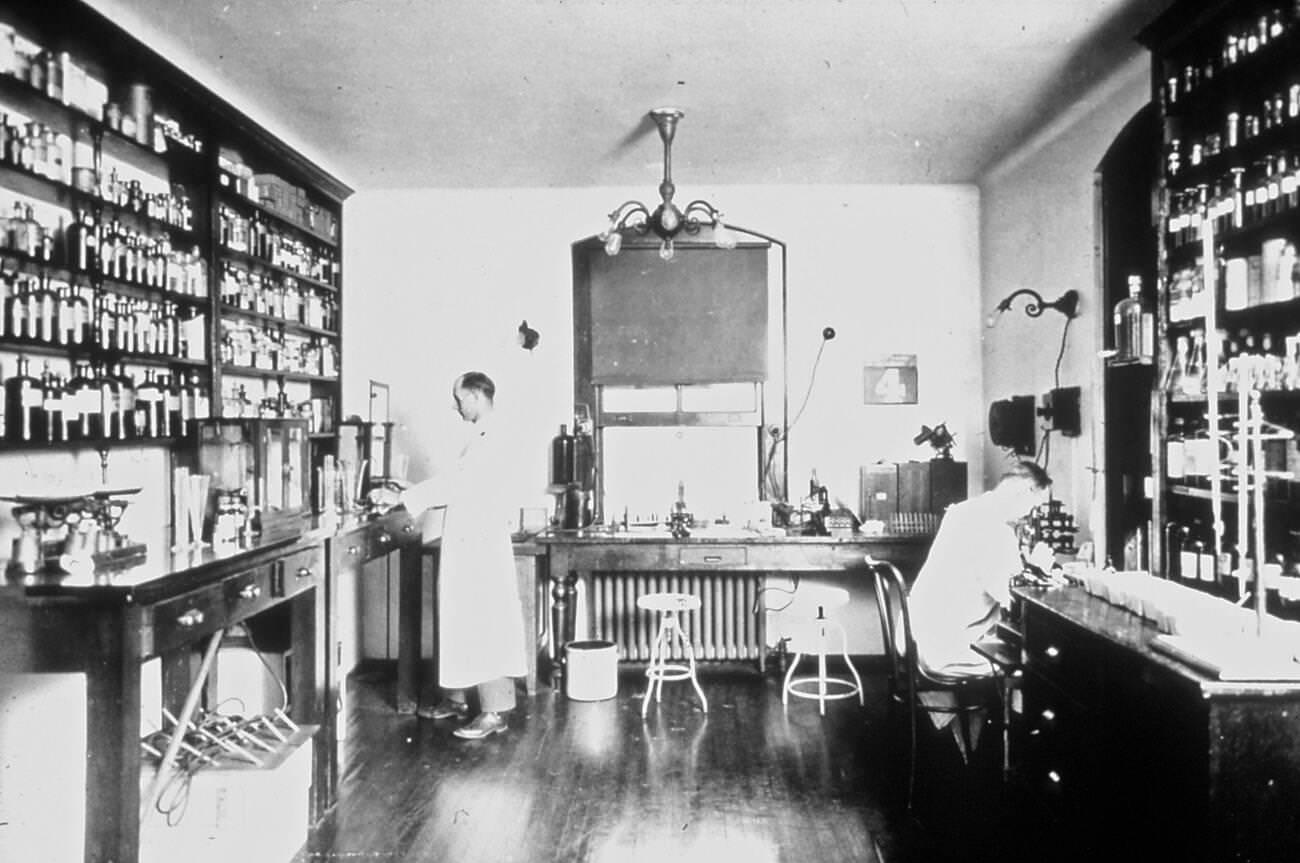
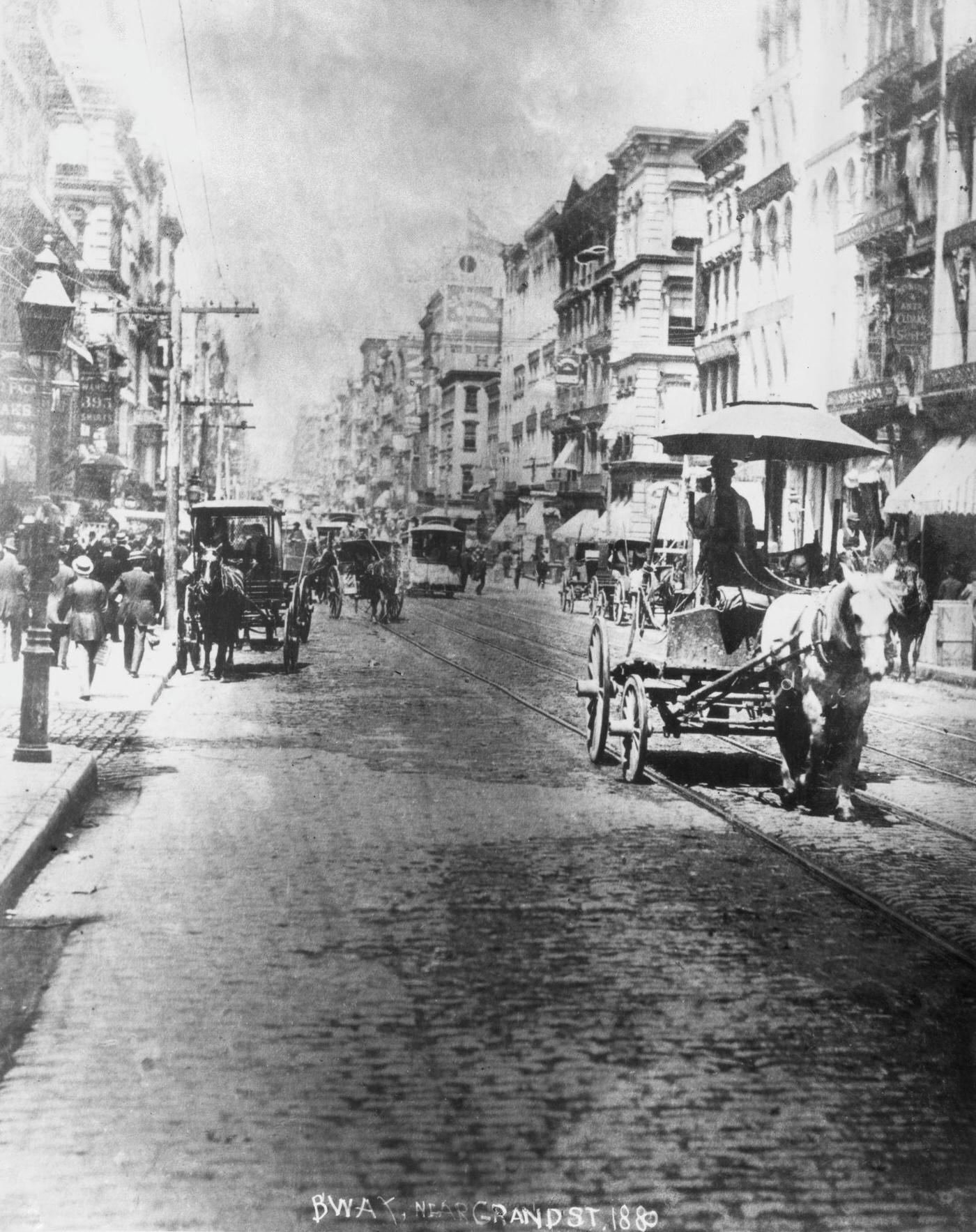
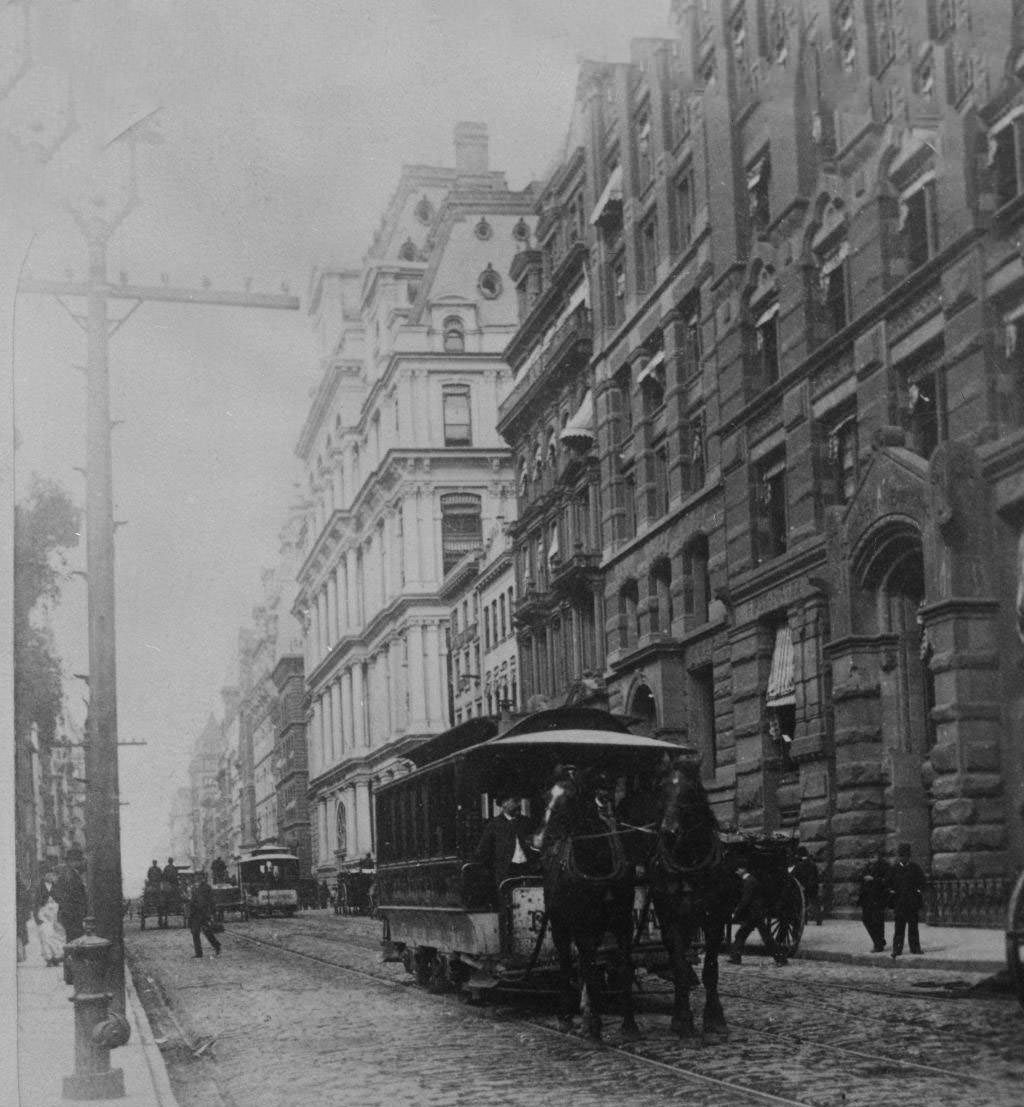
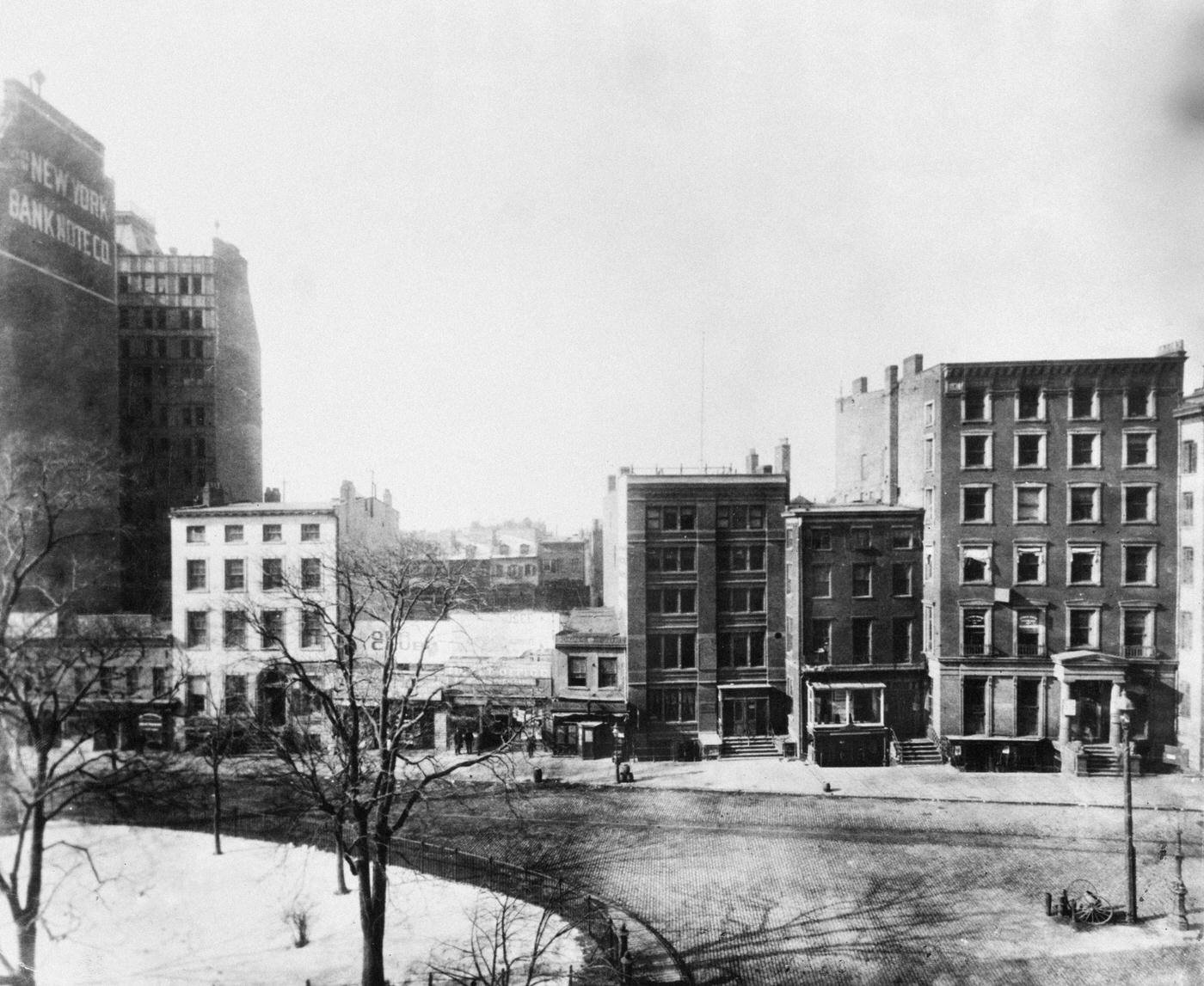

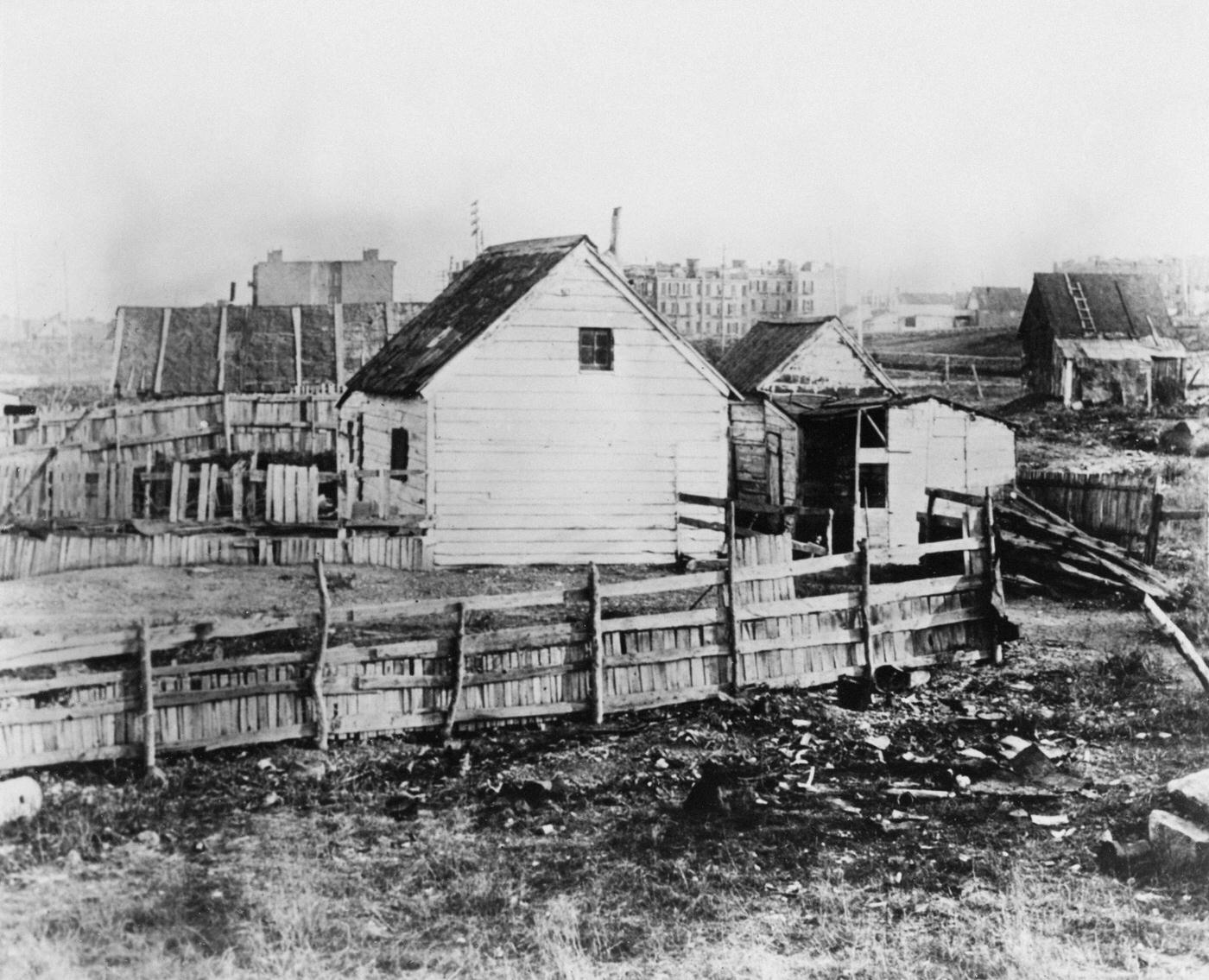
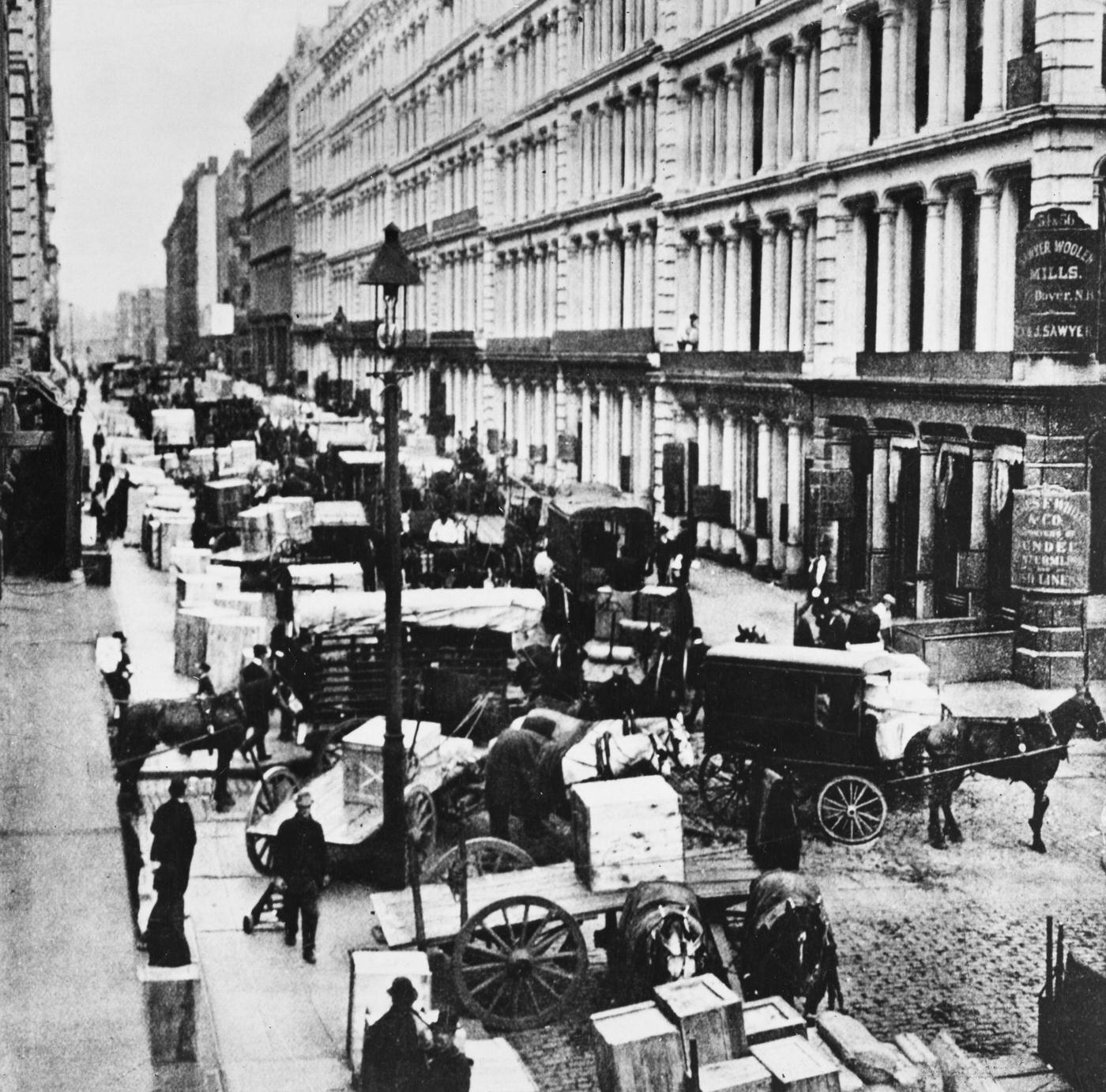
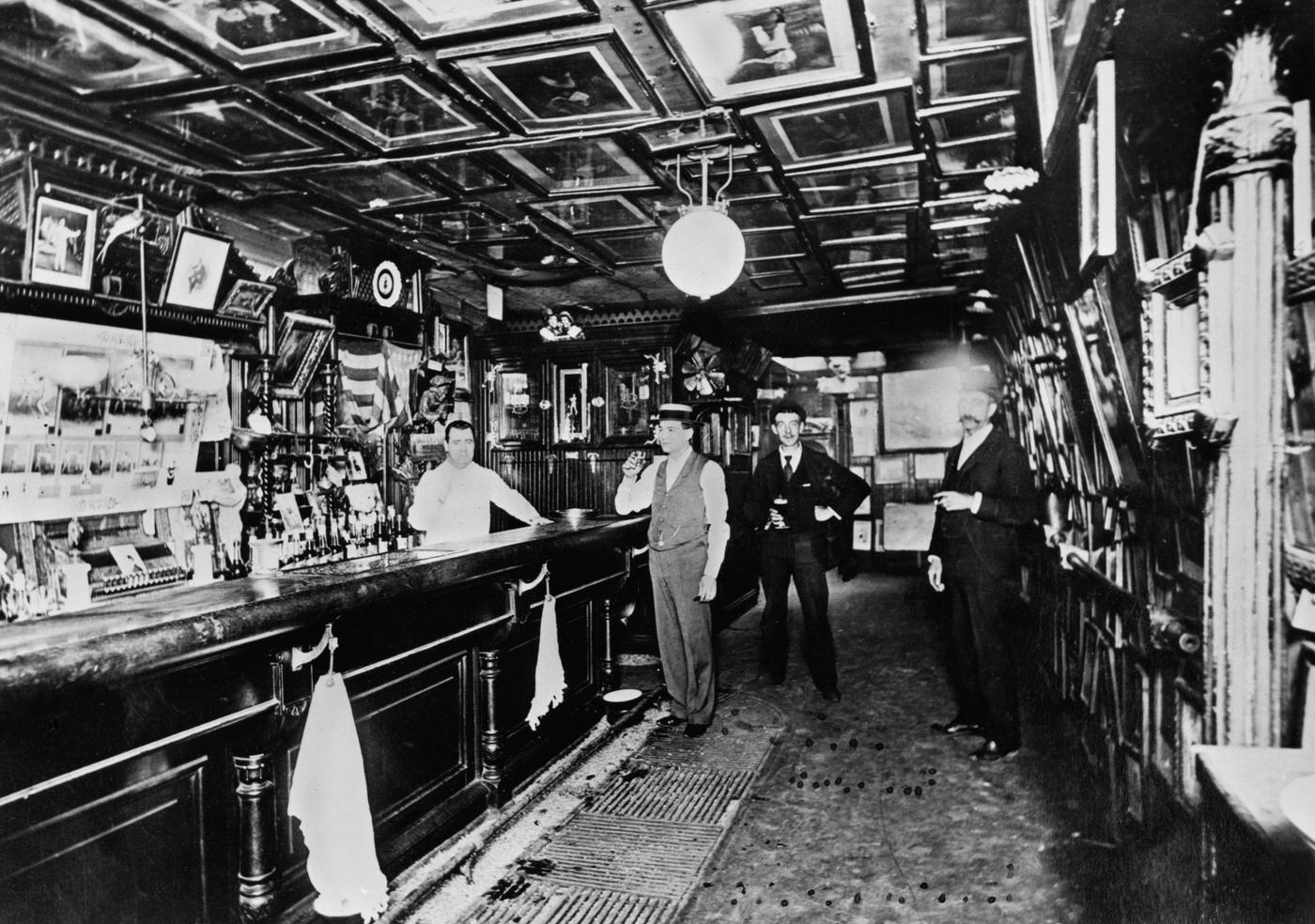
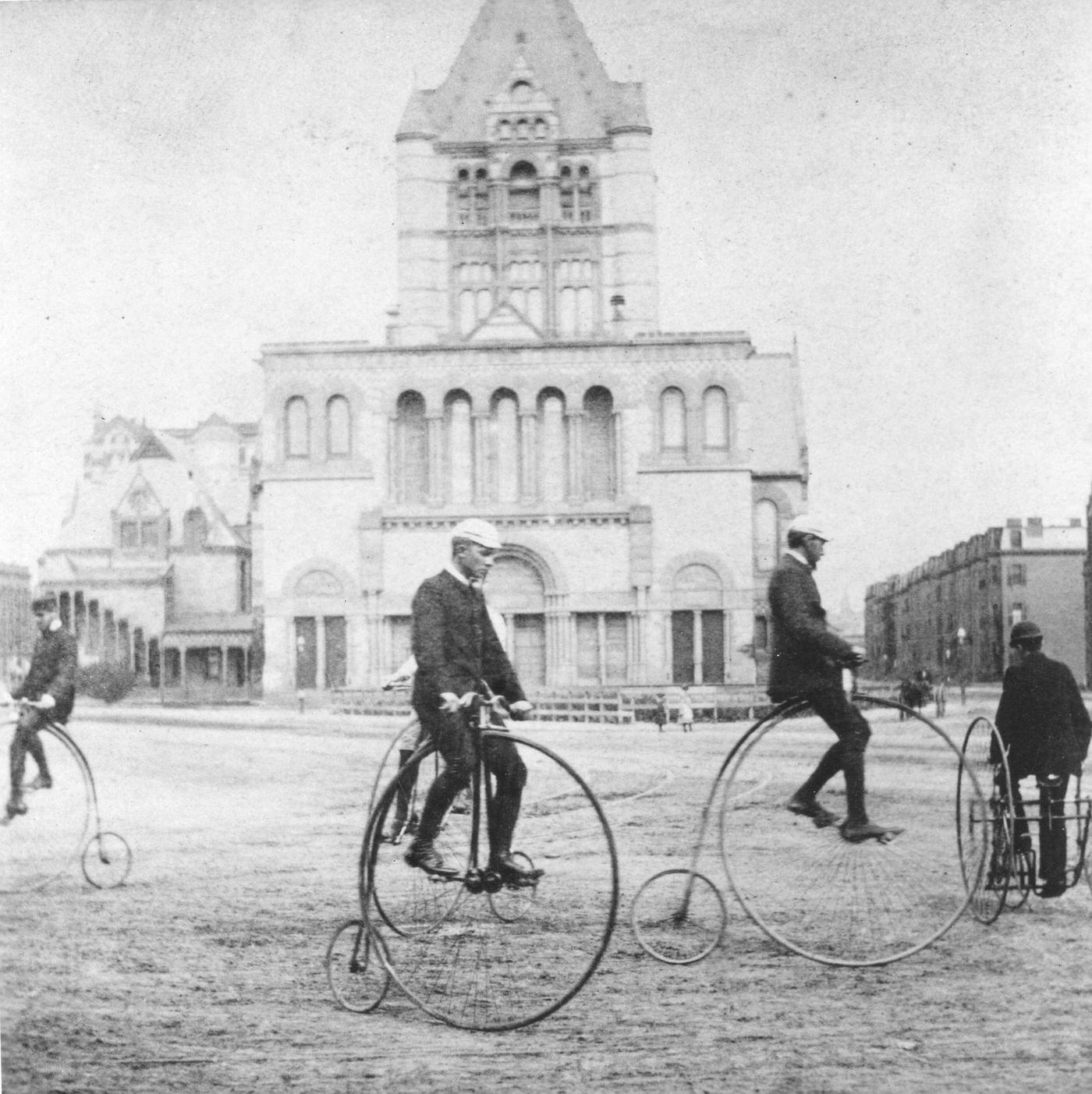
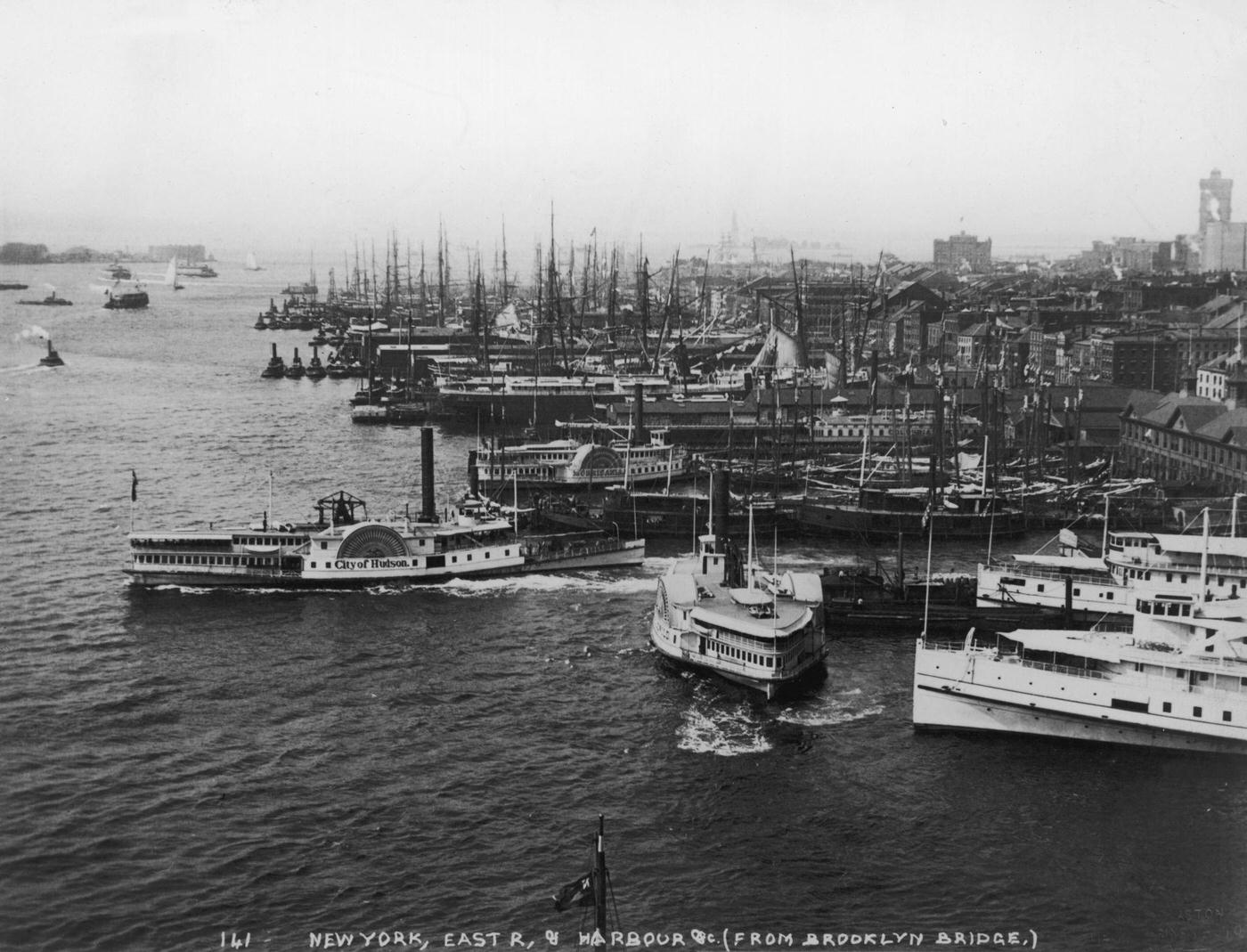
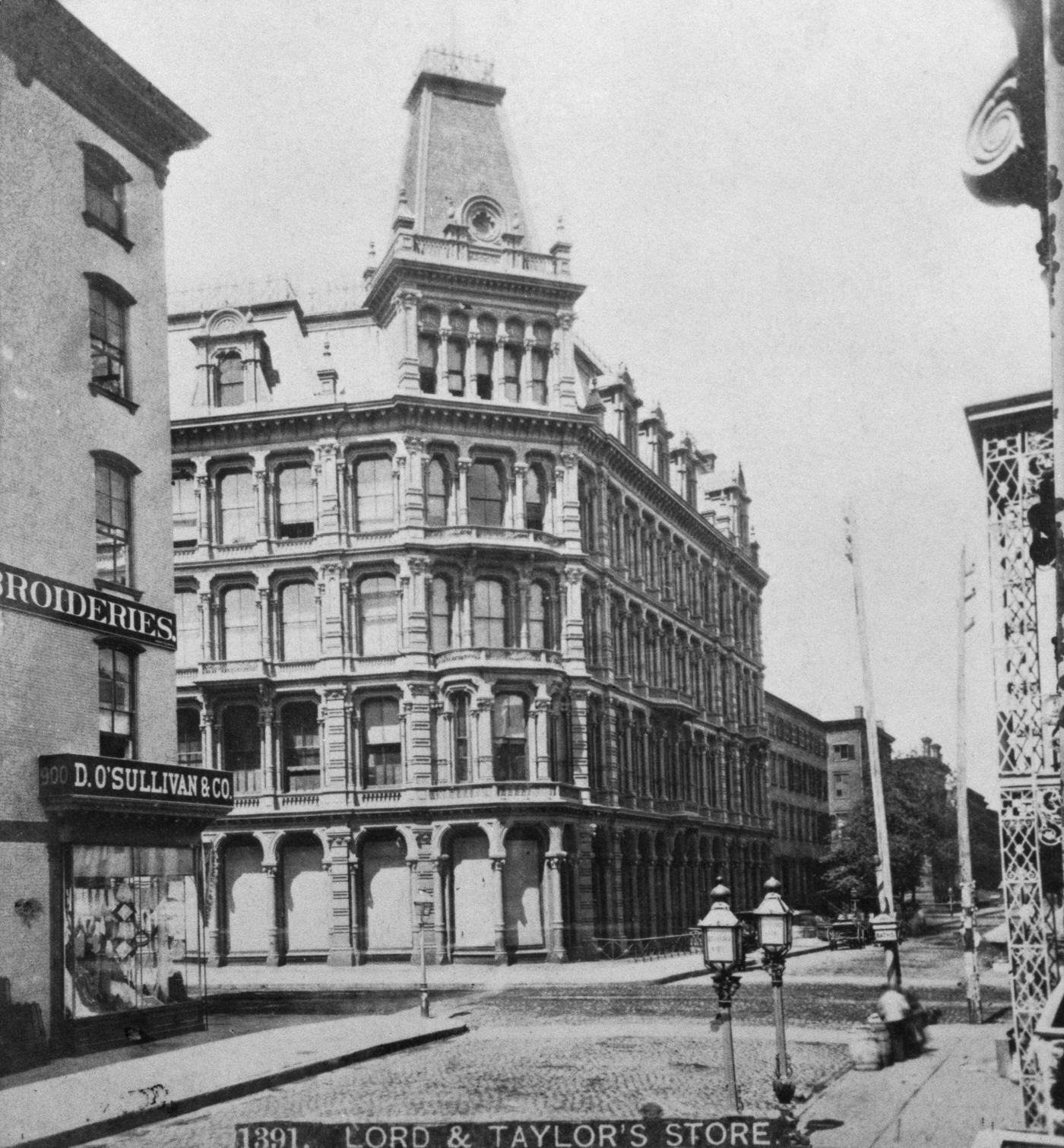
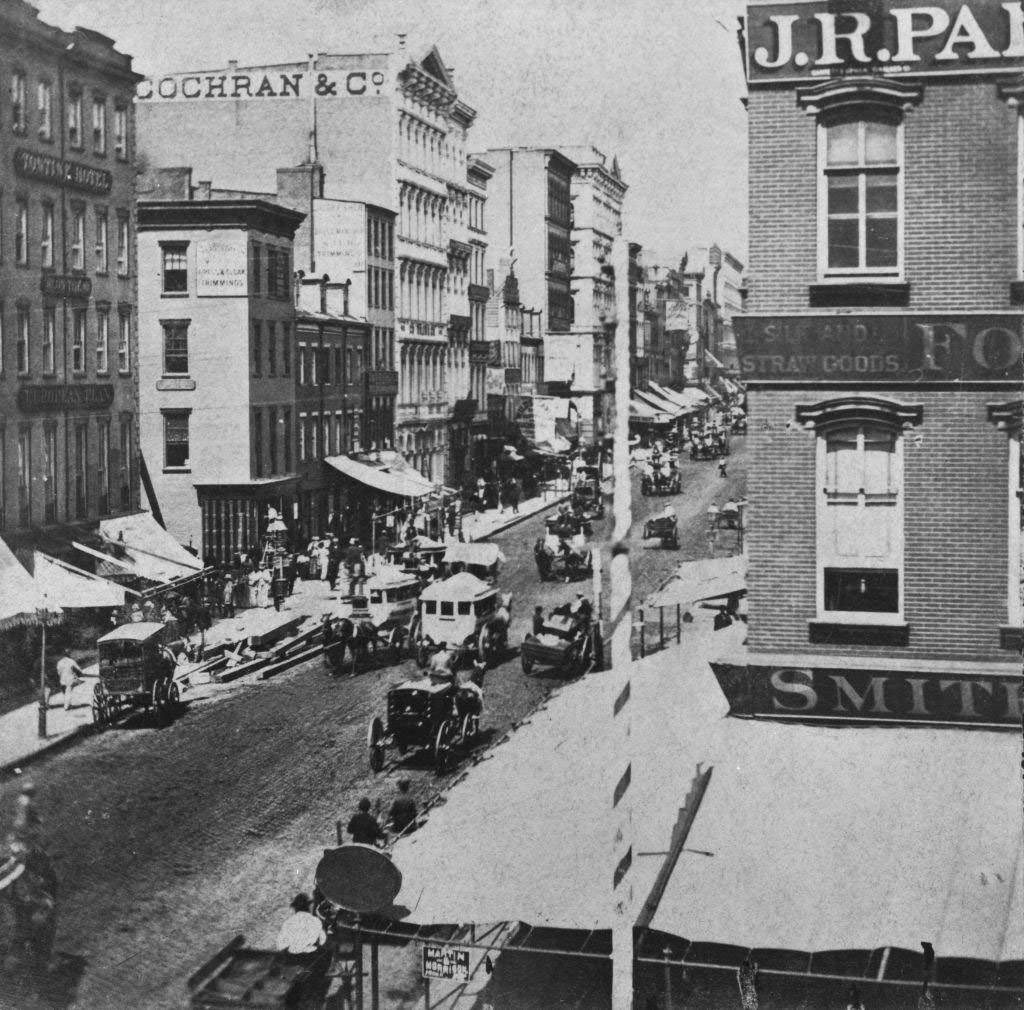
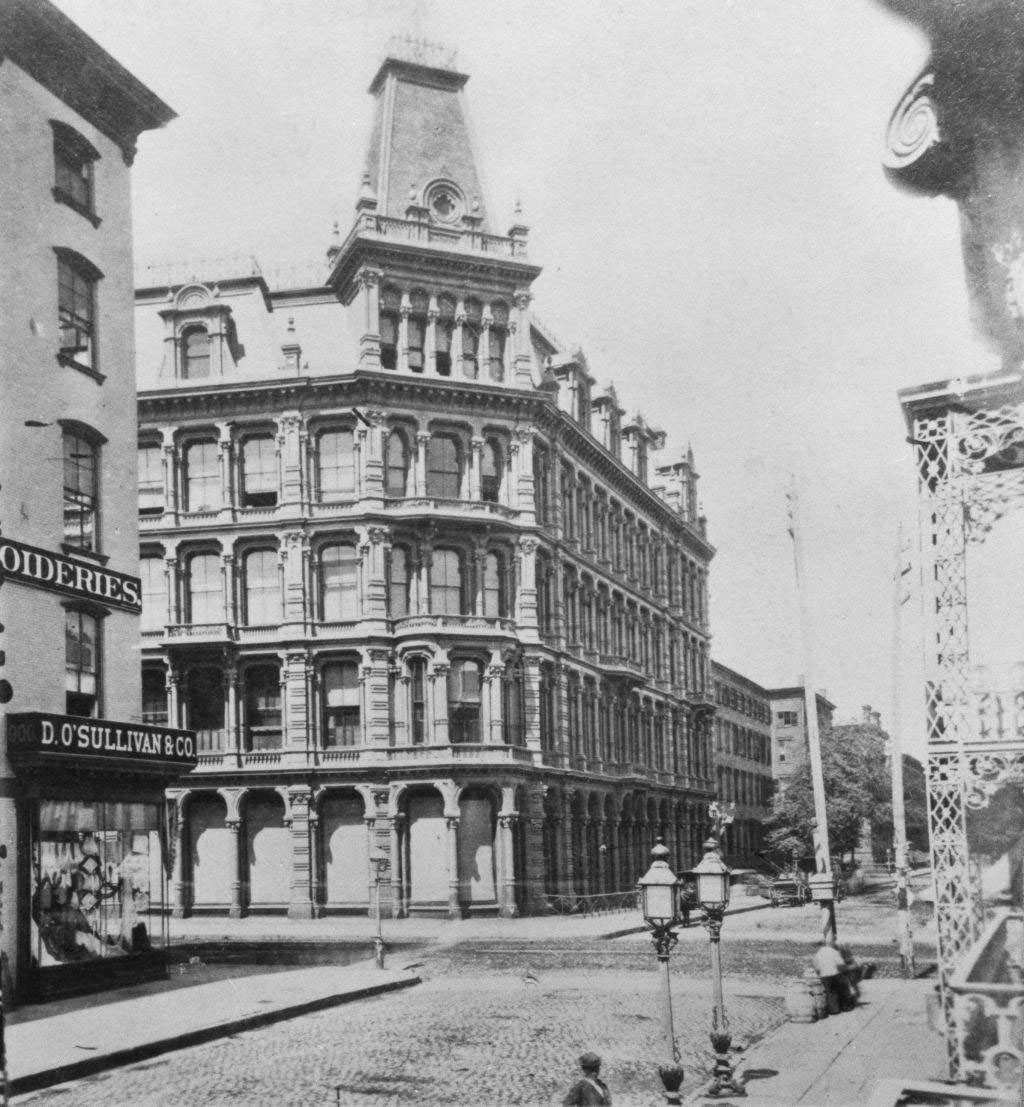
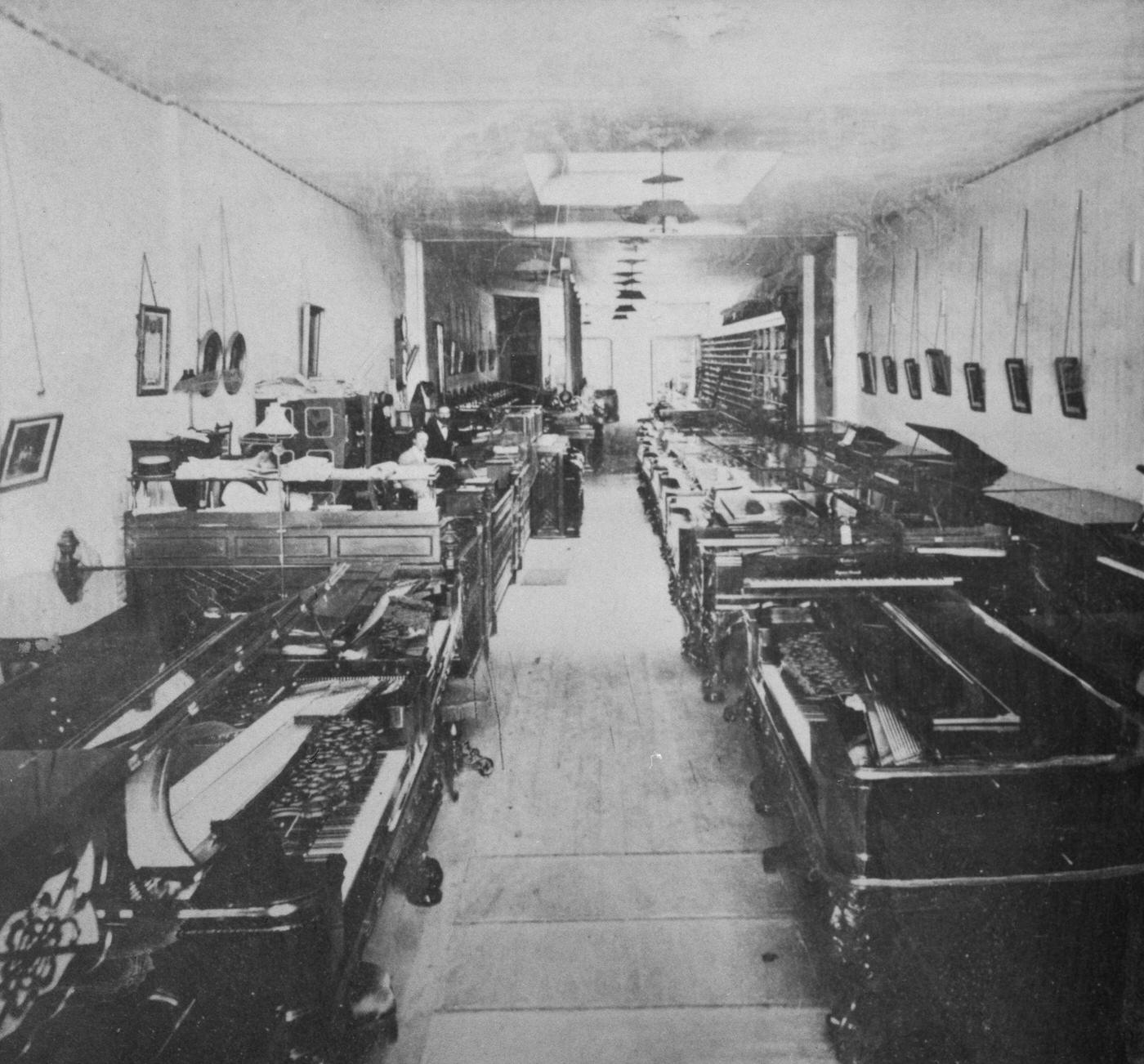
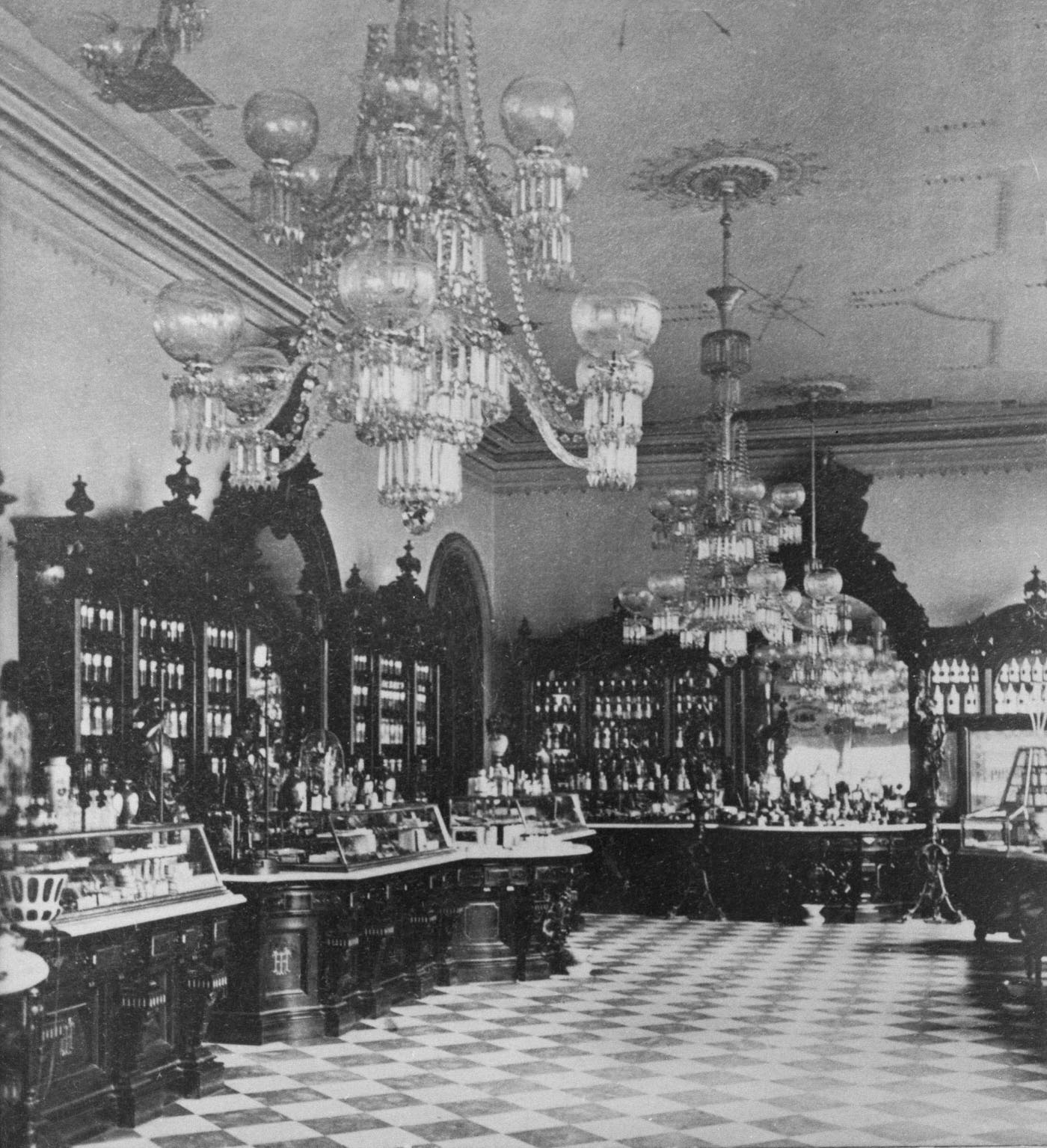
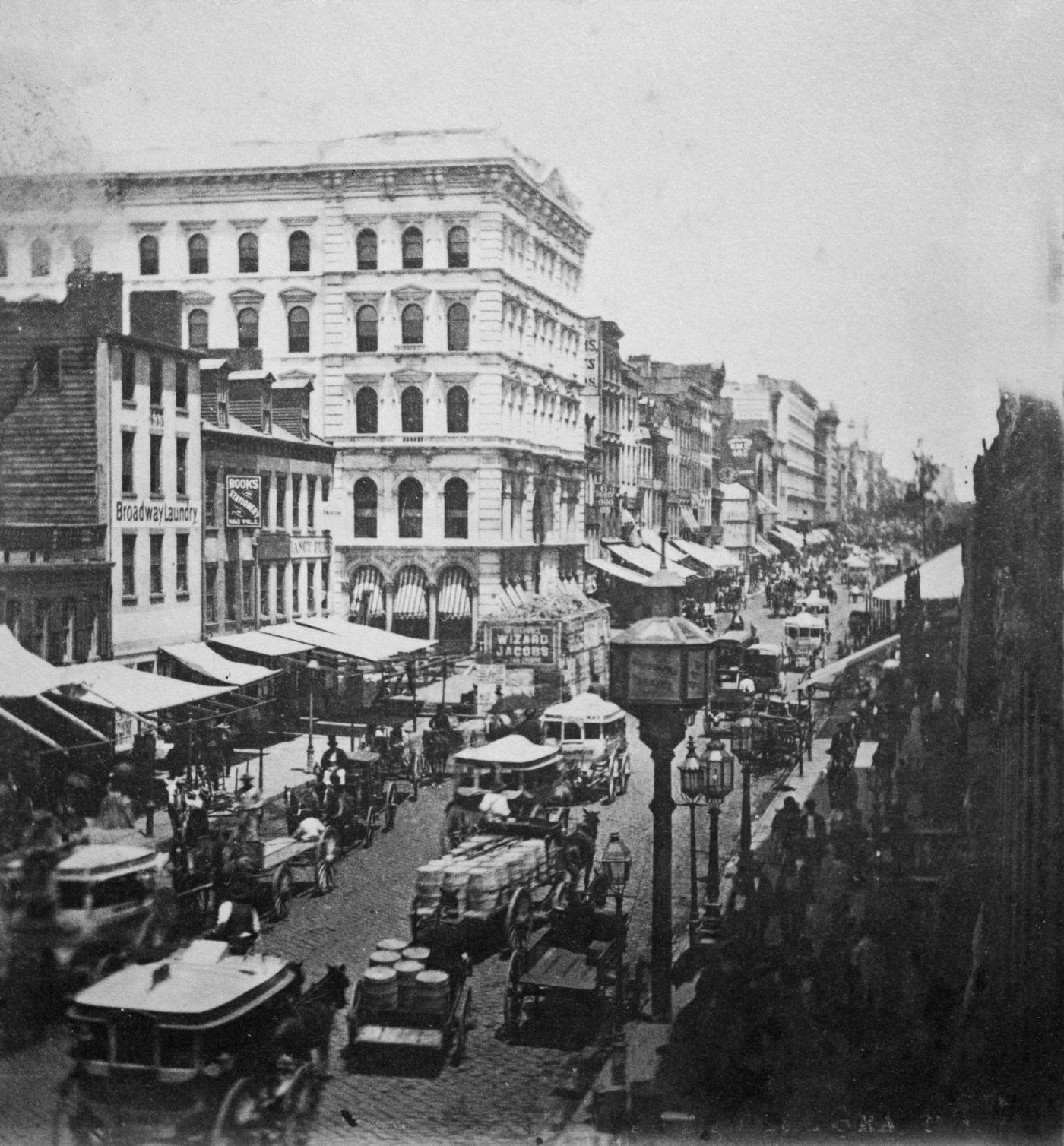
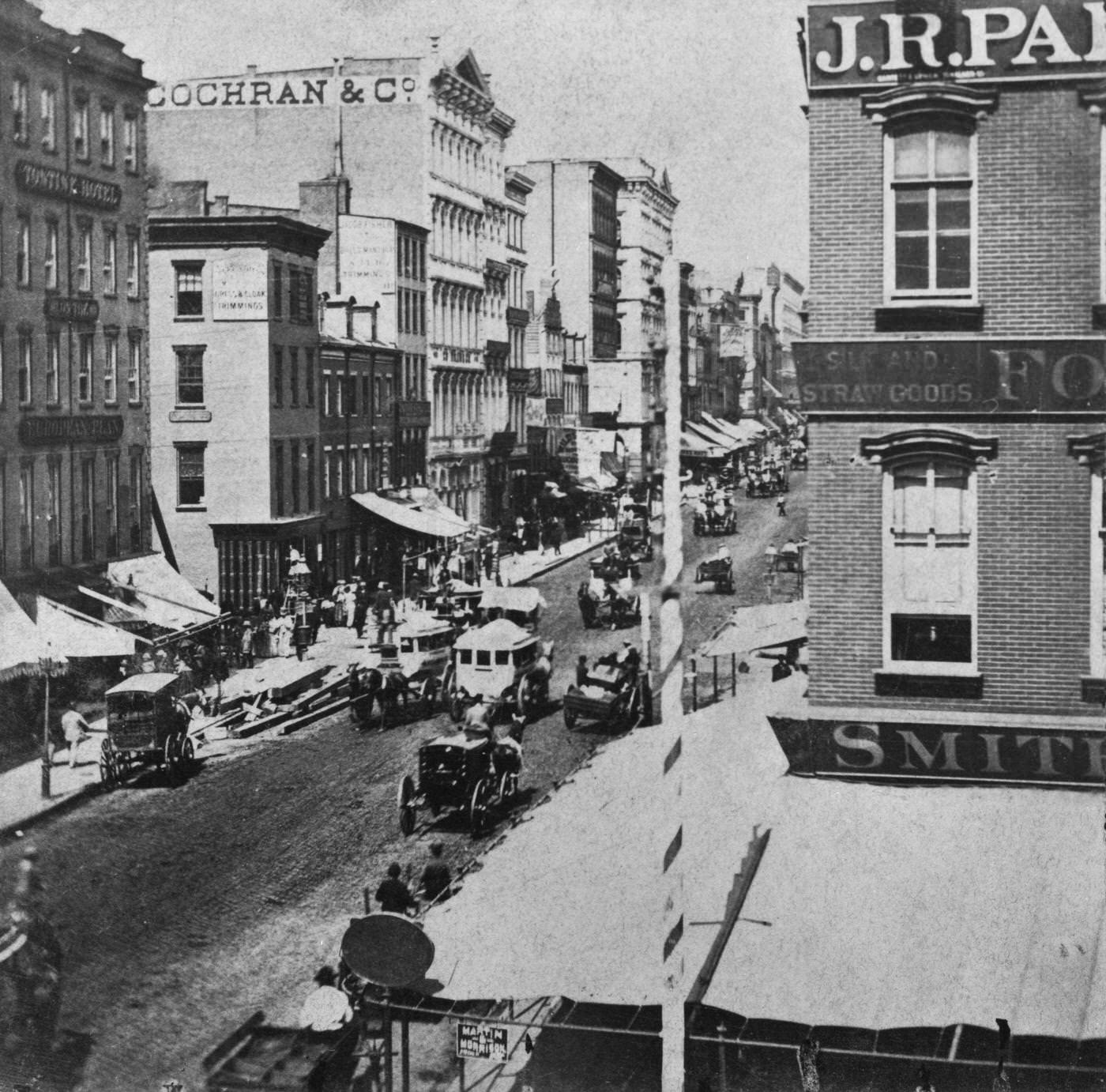
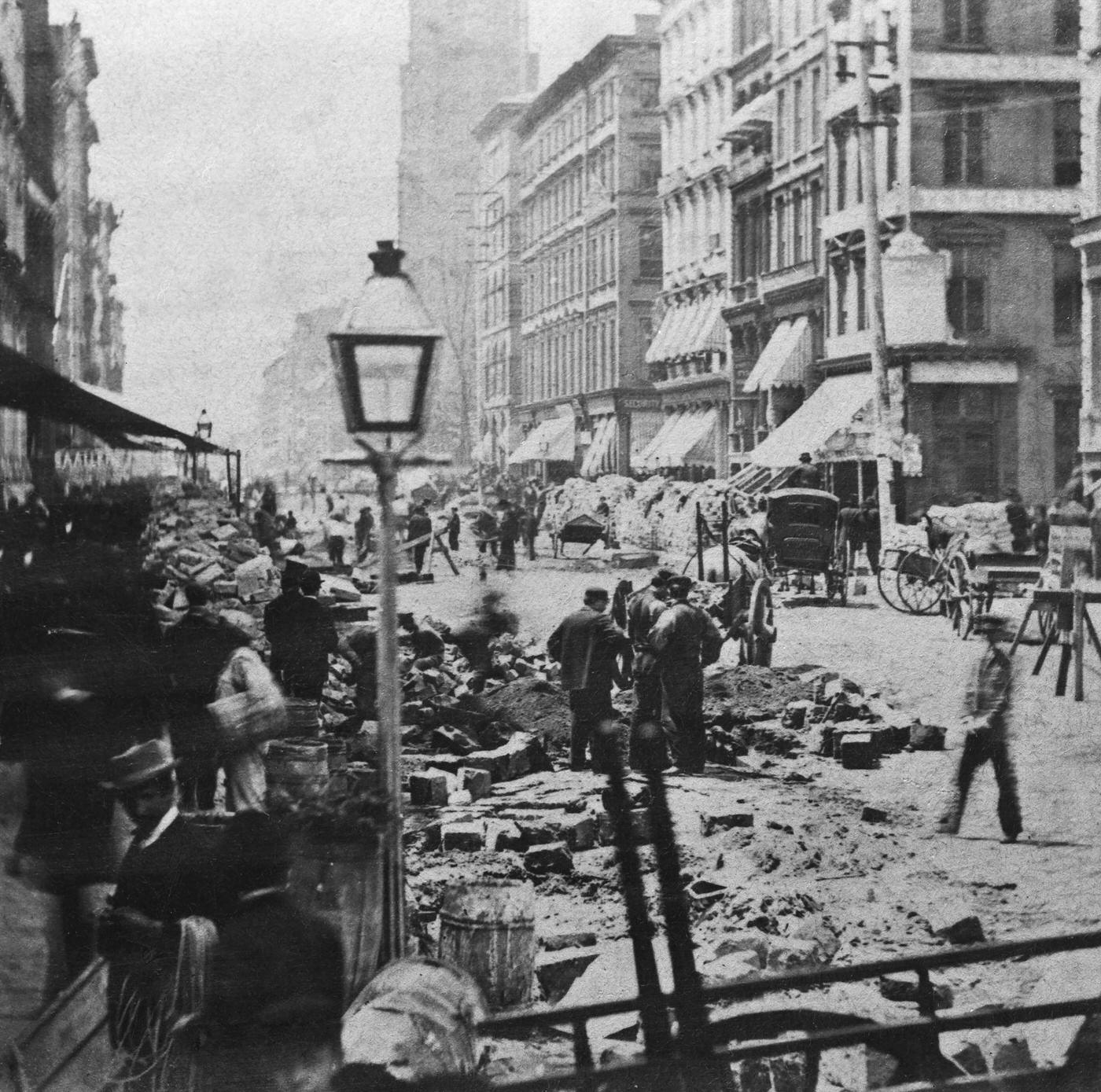
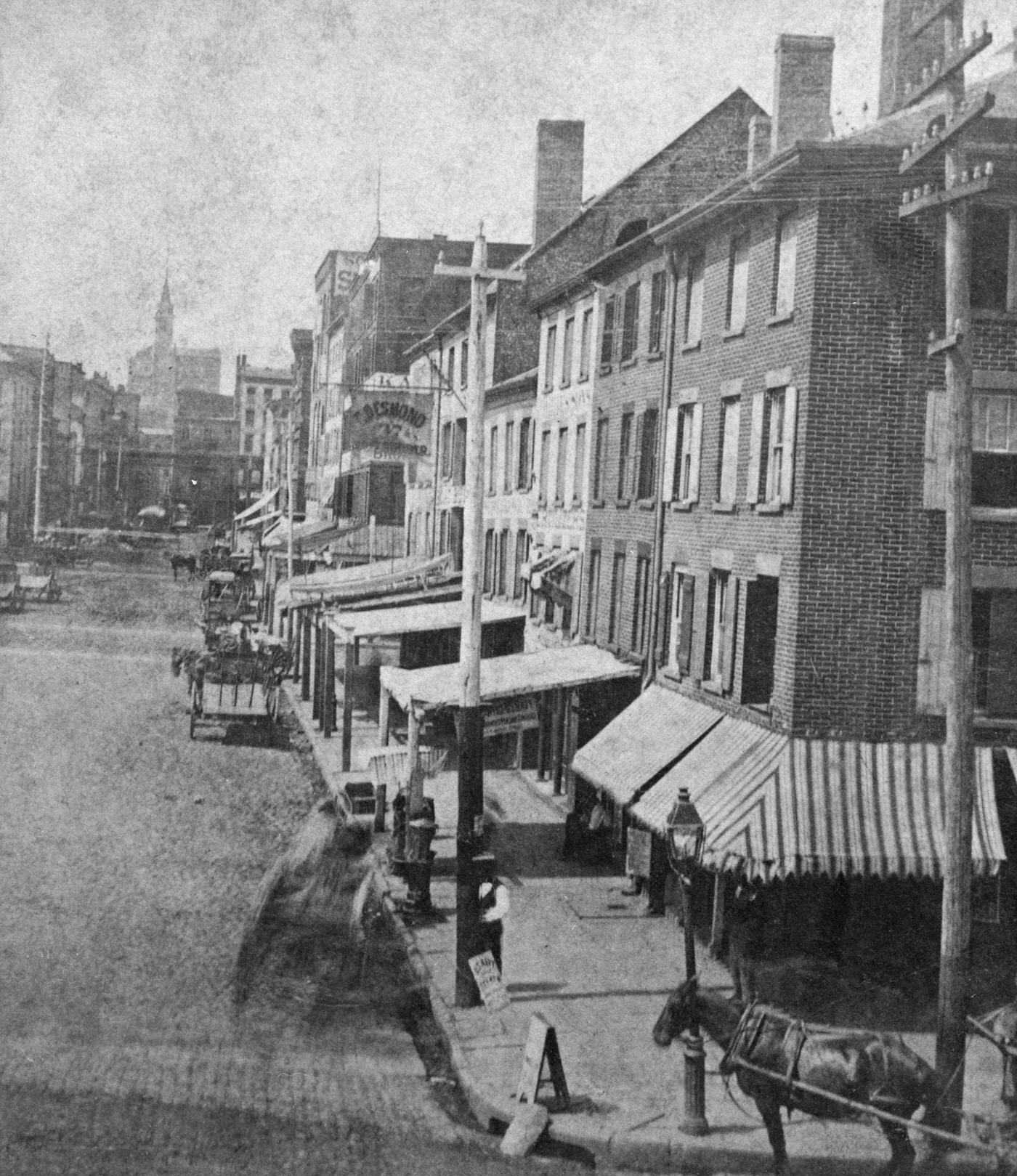
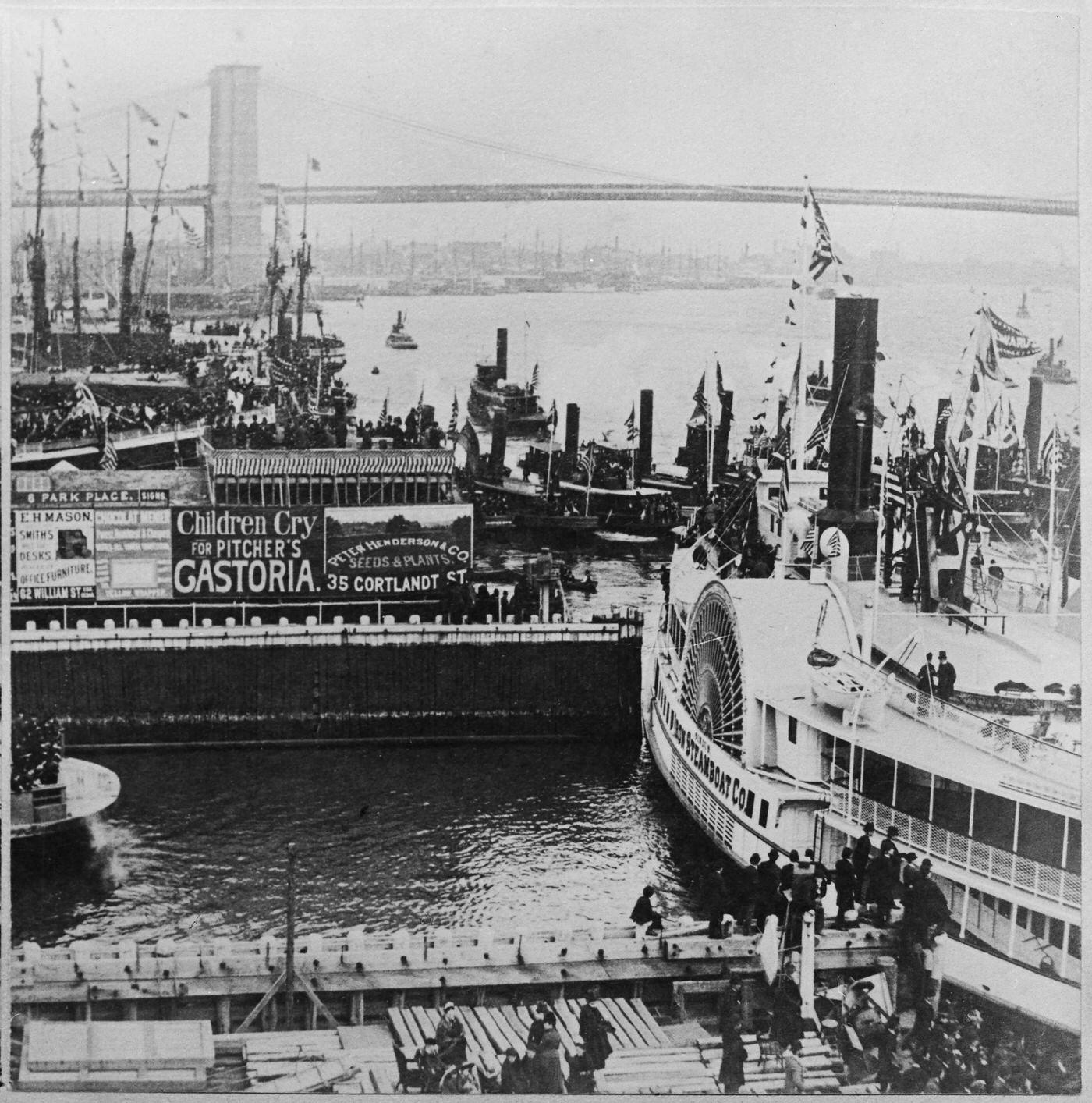
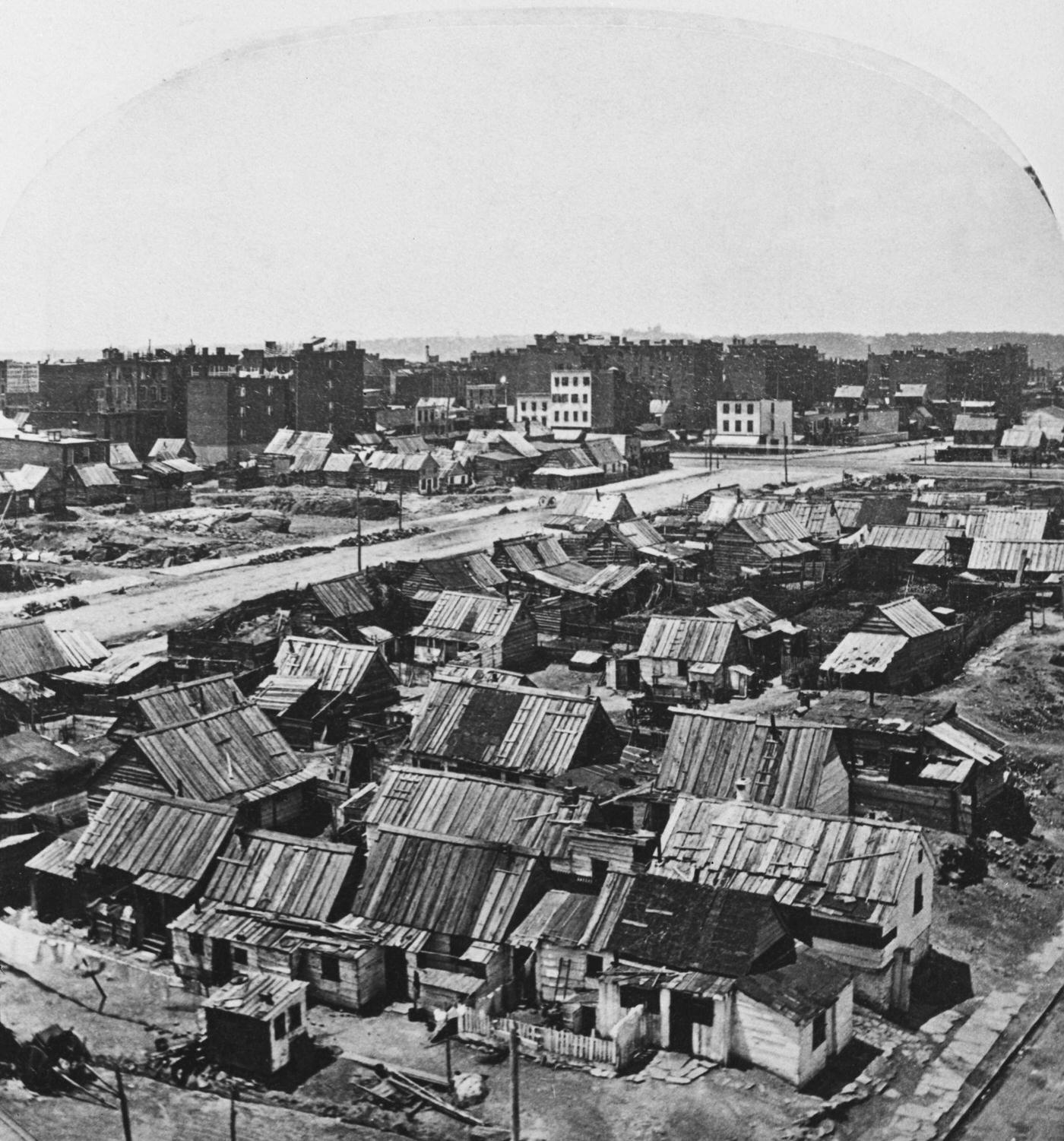
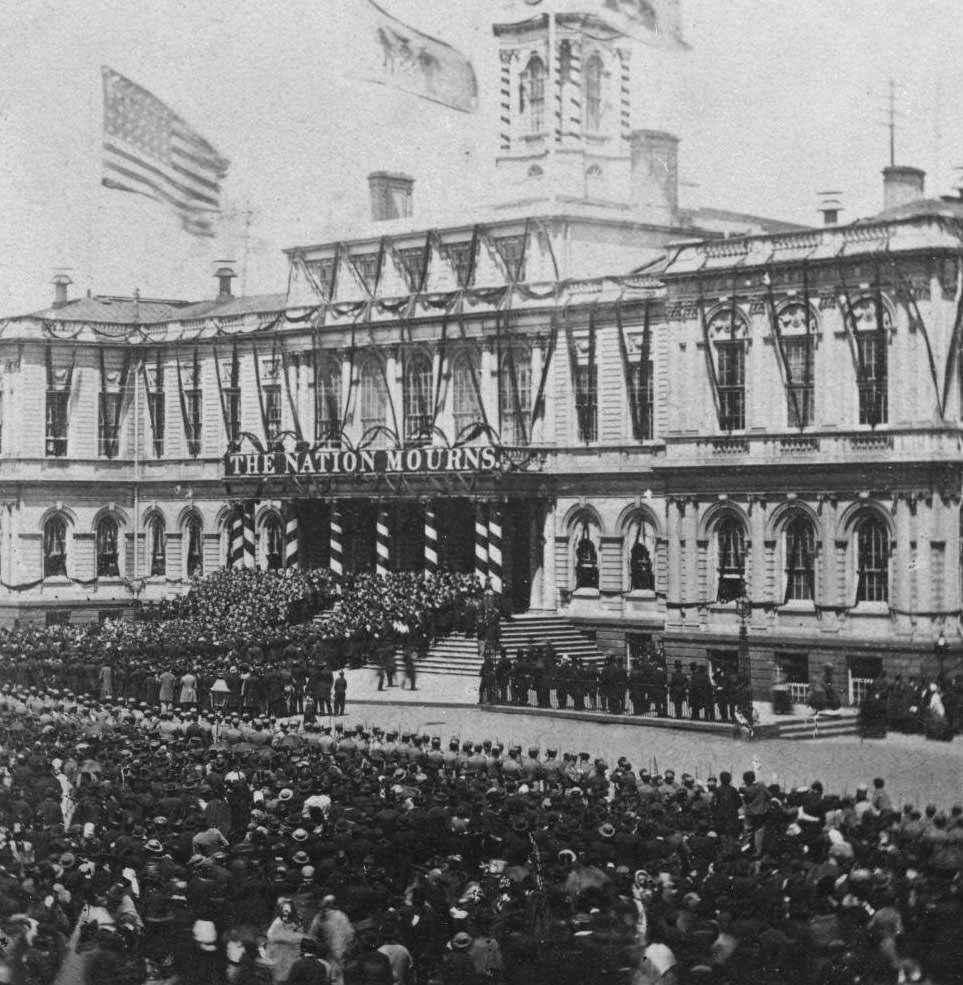
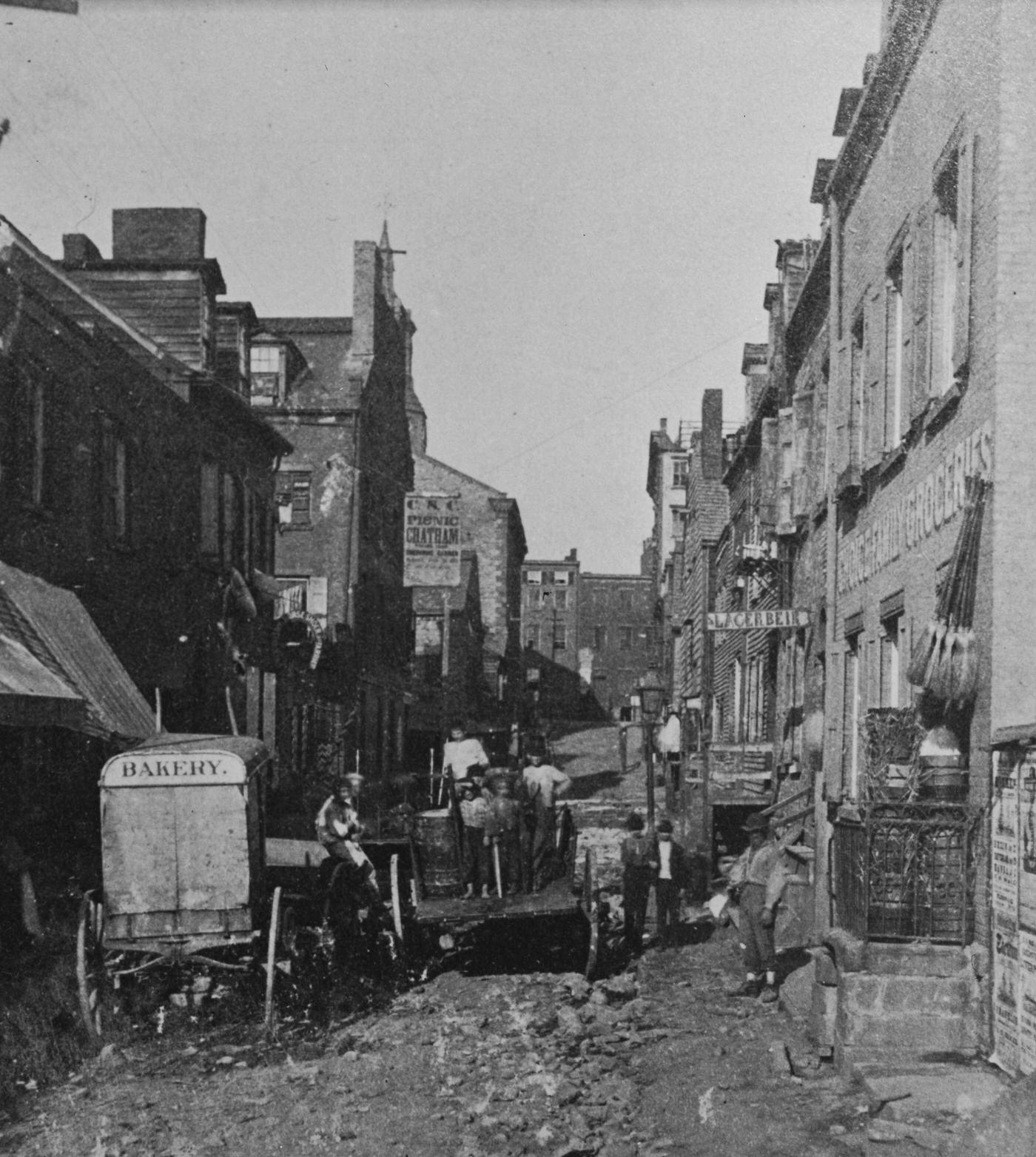

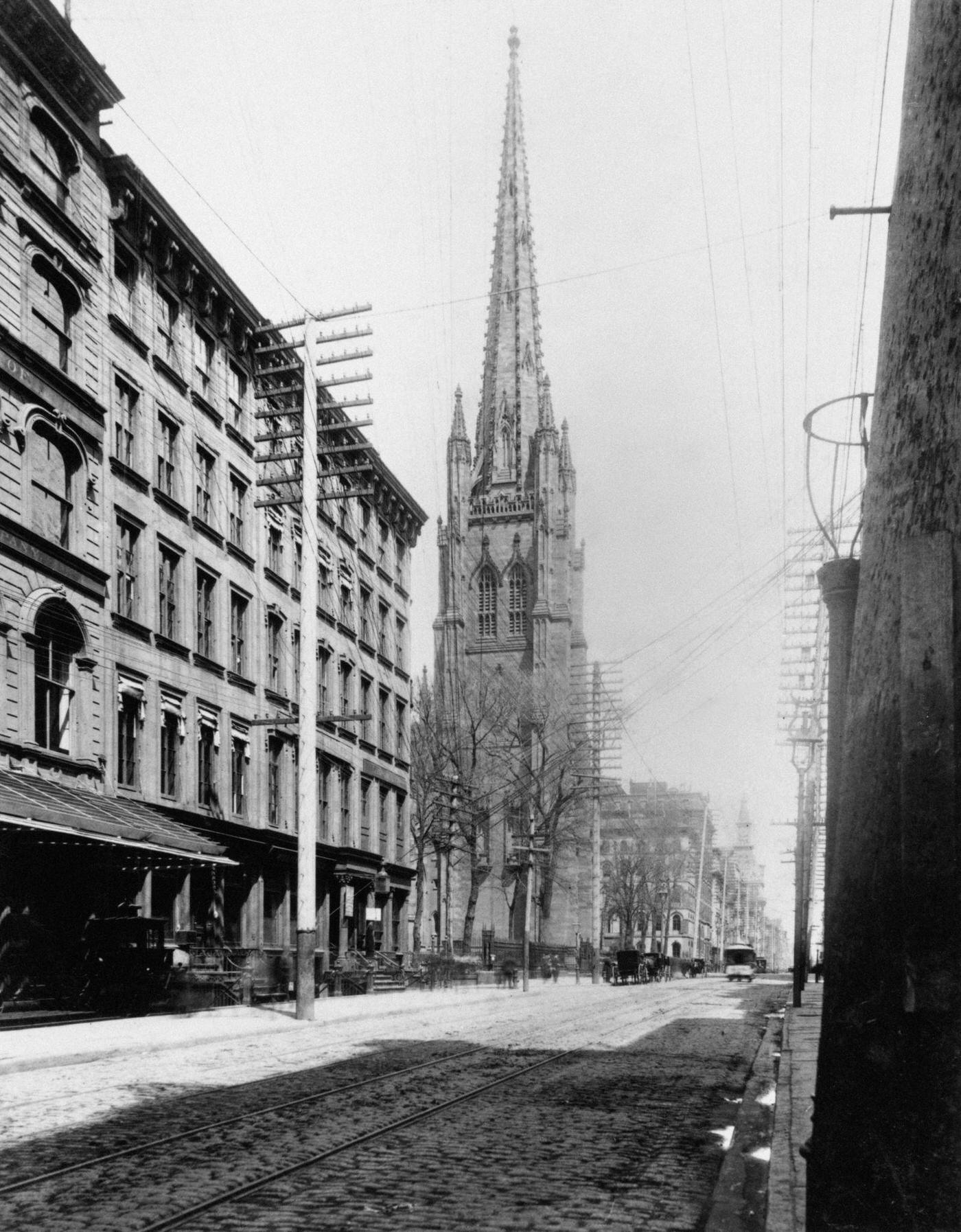
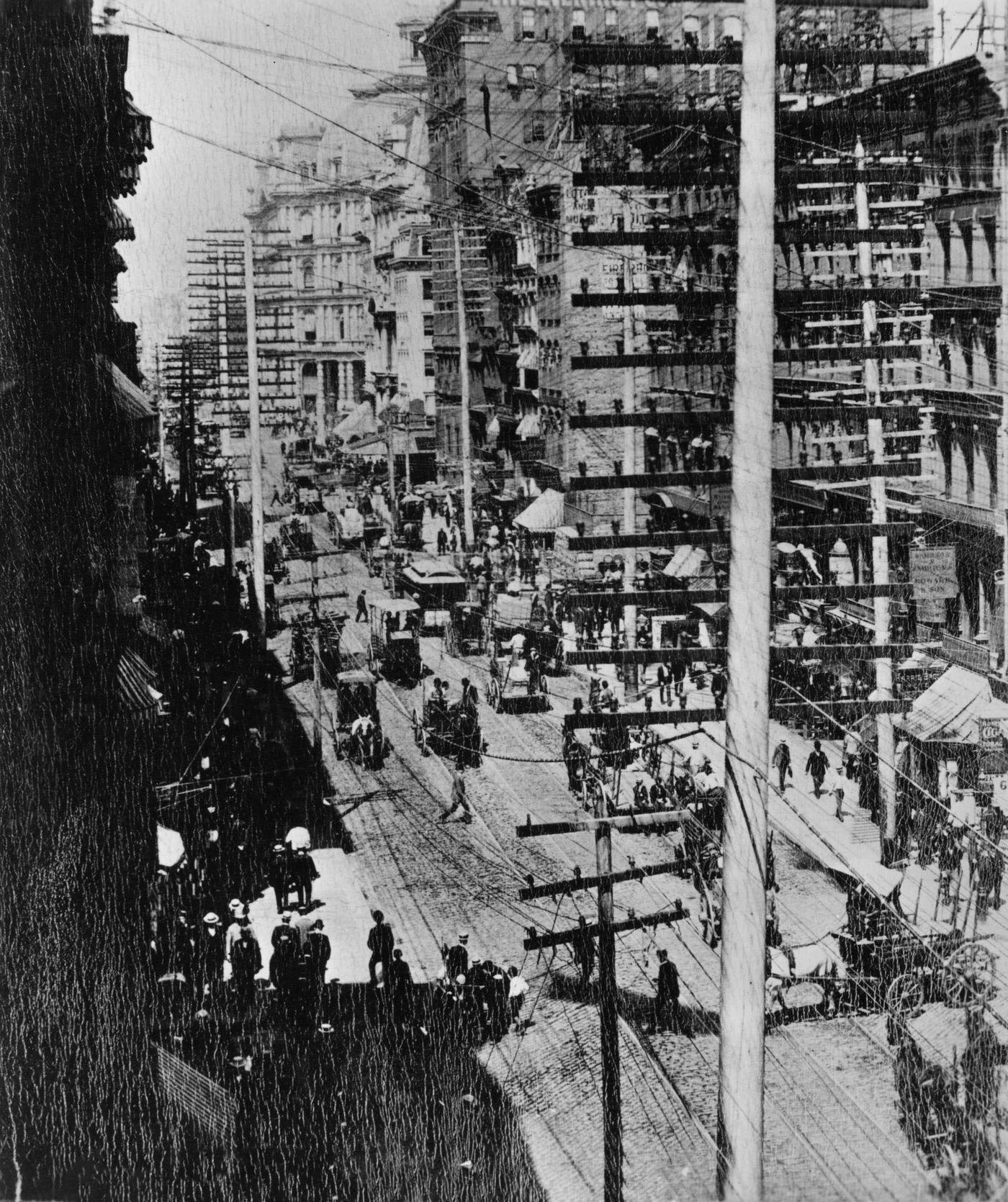
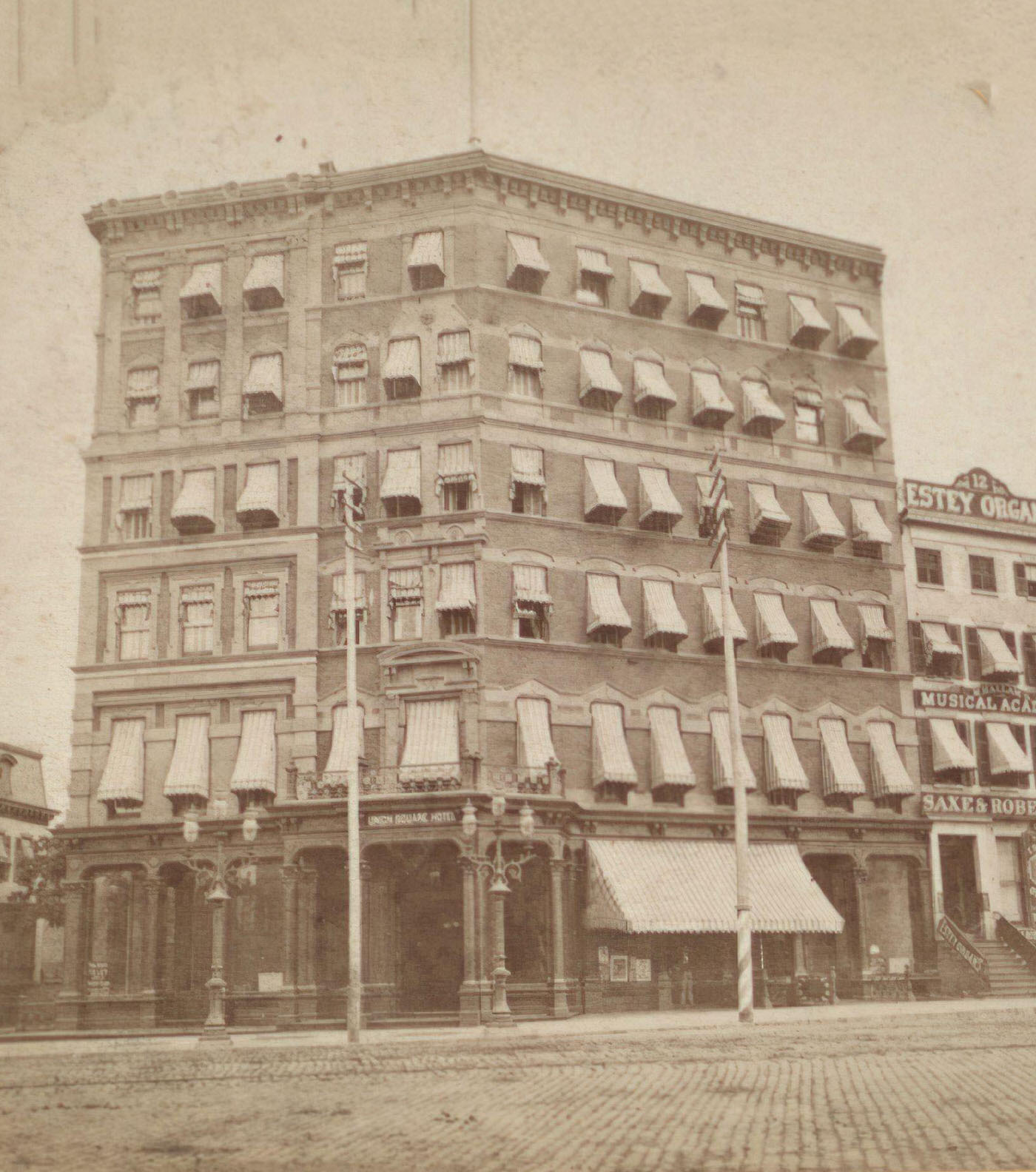
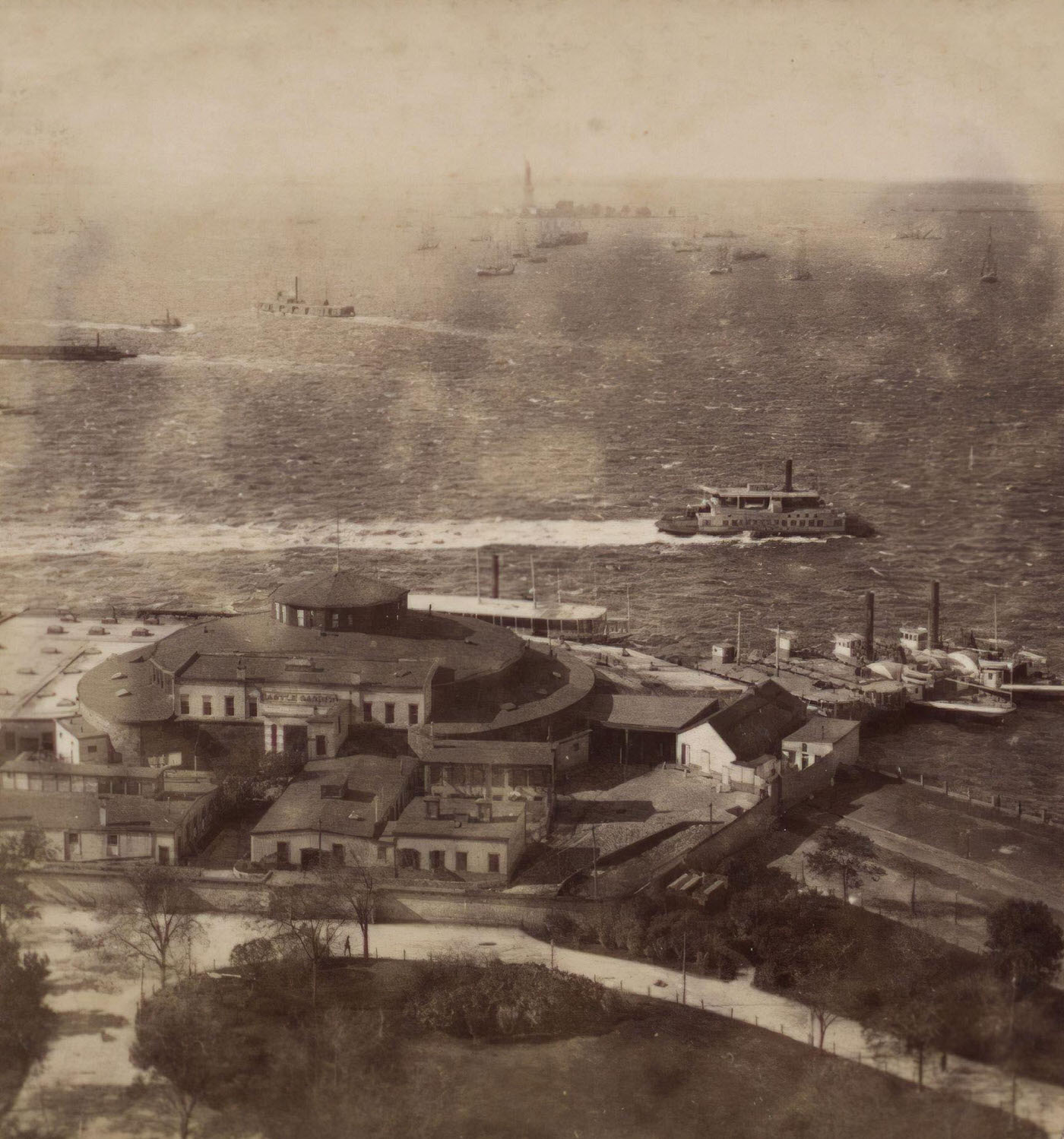
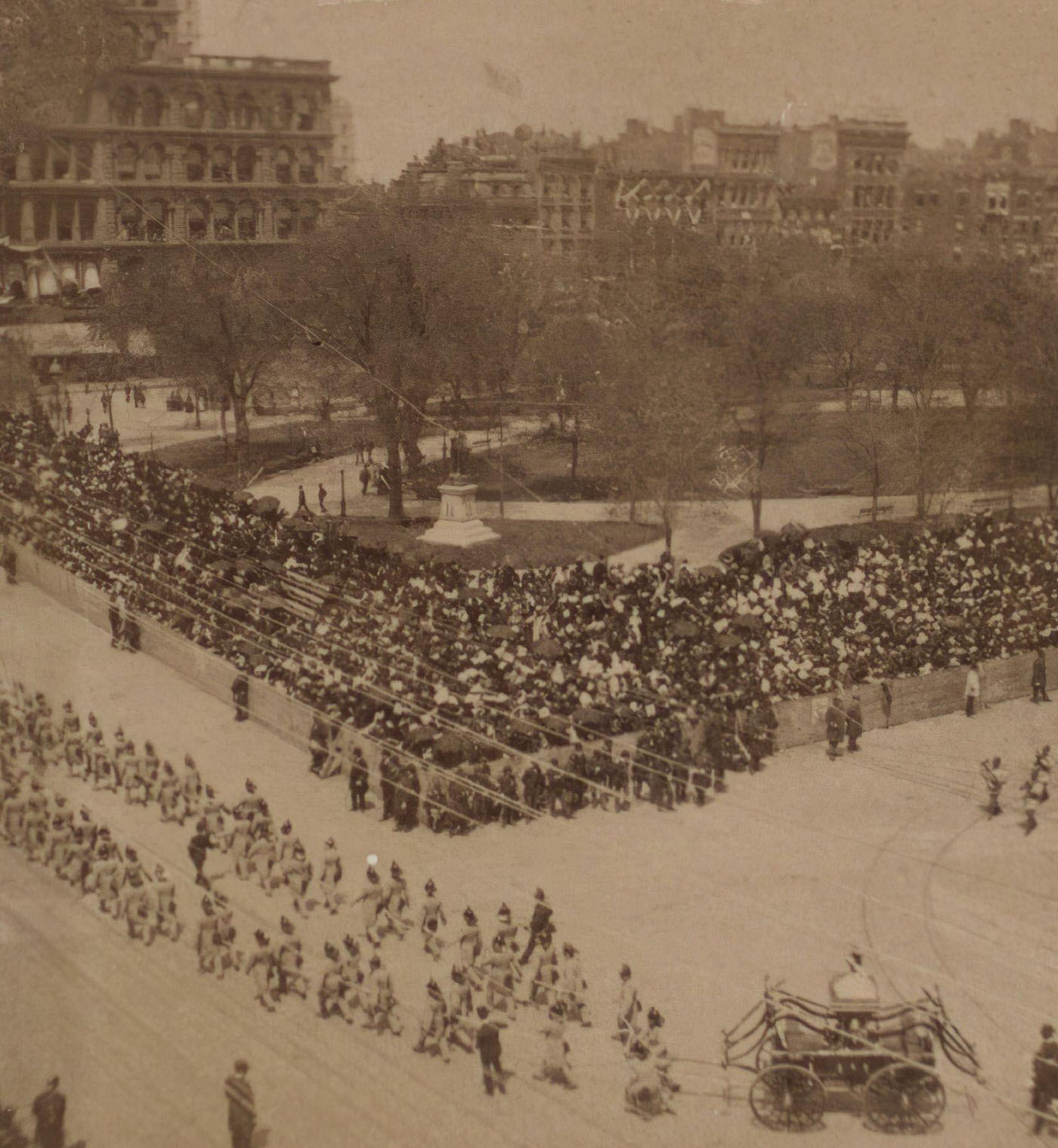

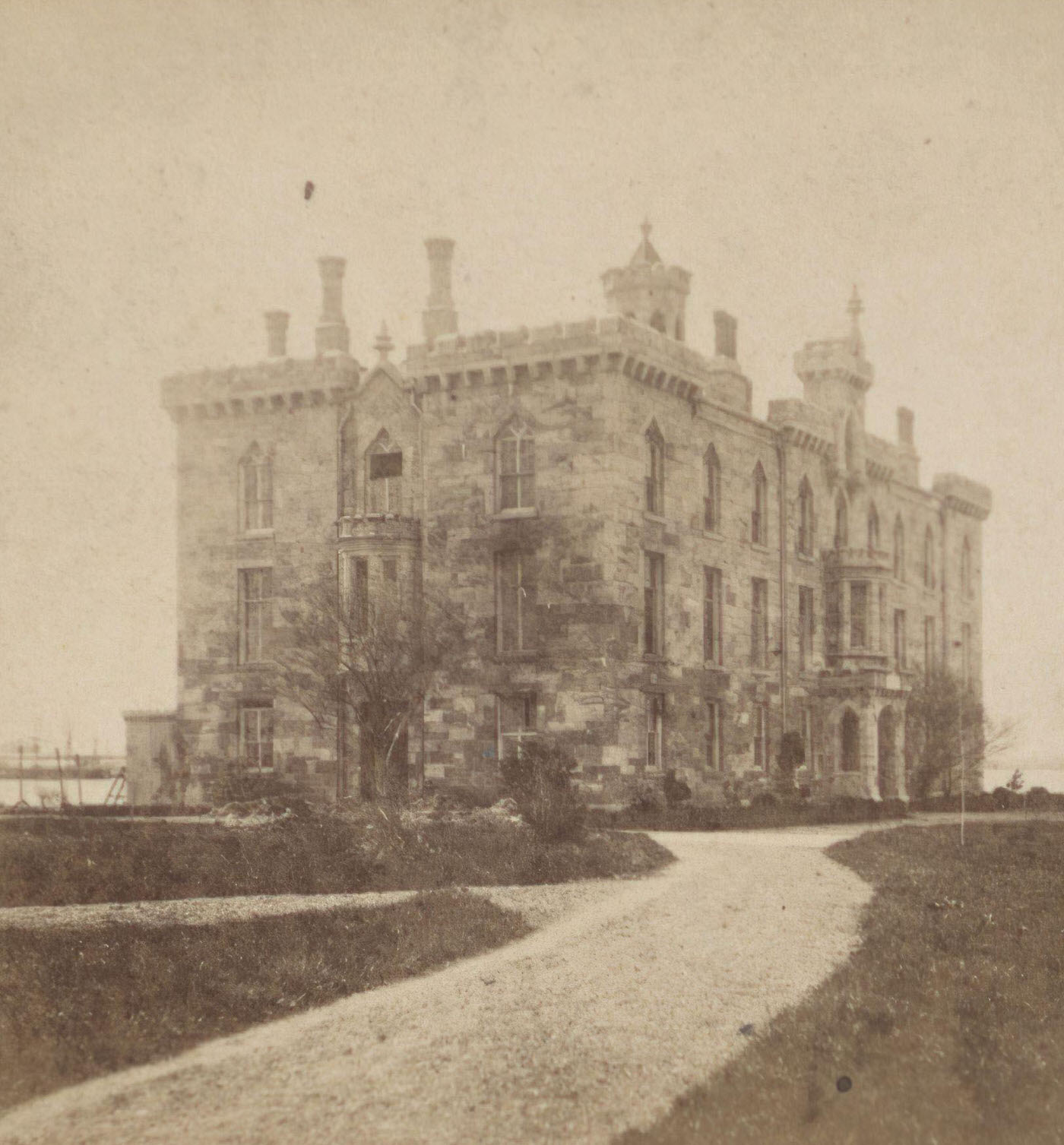
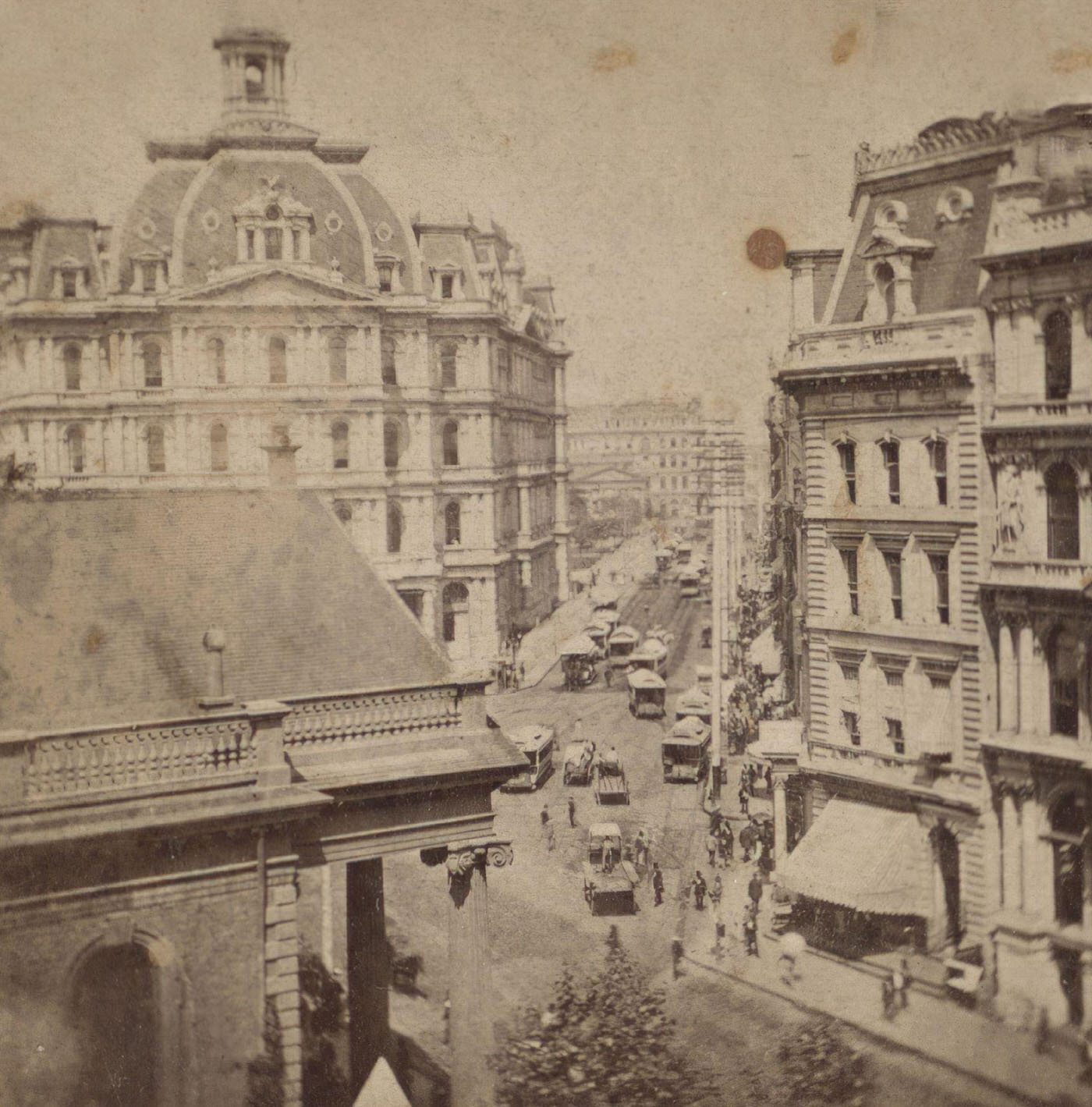
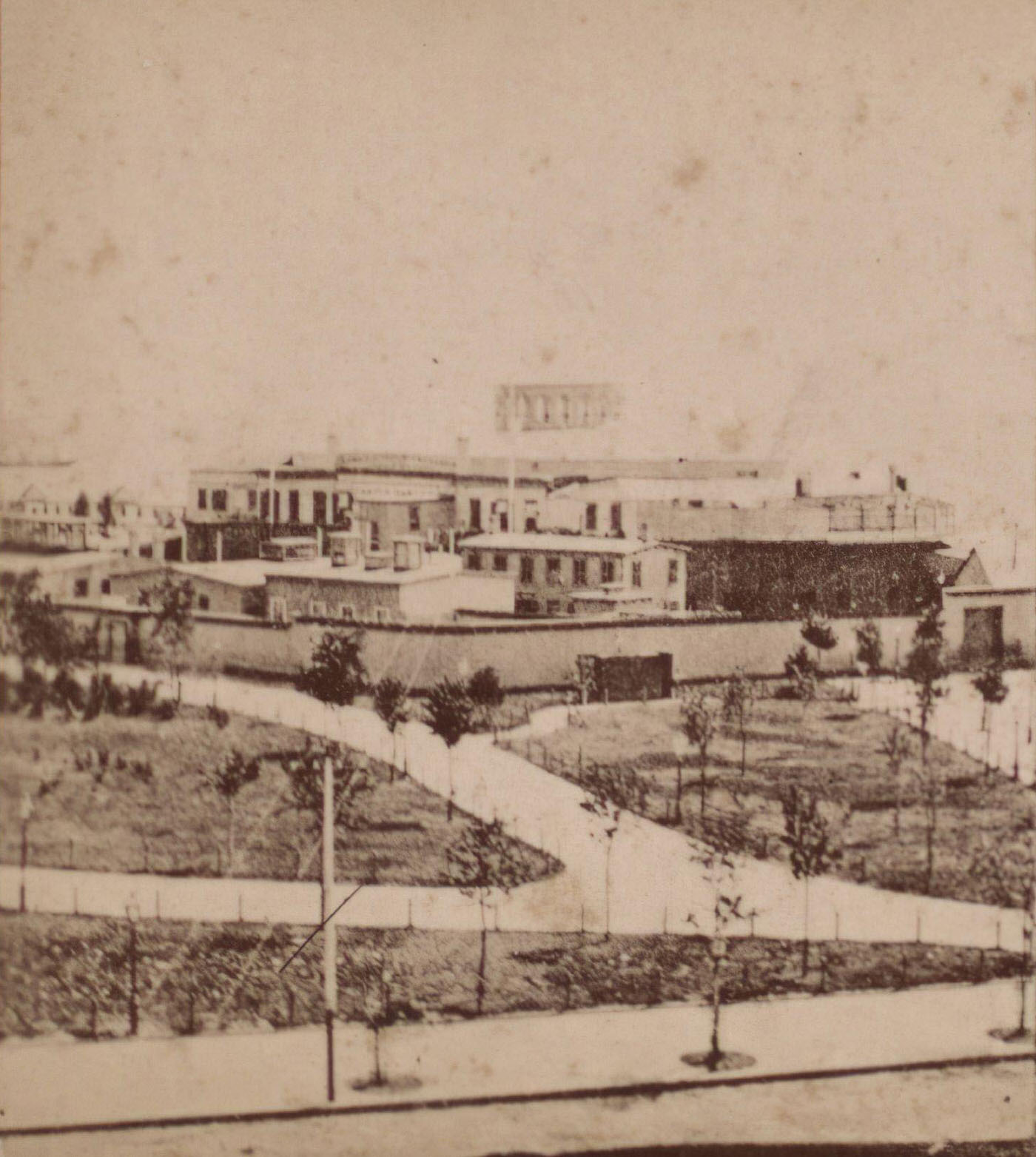
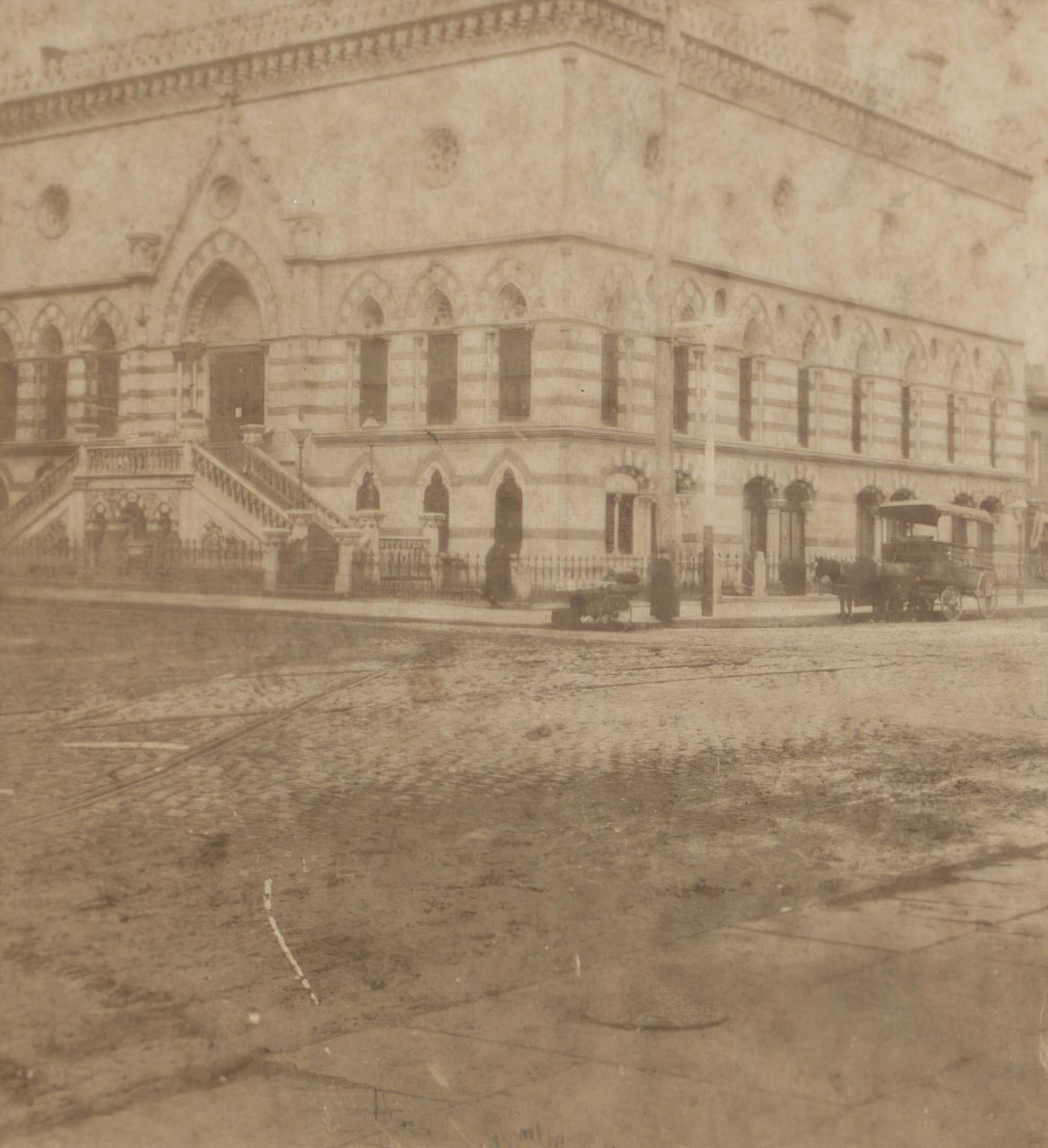
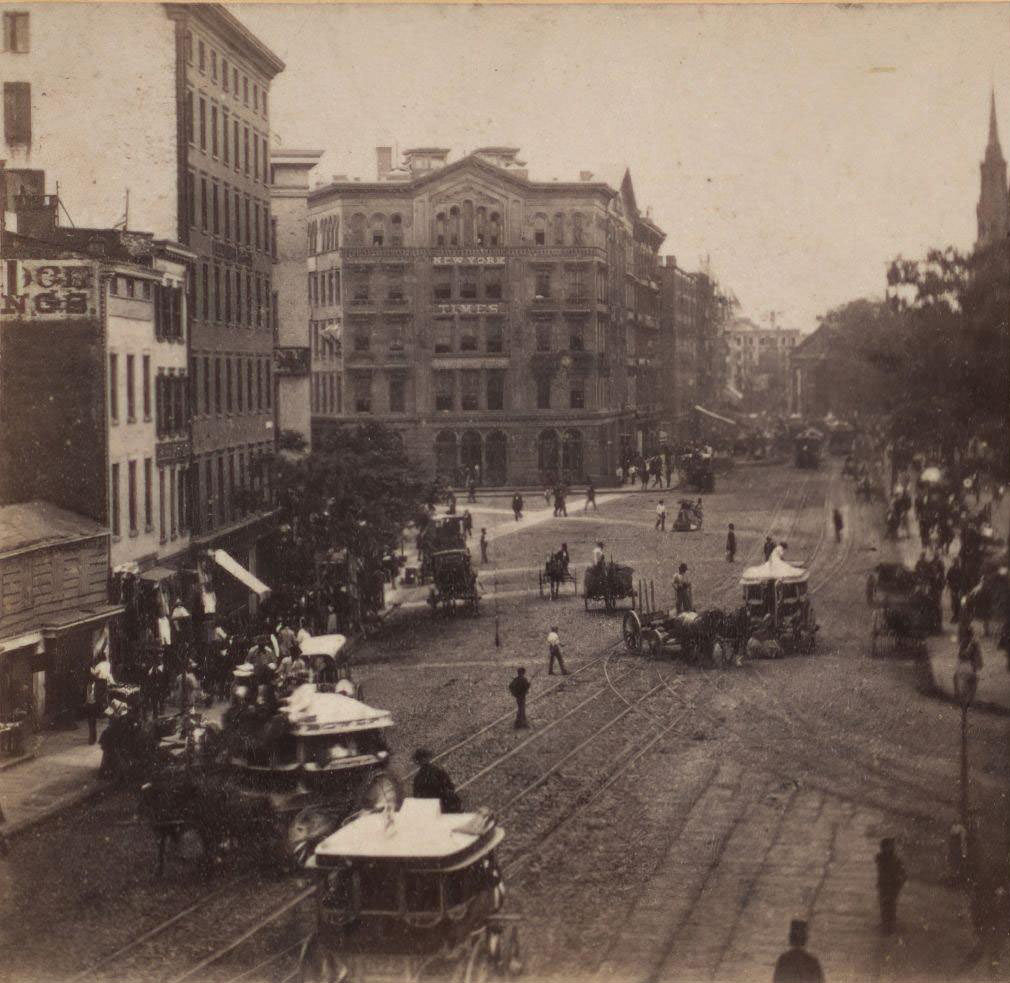
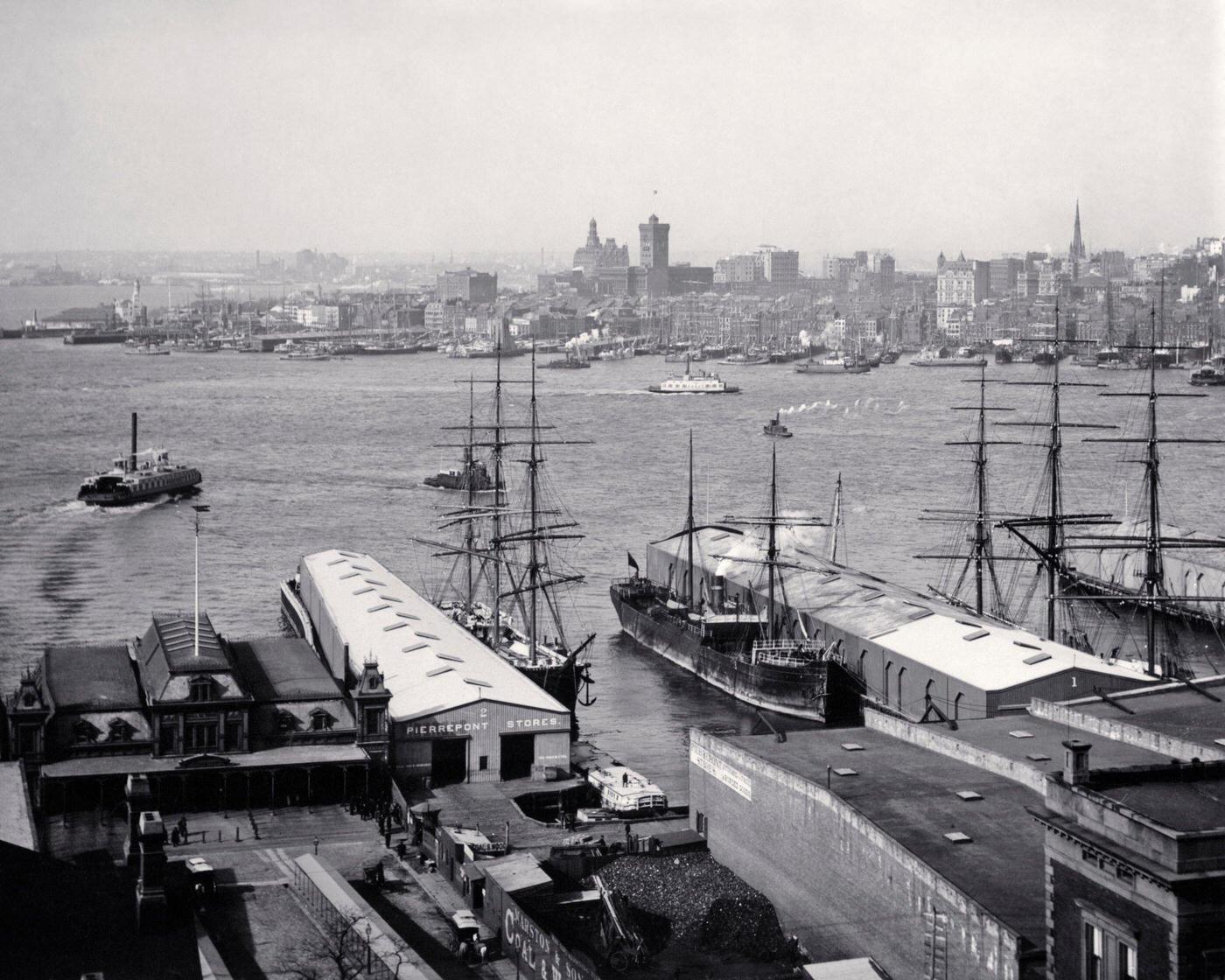
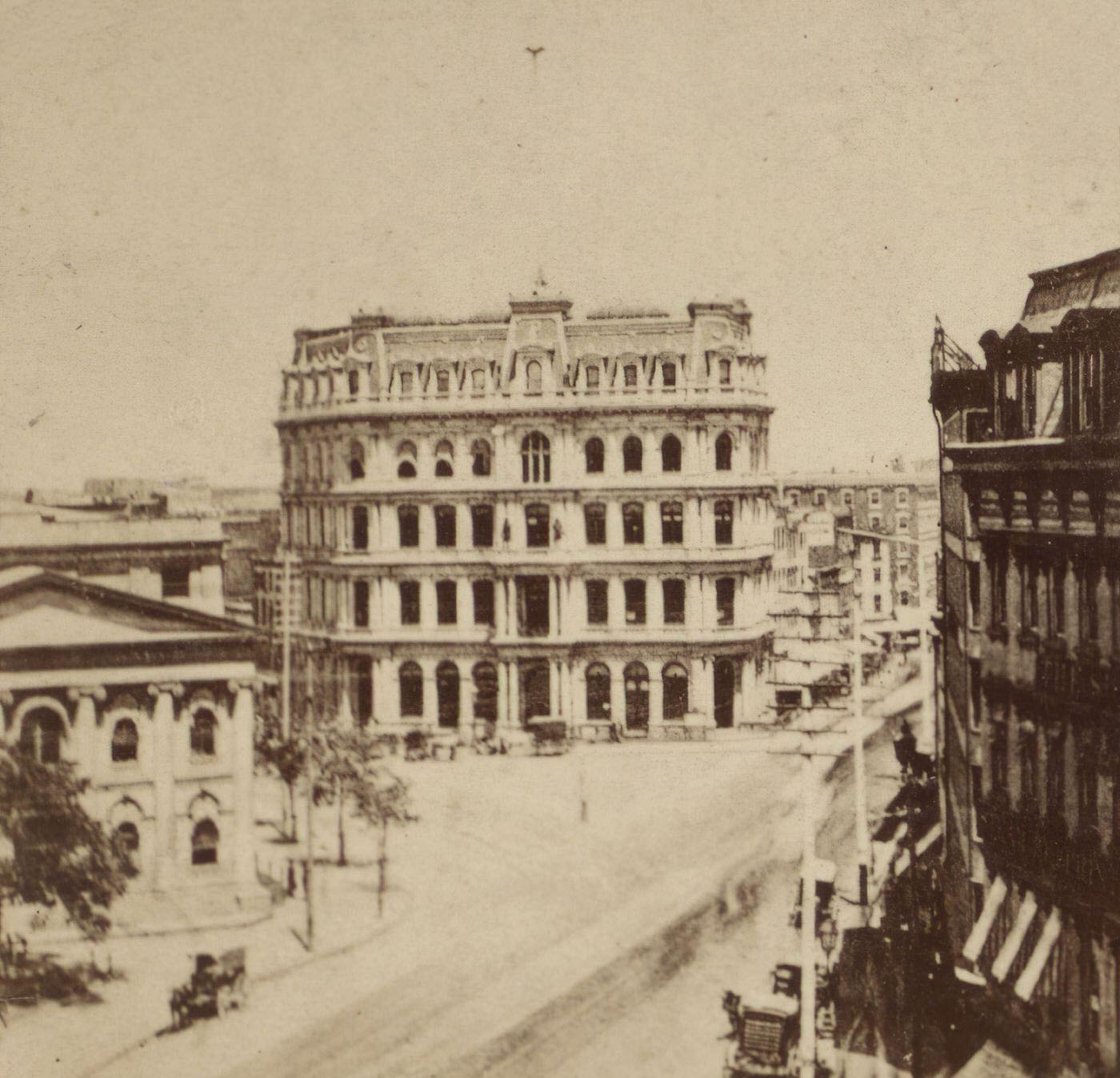
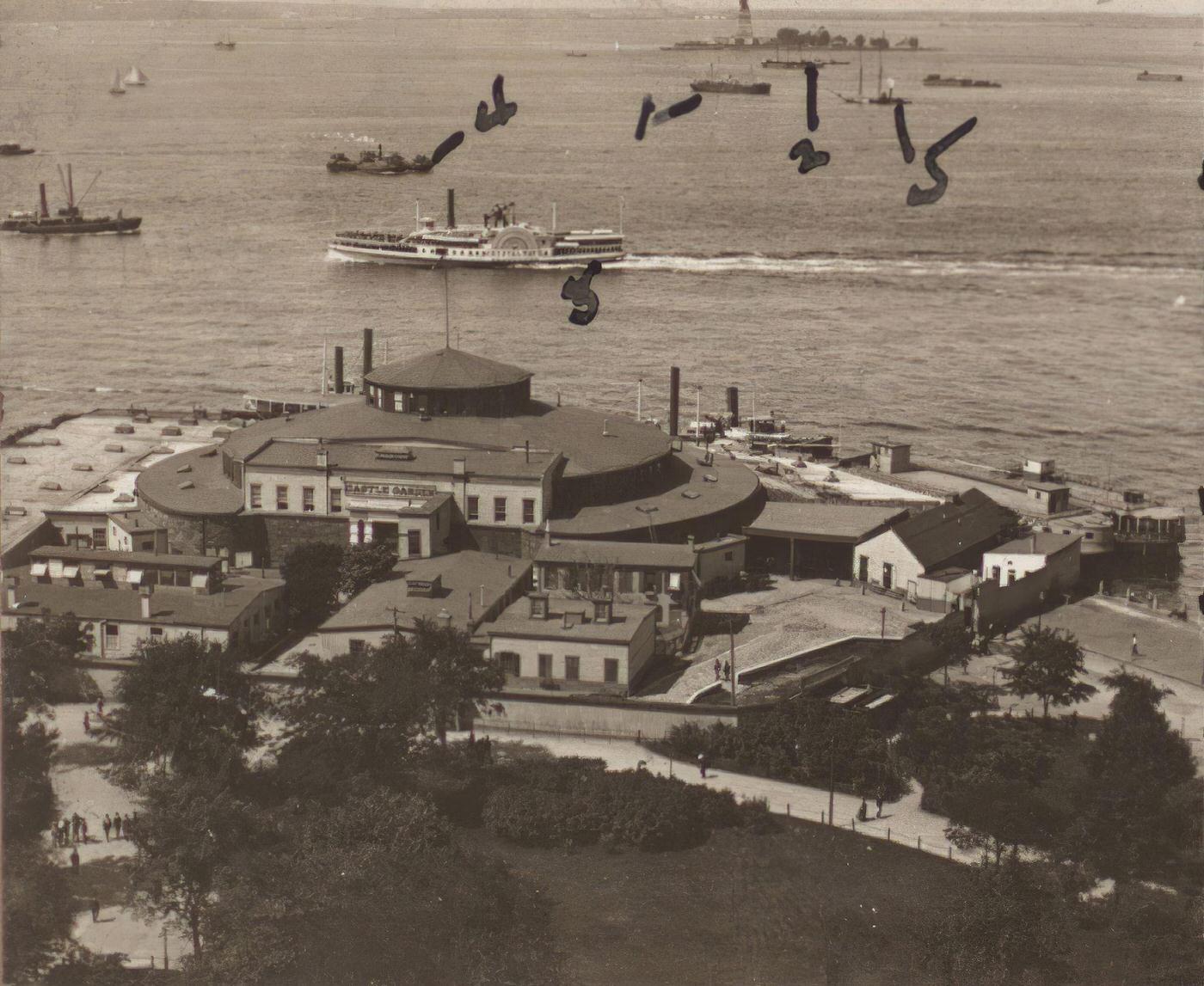
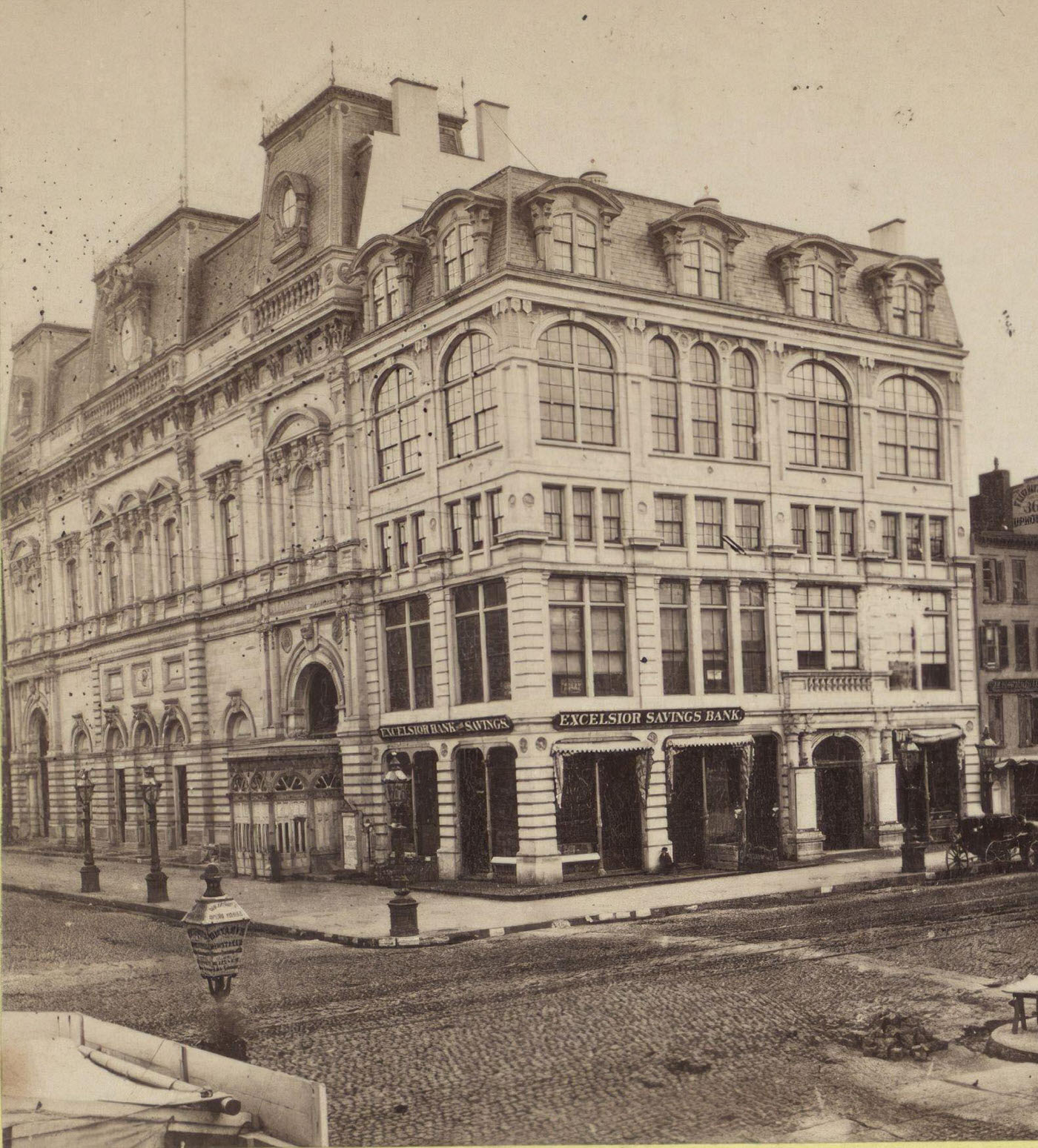
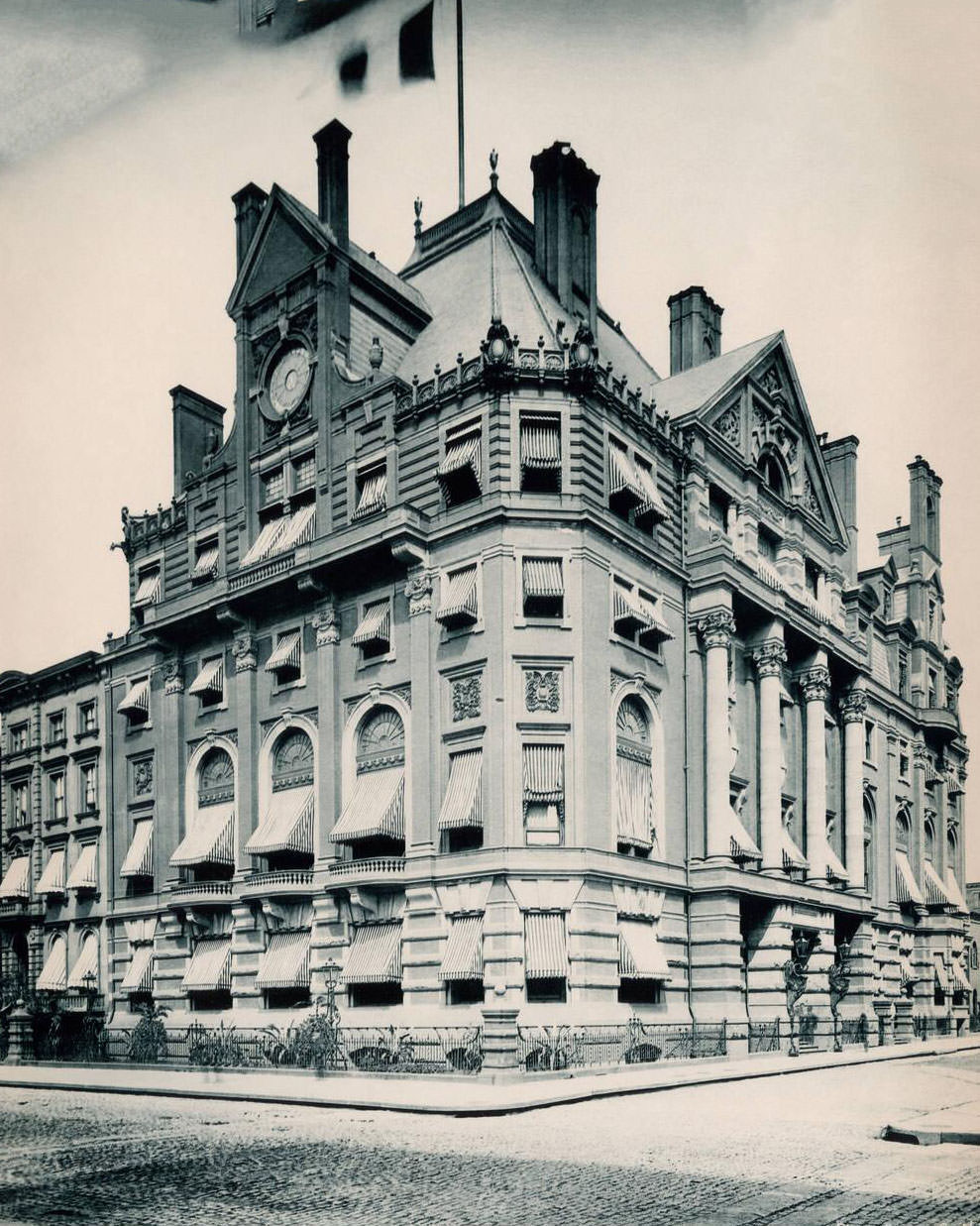

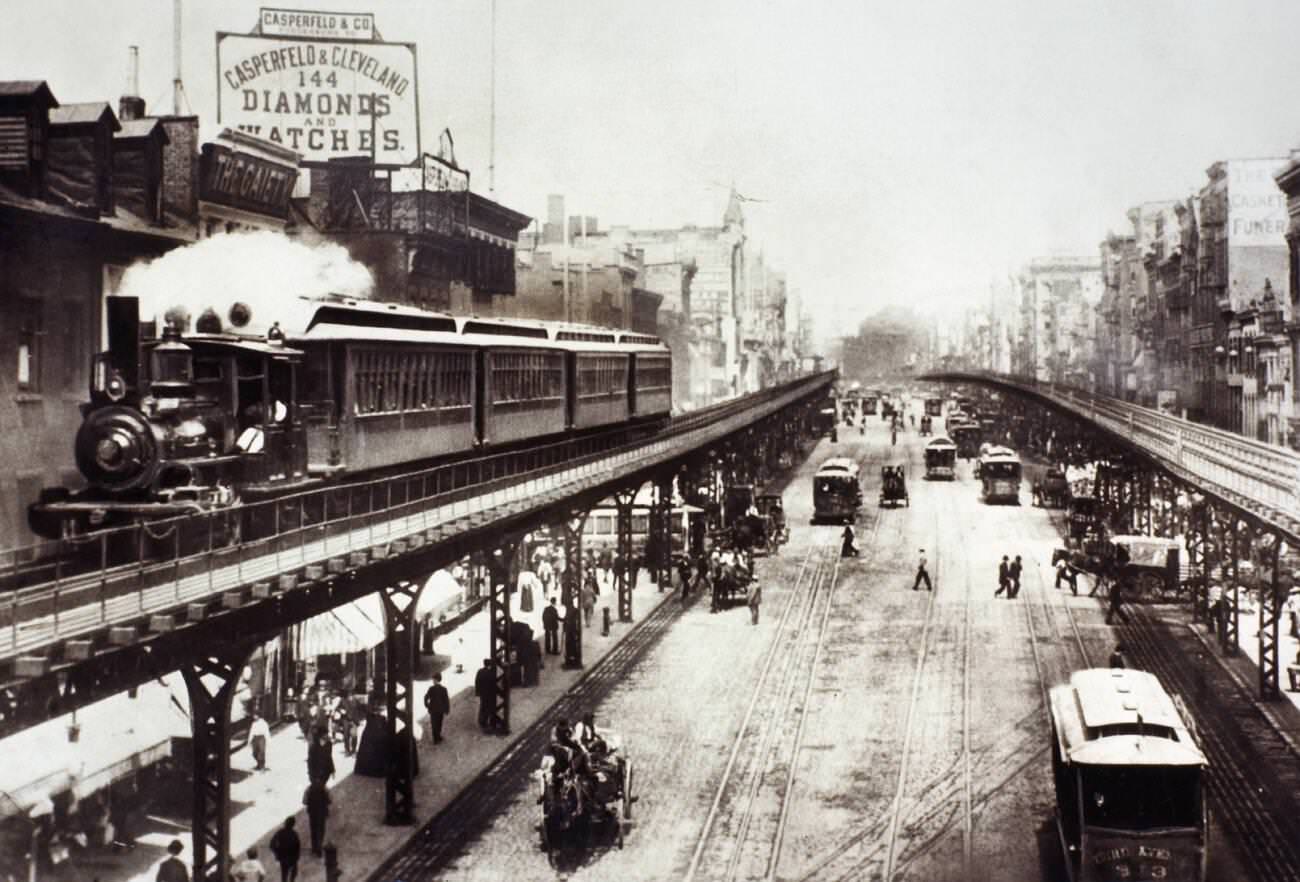
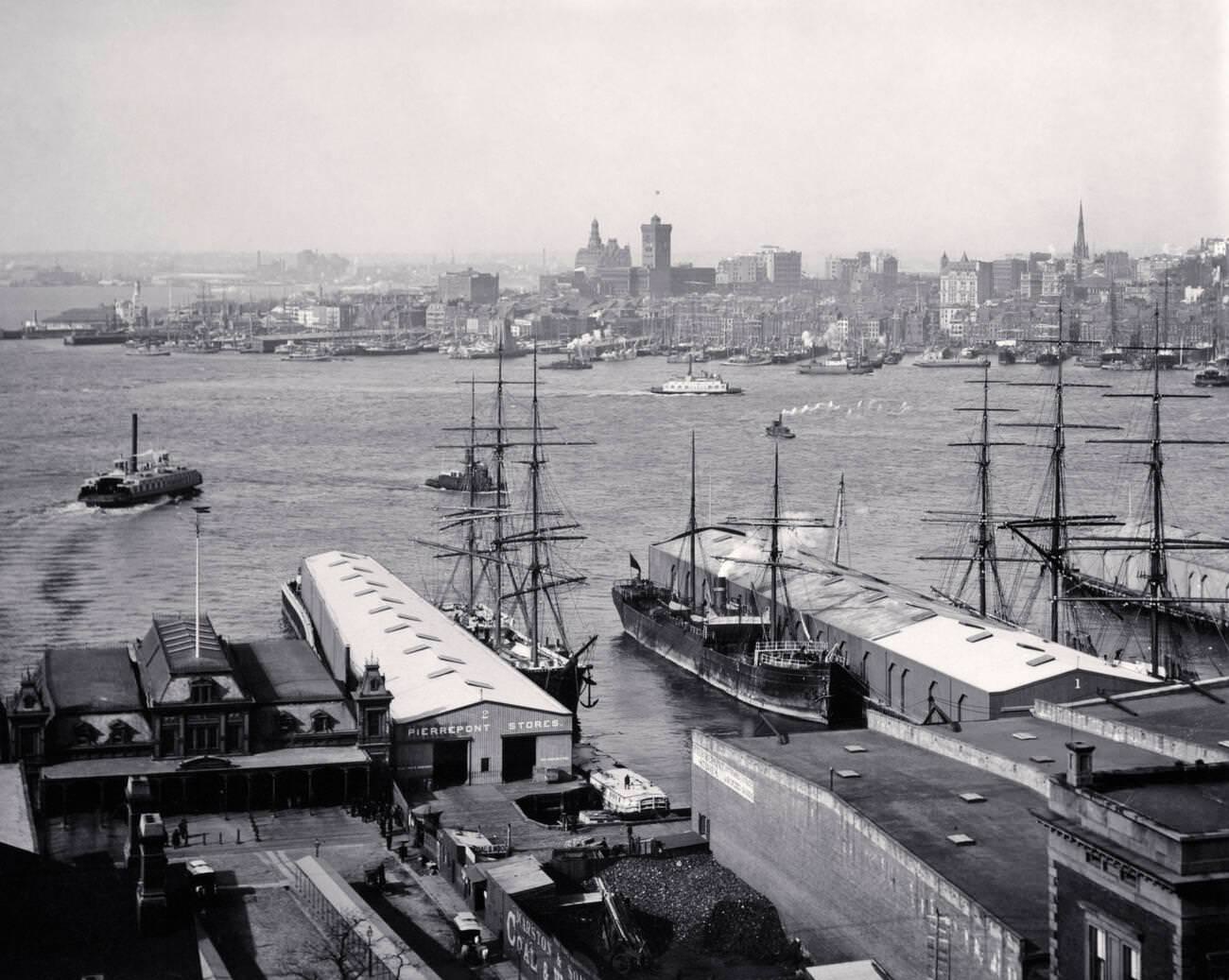
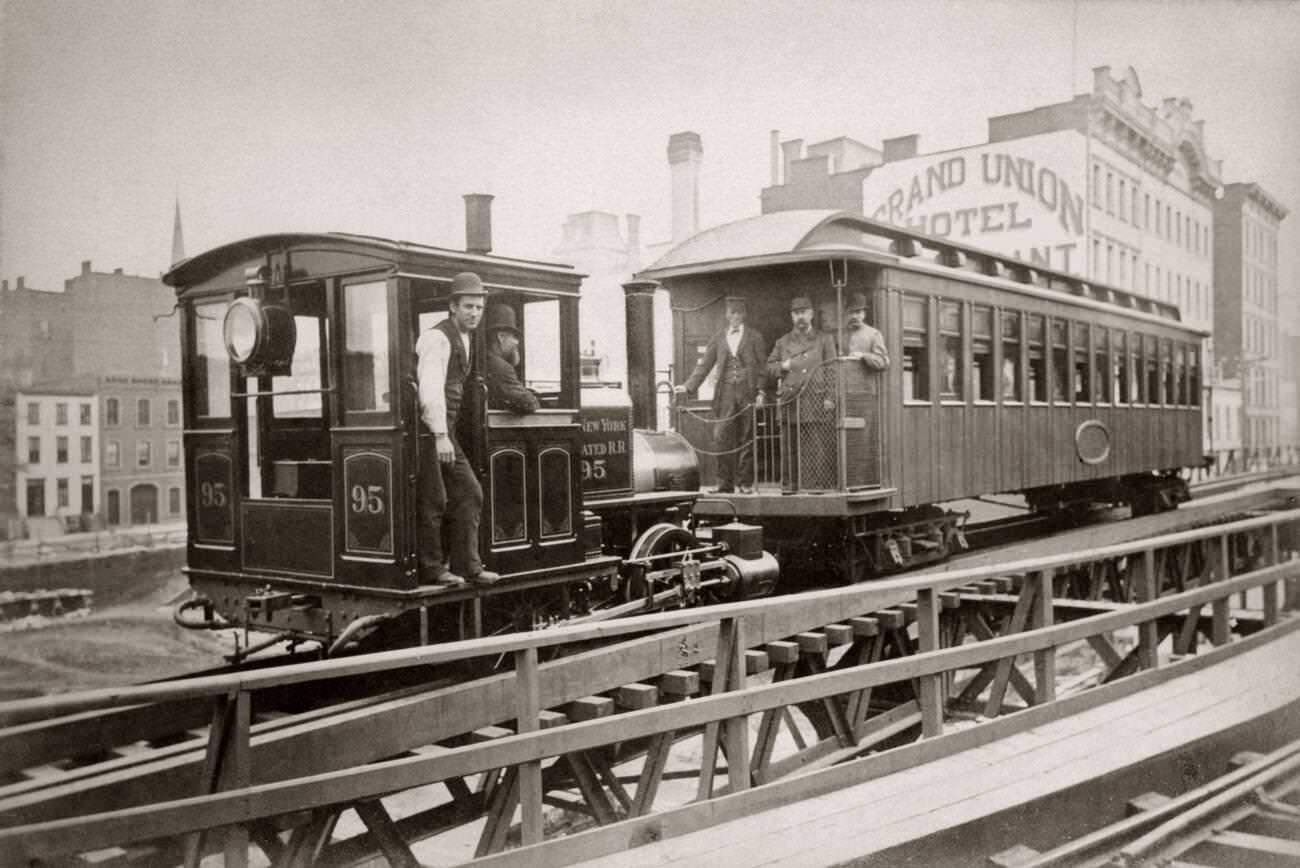
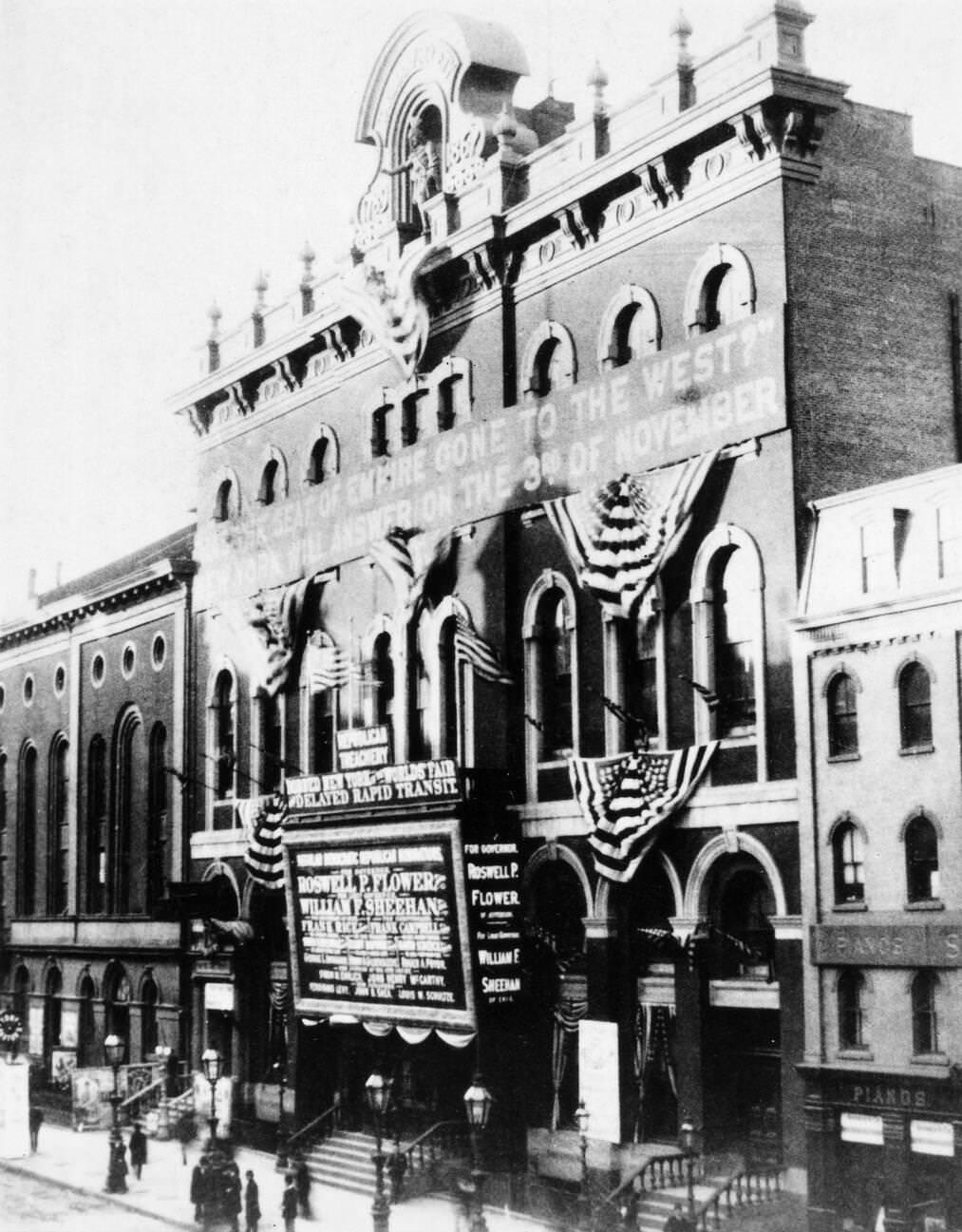
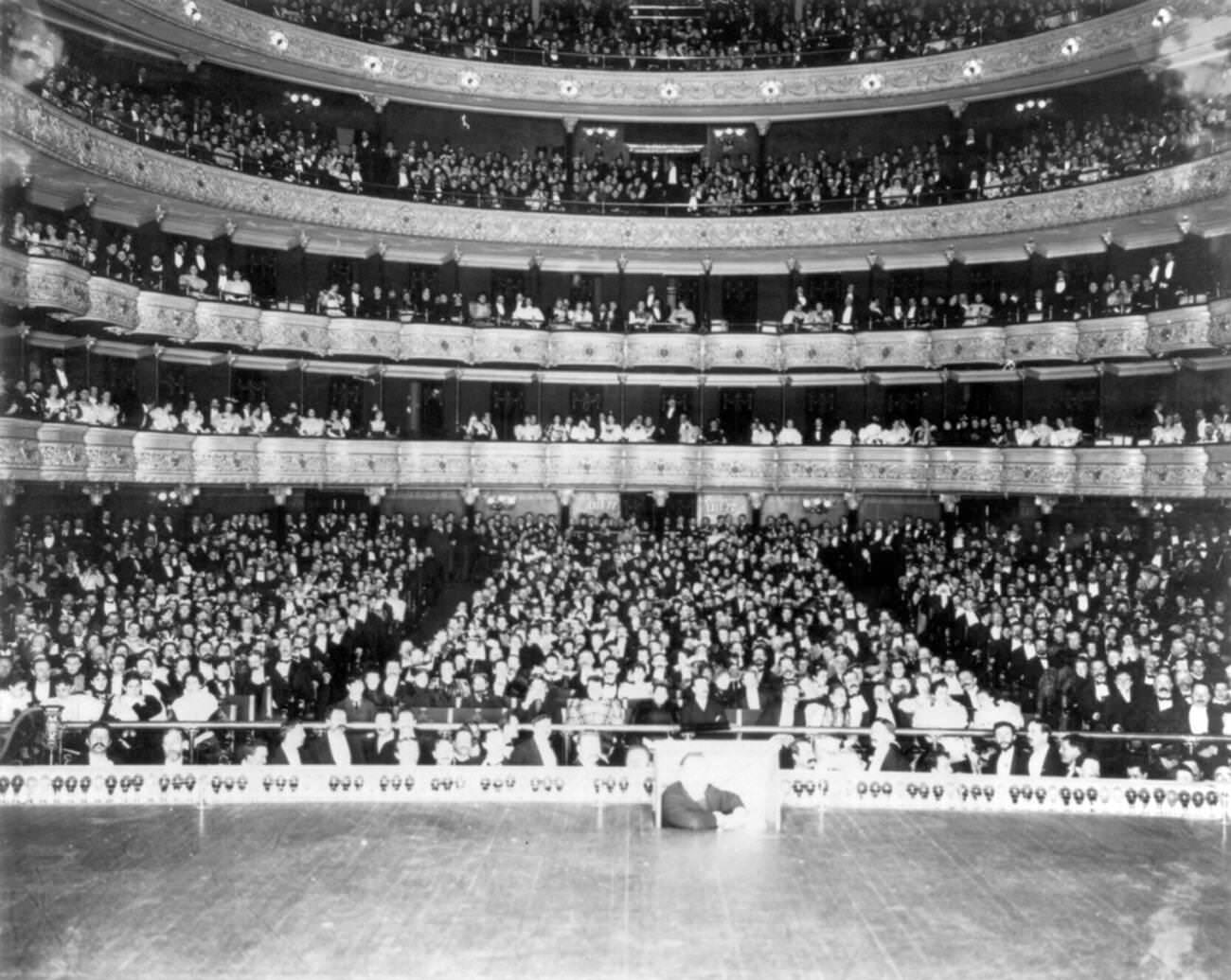

Thank you so much for putting these collections together. They’re just wonderful! I am looking for photos of the Waldorf Pound Cake Company which was located in the Bronx. Julius & Franz Glum were the owners.
Thanks again,
Lori
We’re glad you enjoyed it! We’ve added your requested photos to the list, and we’ll try to publish them in the future